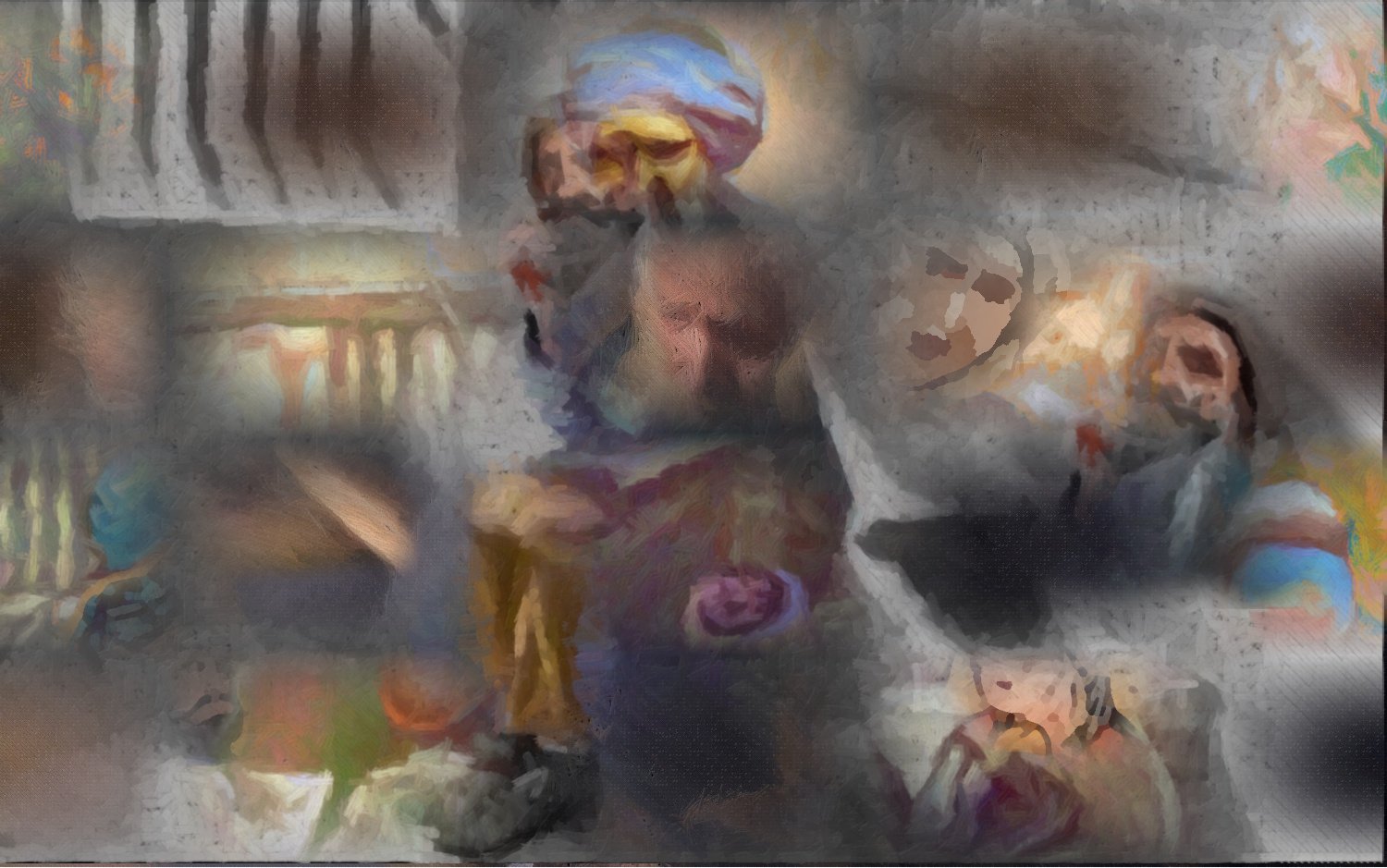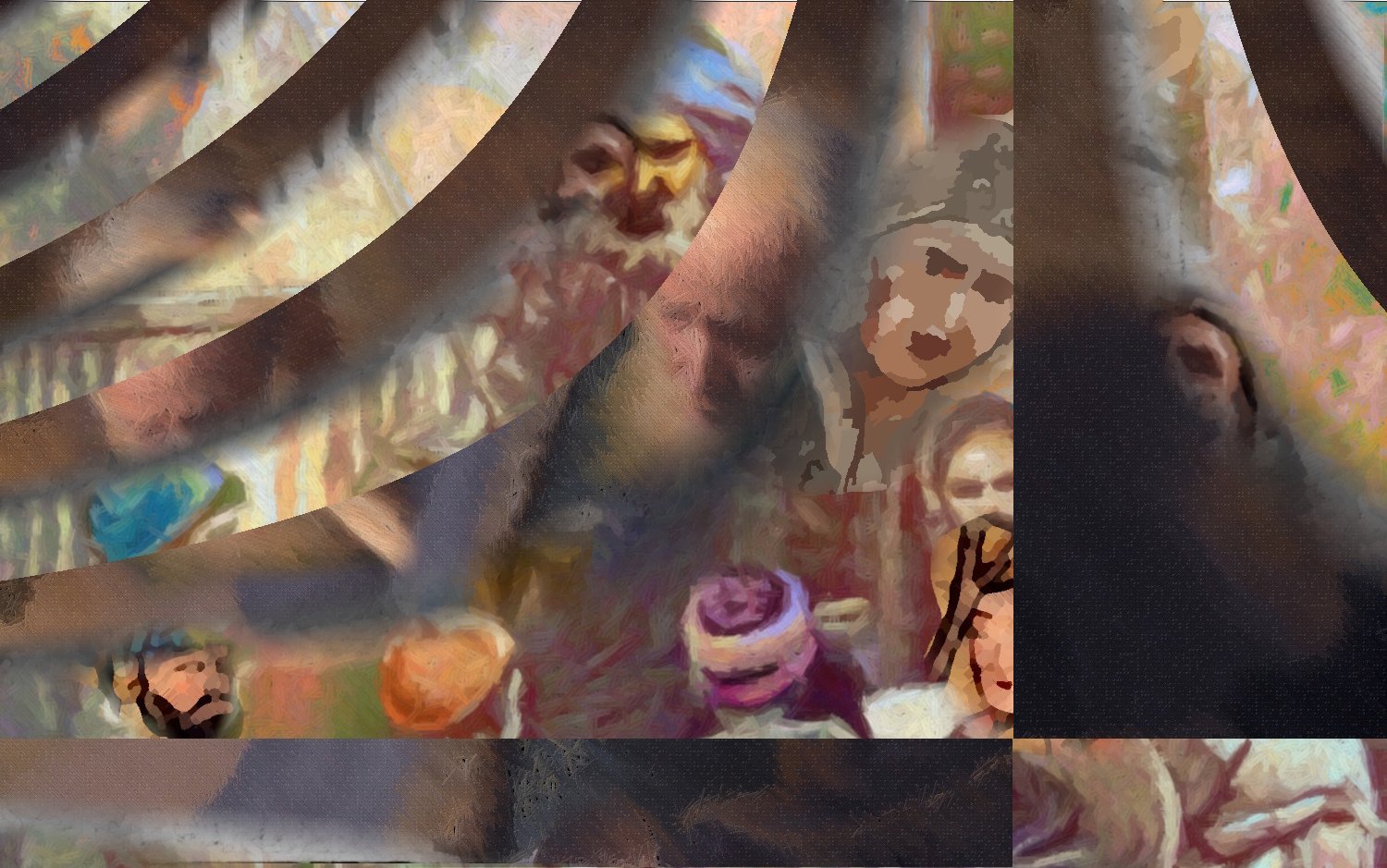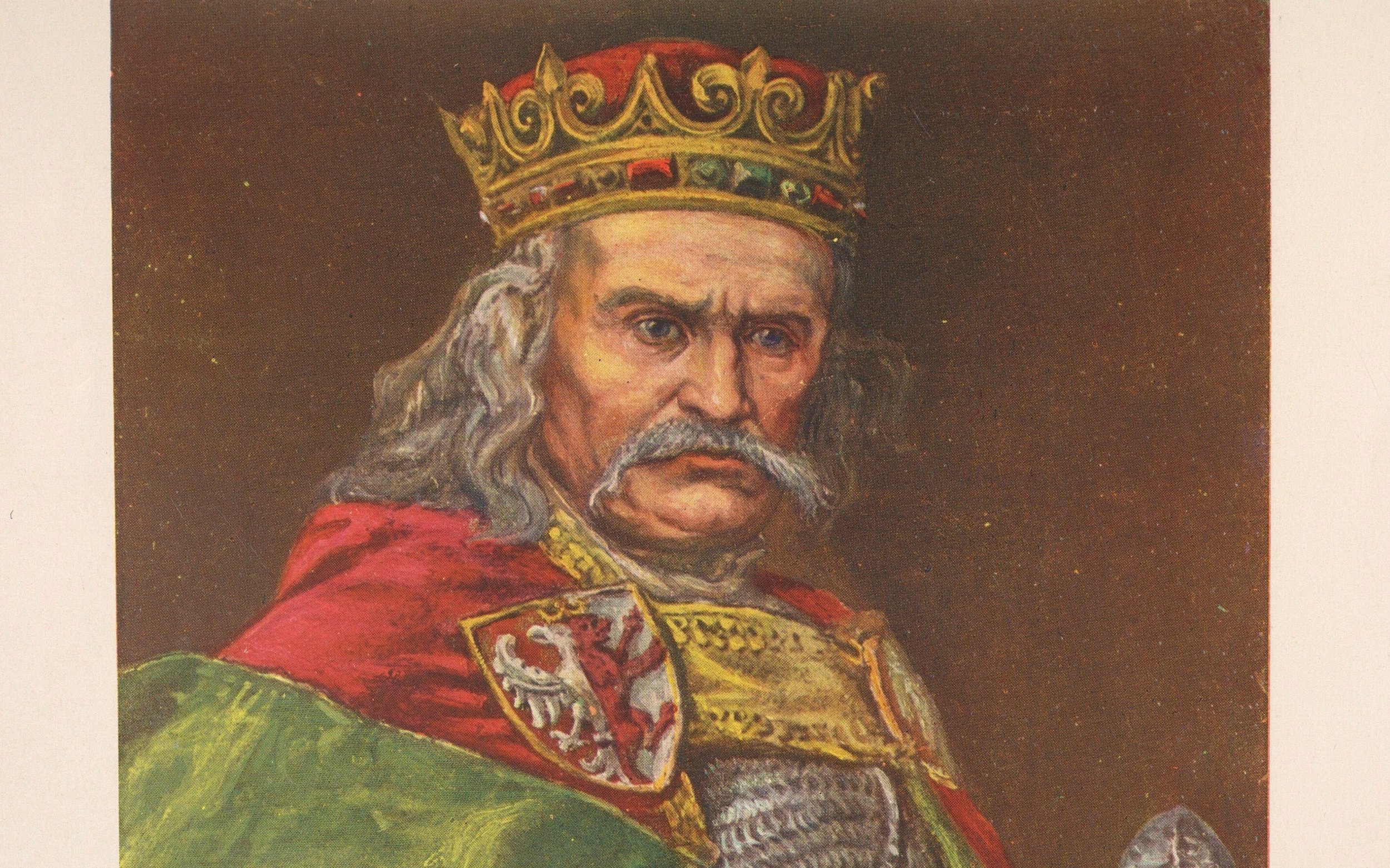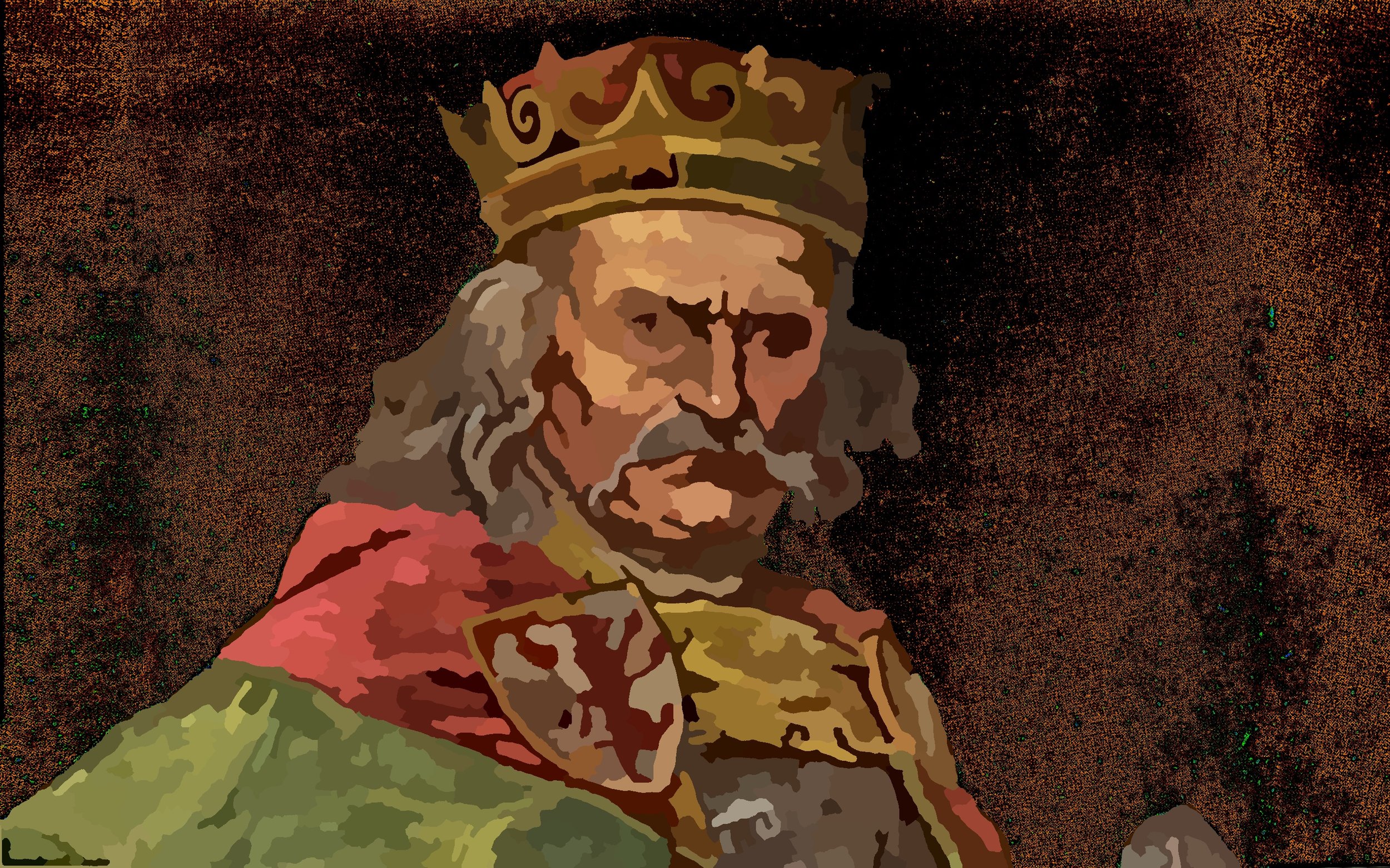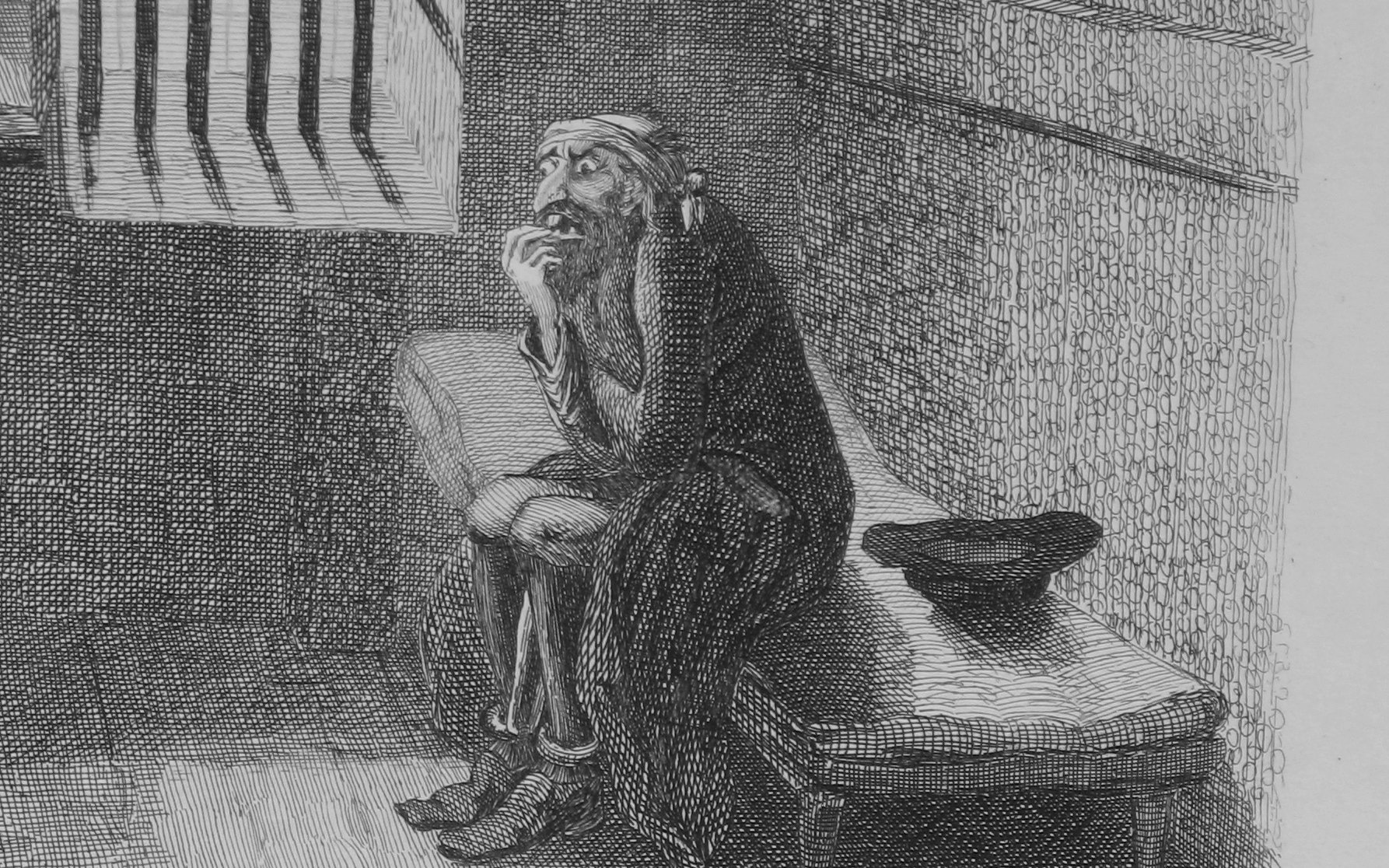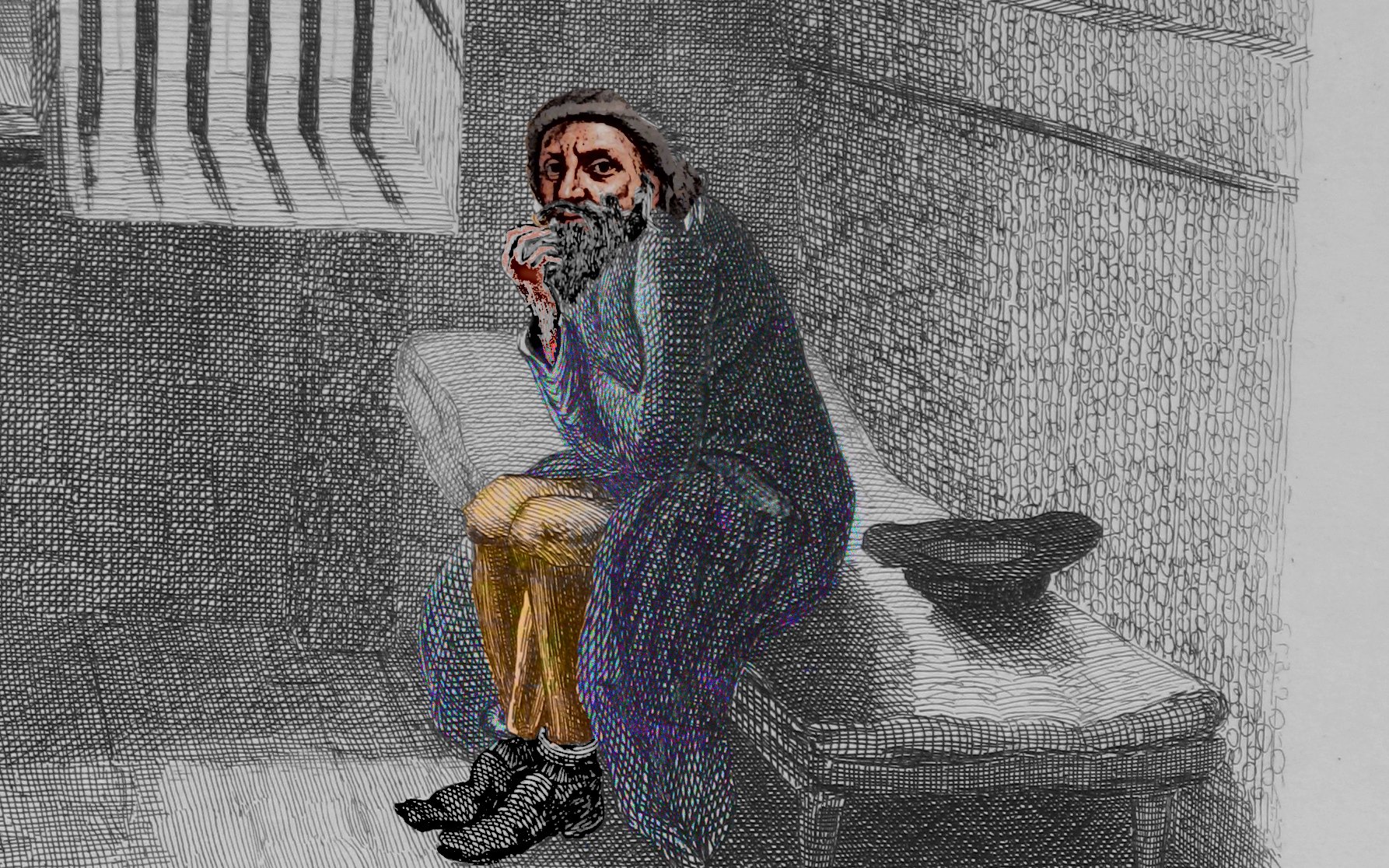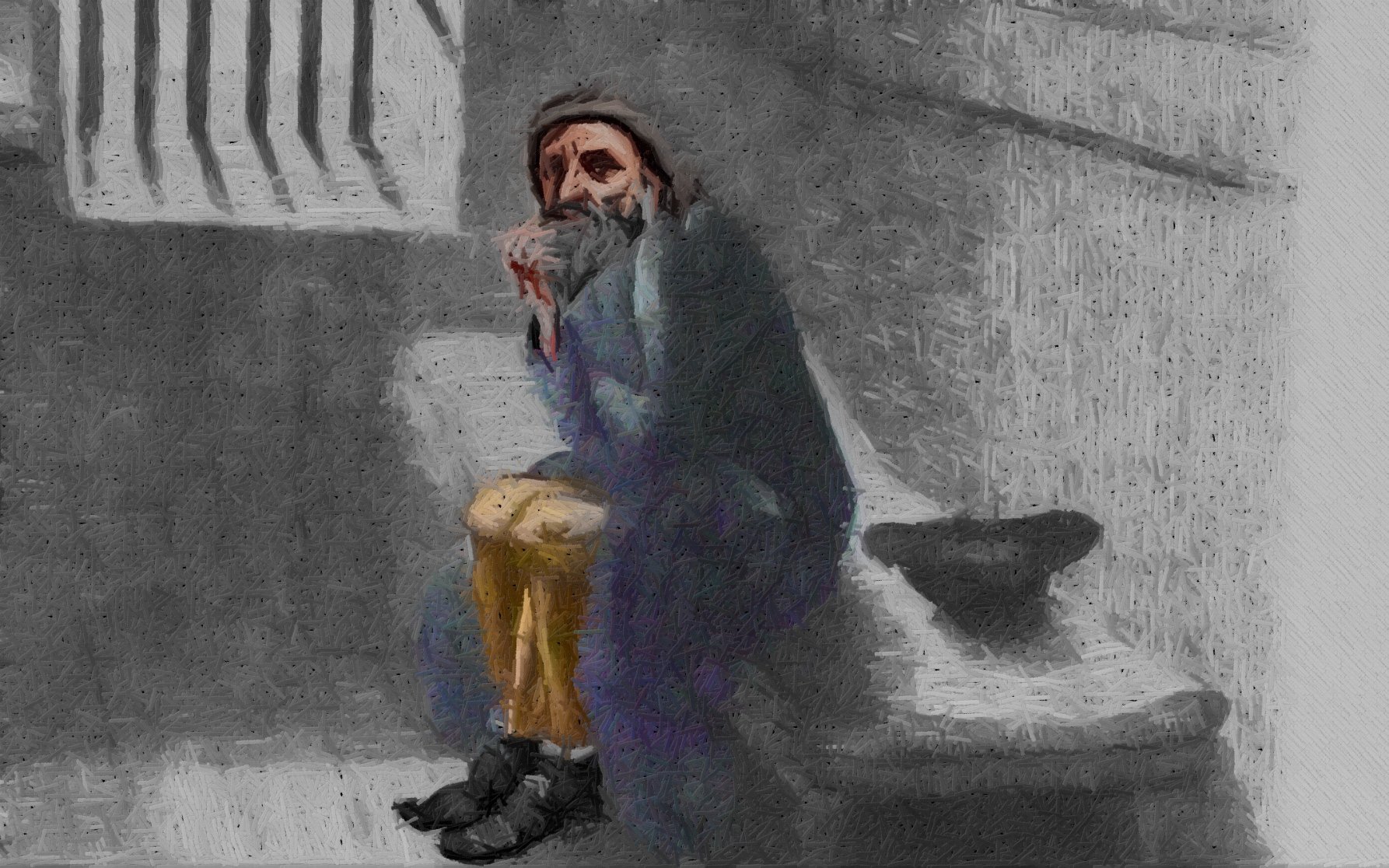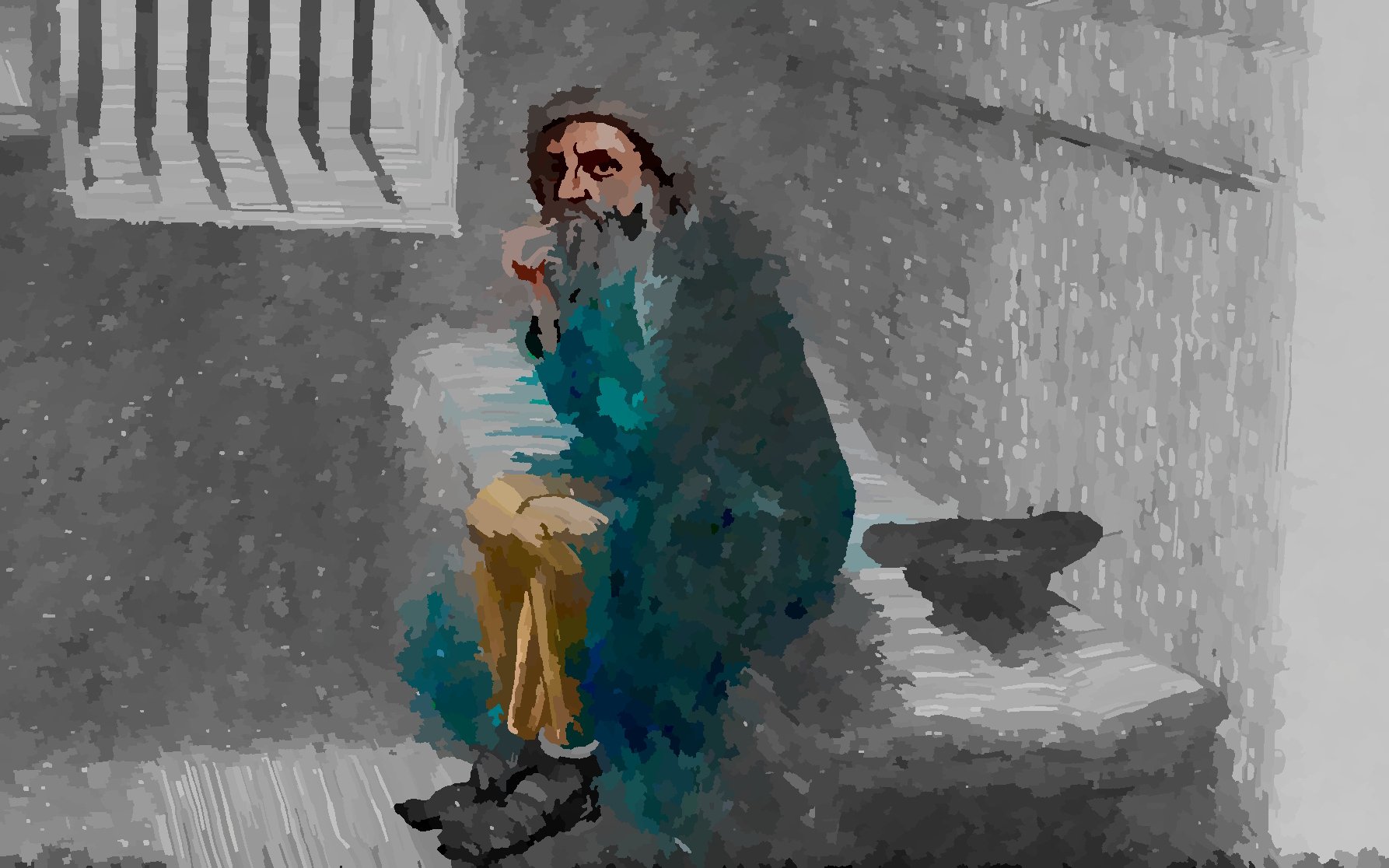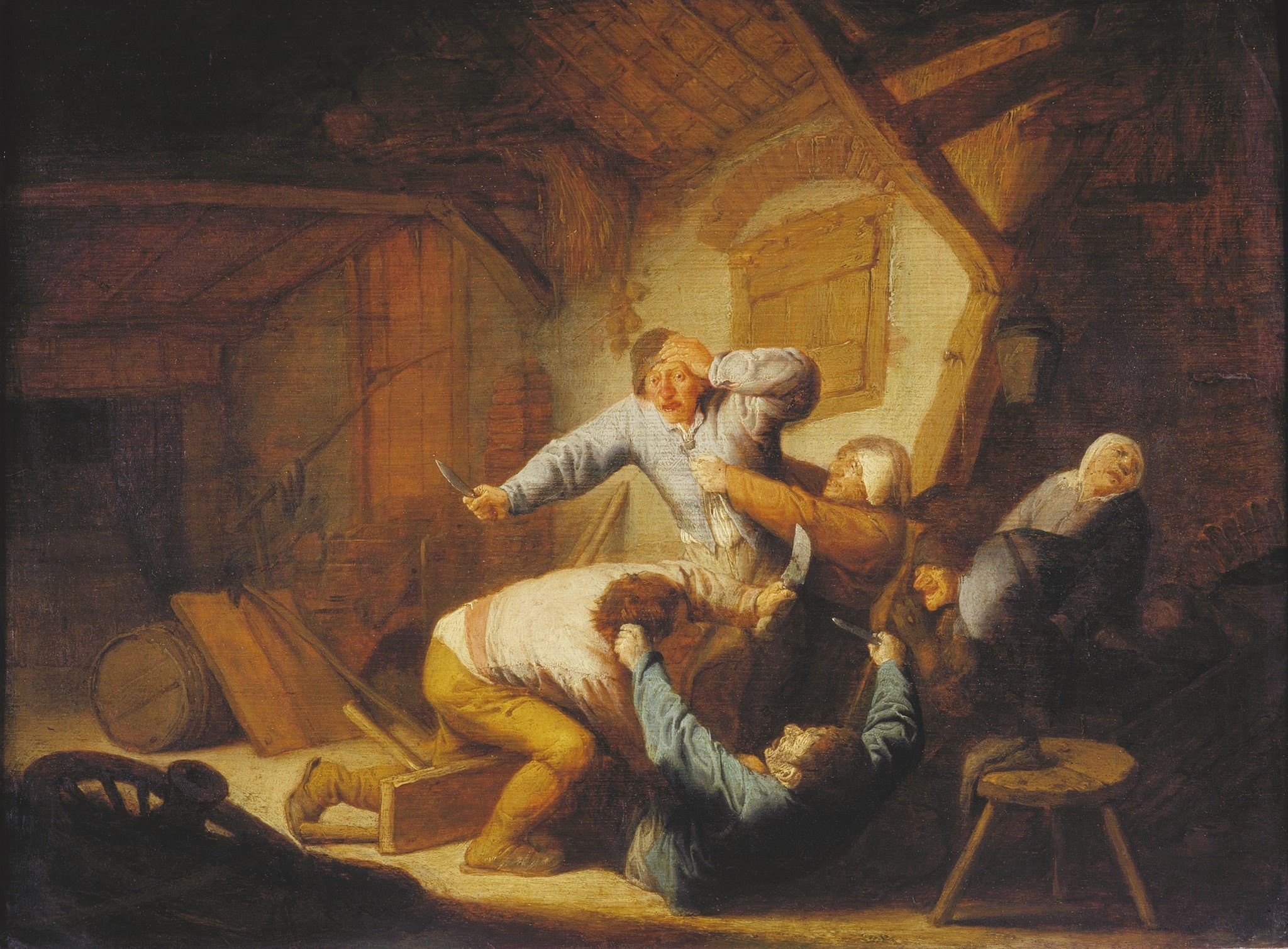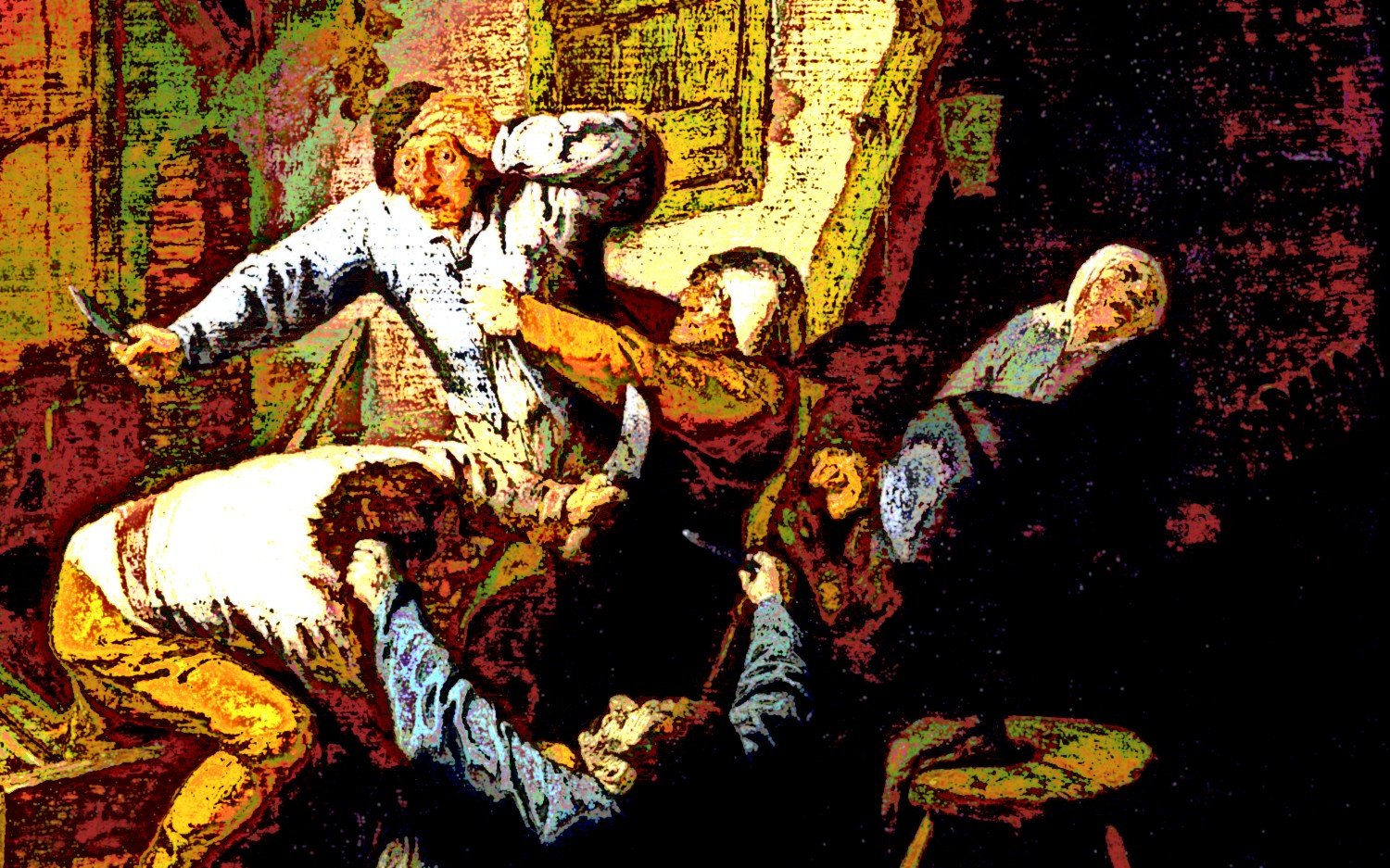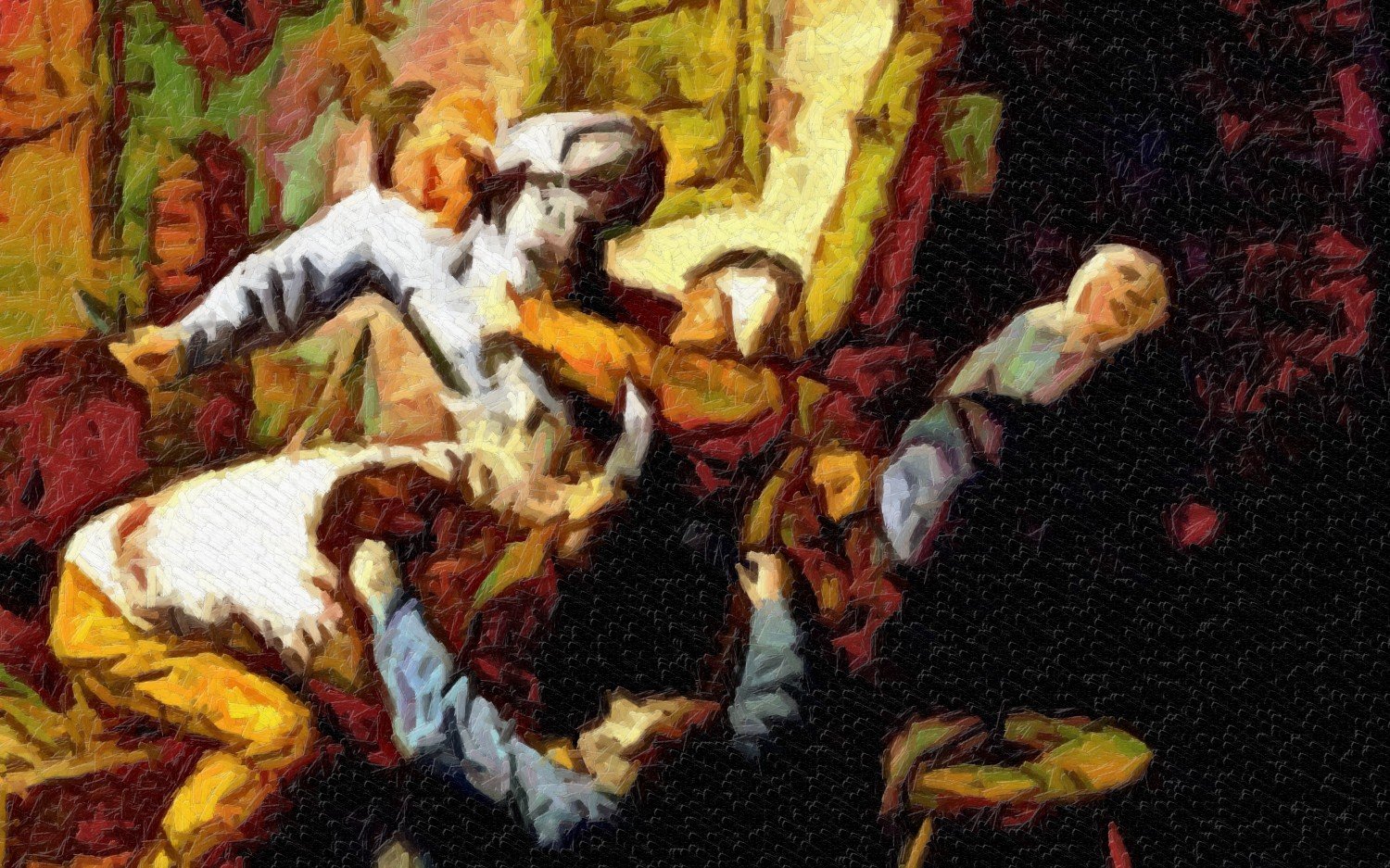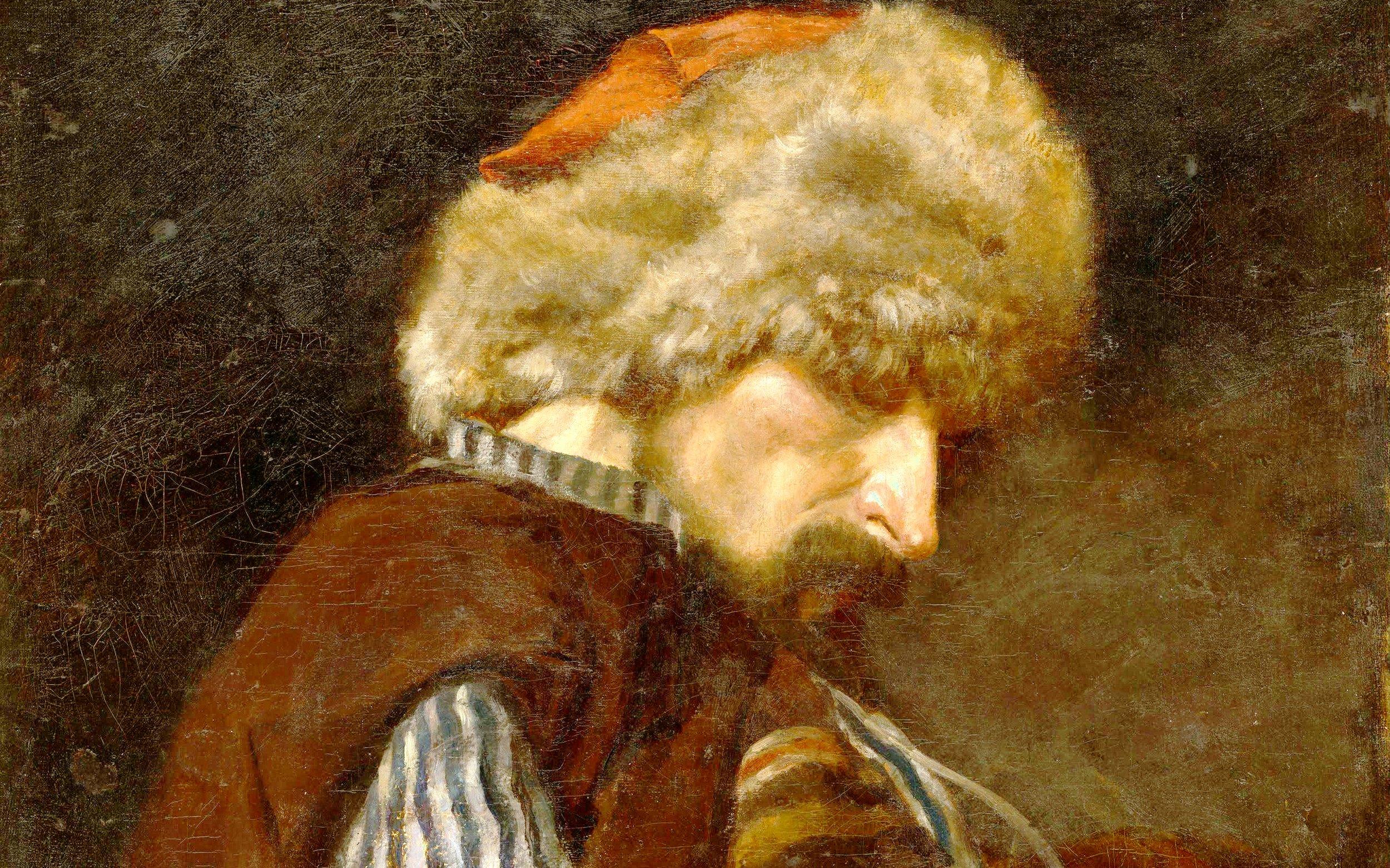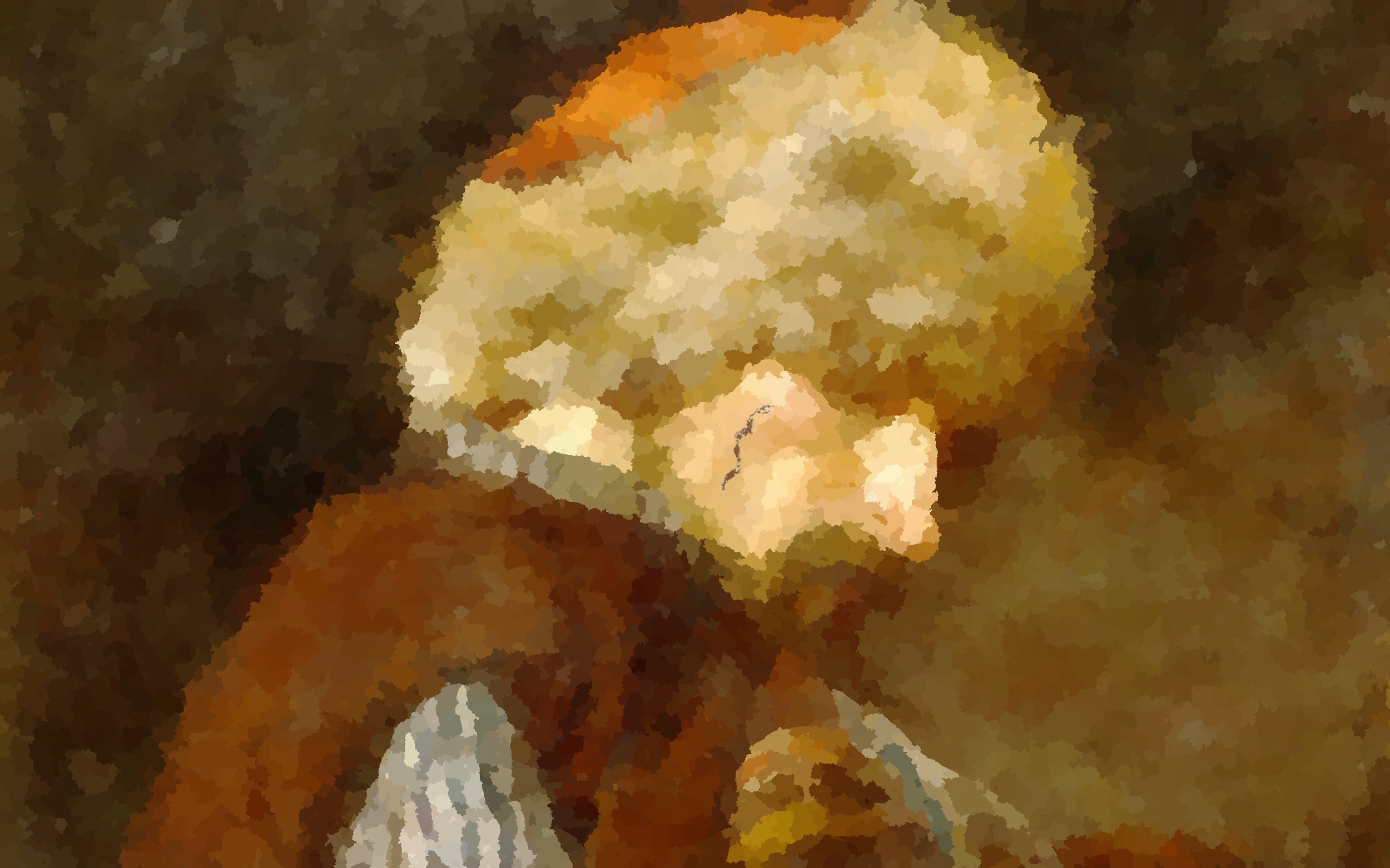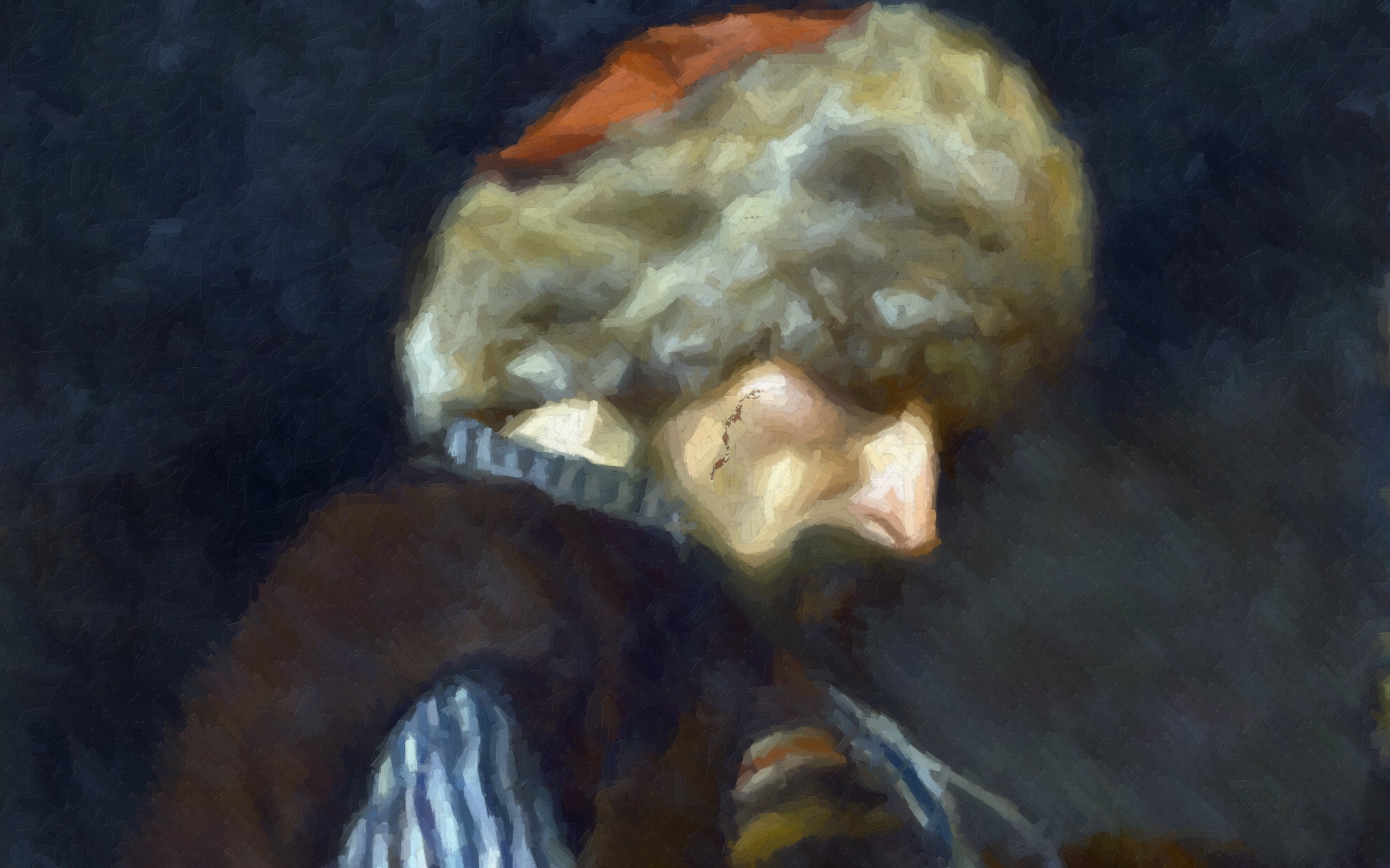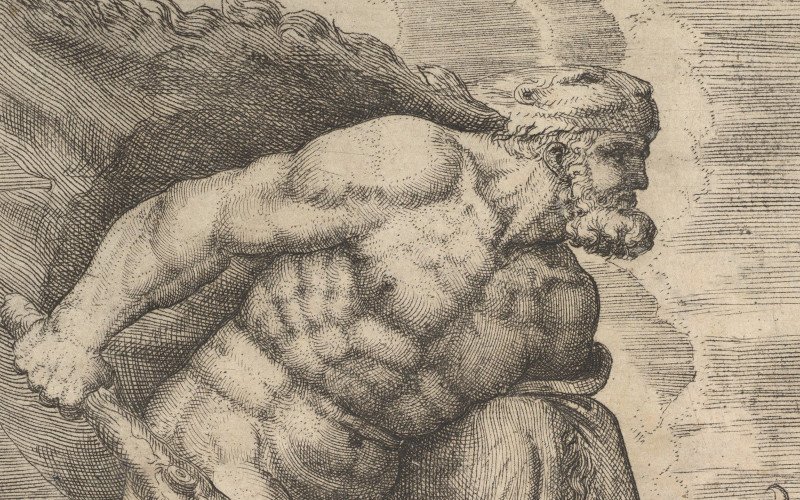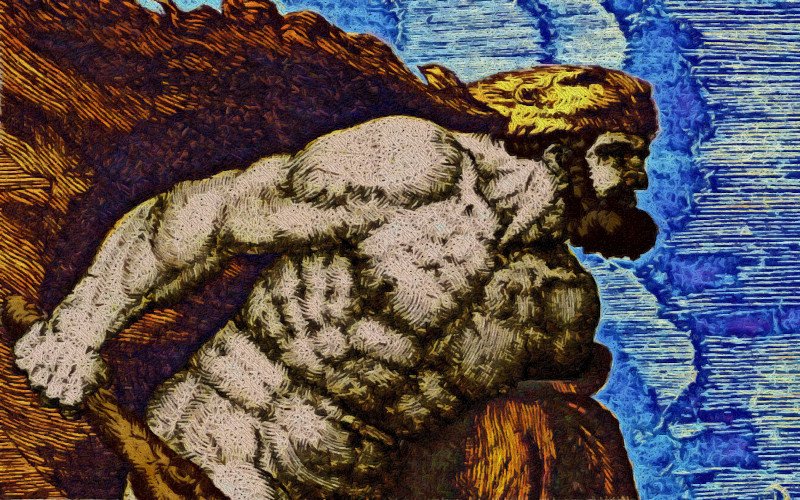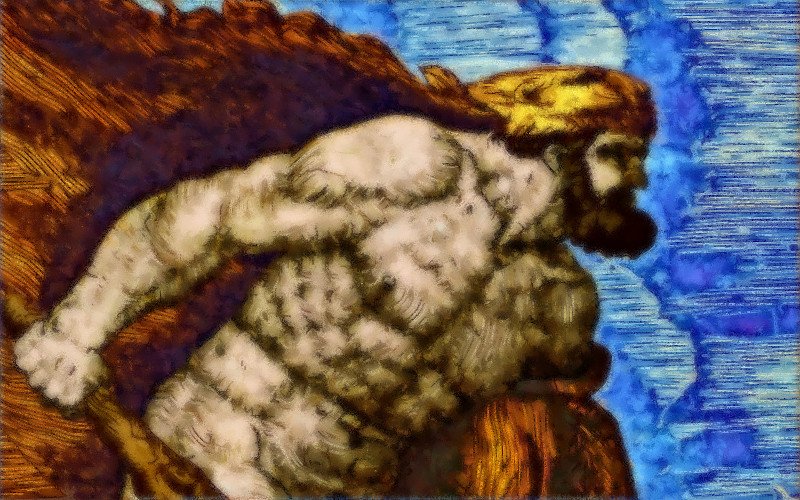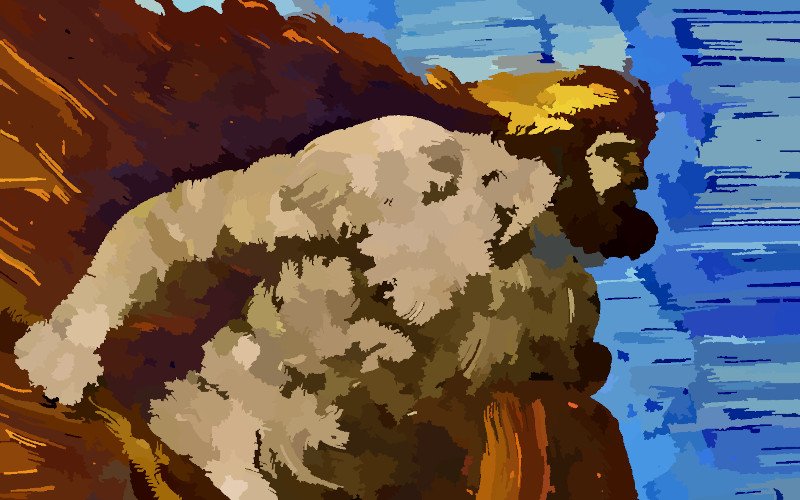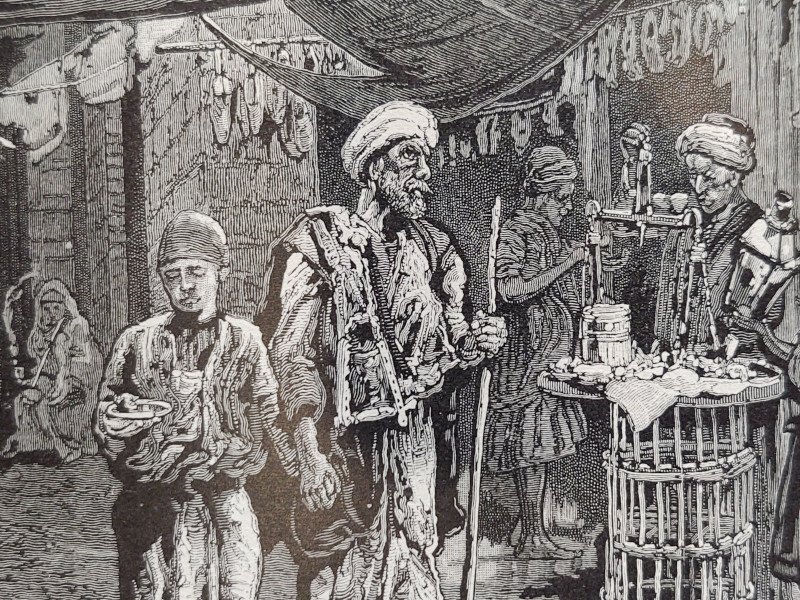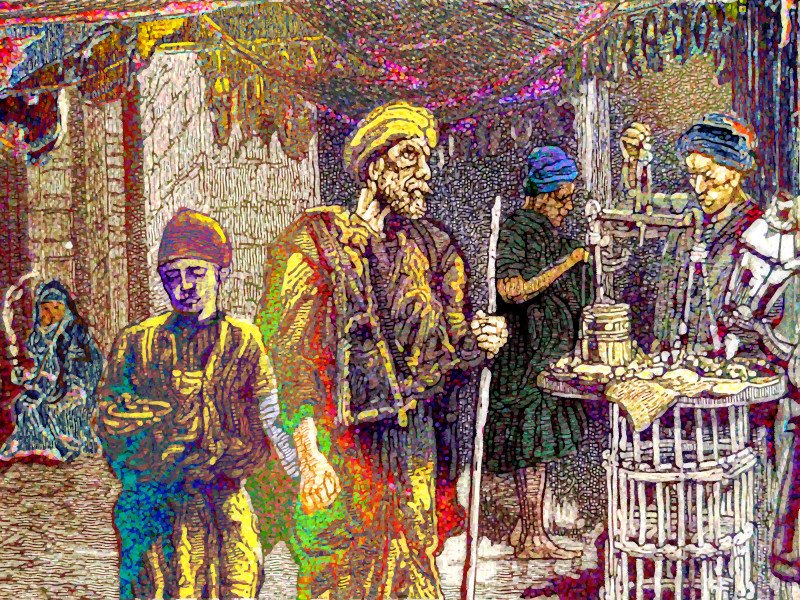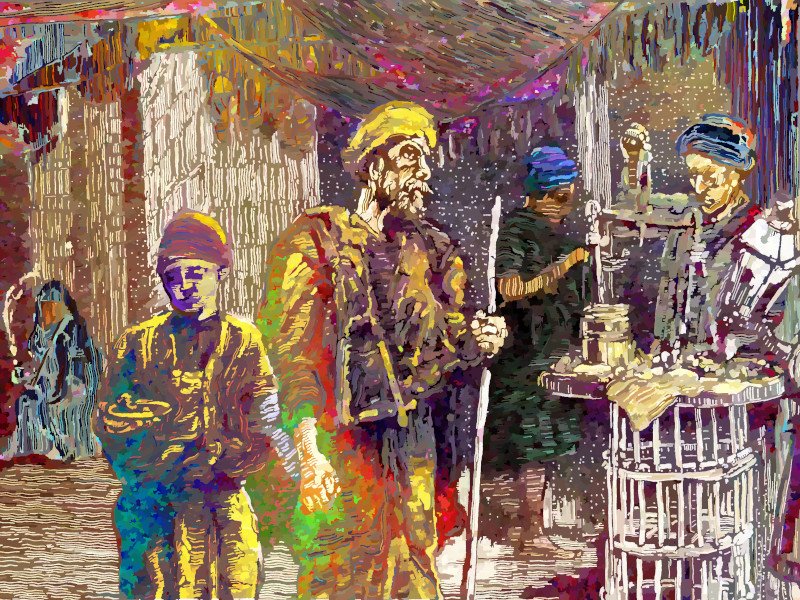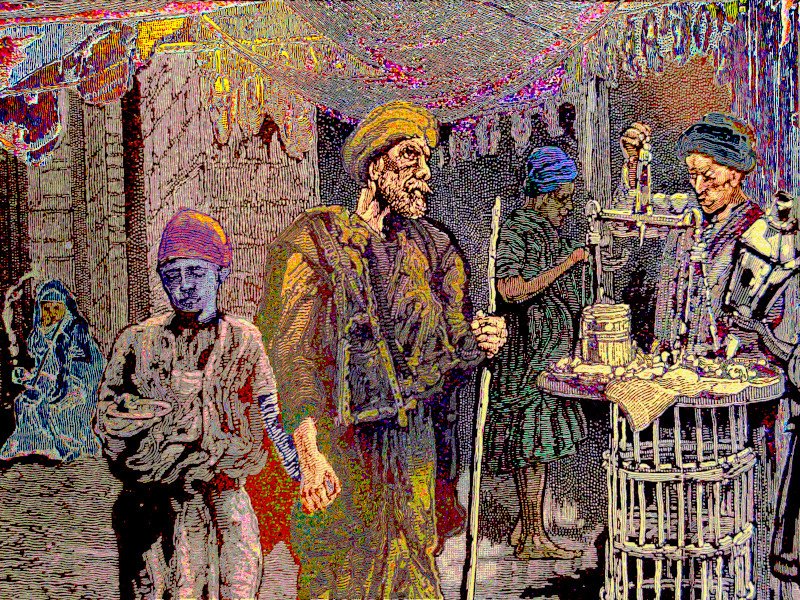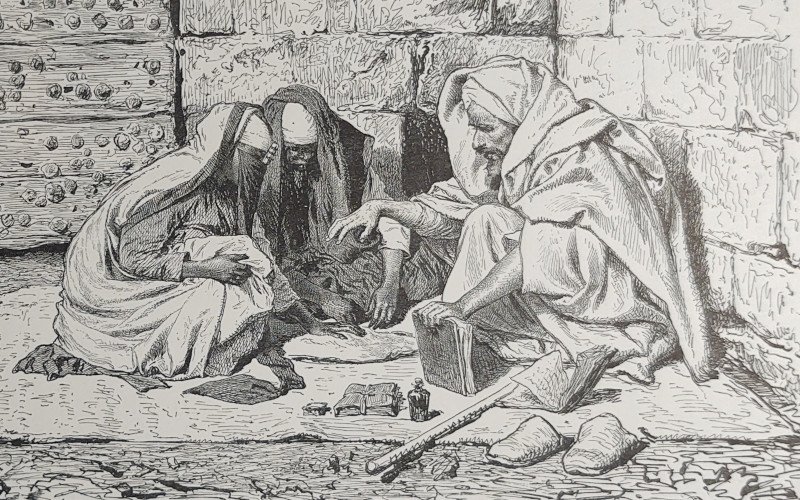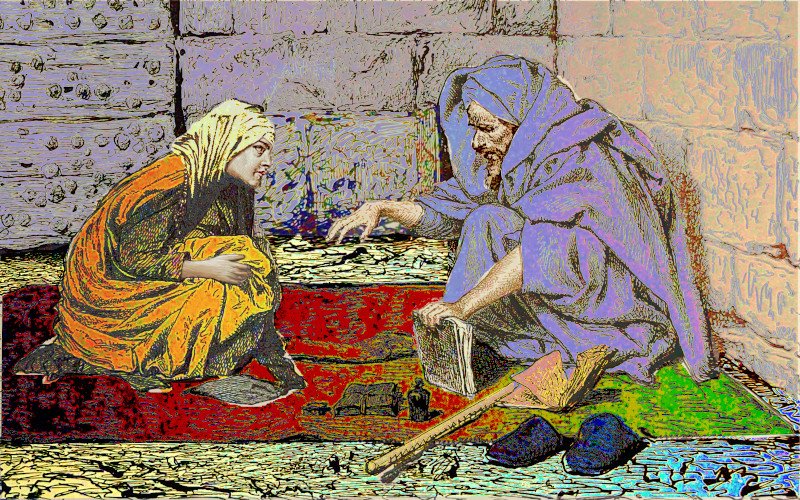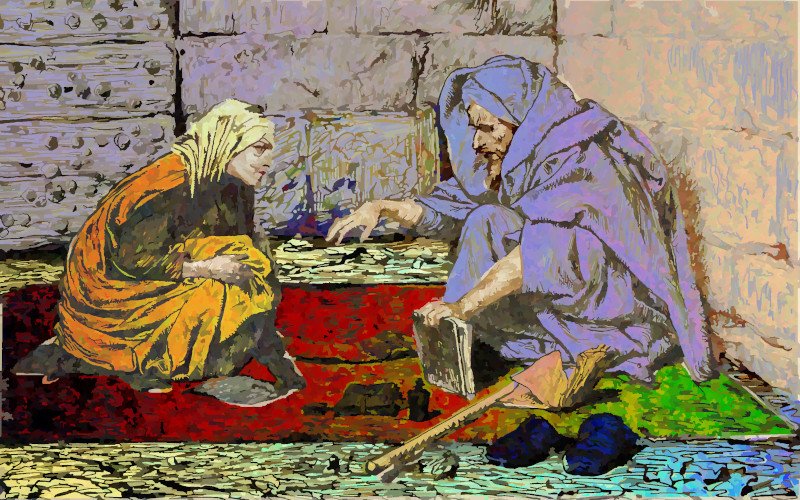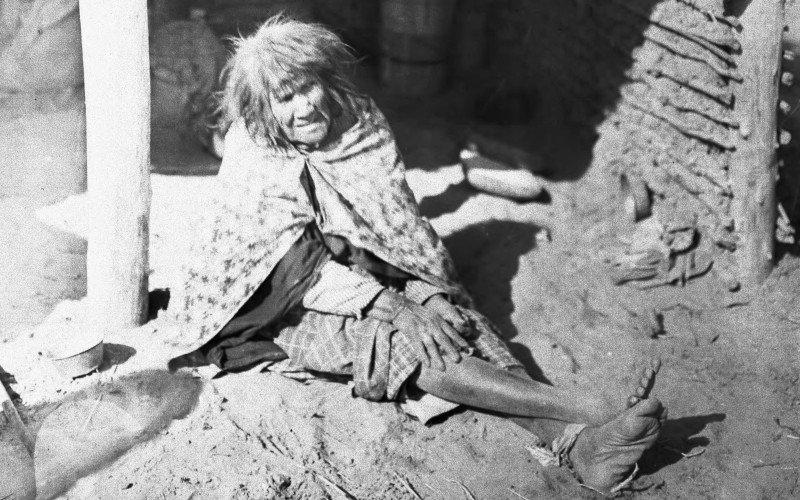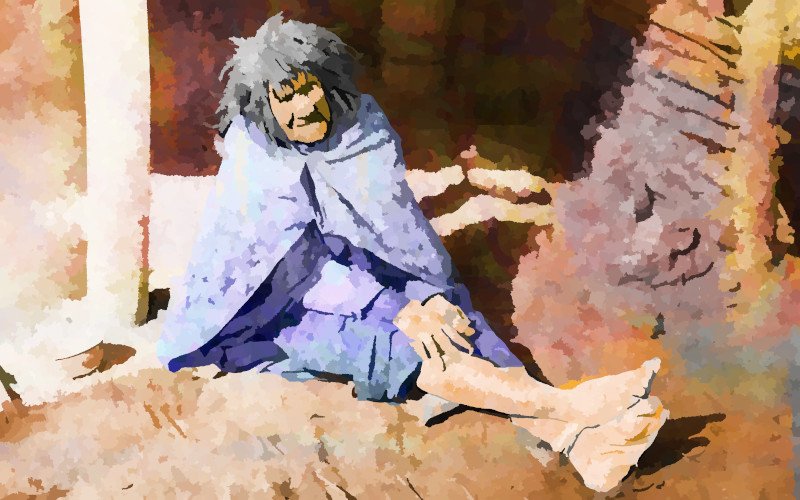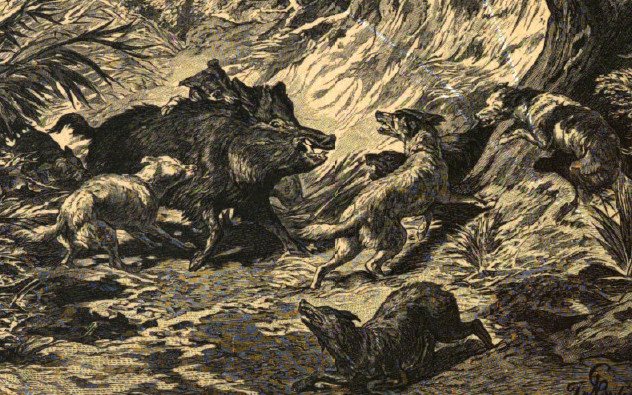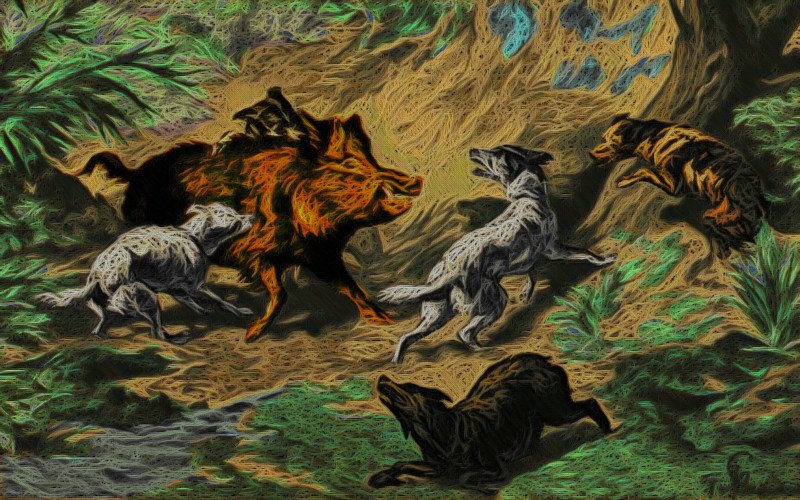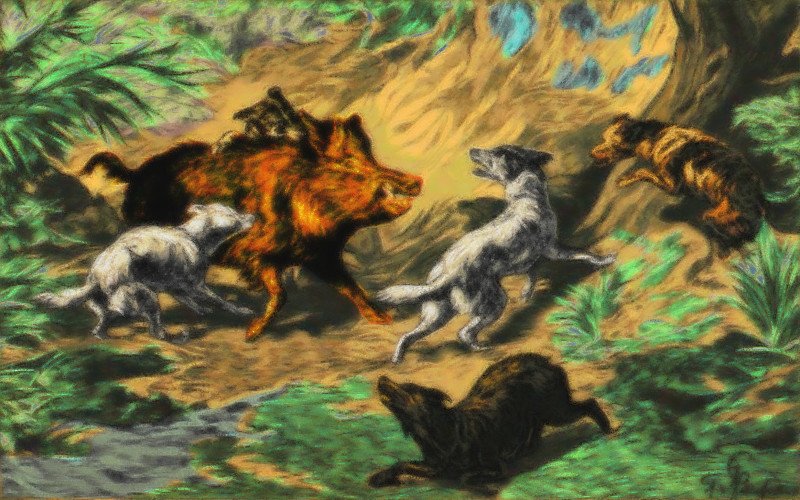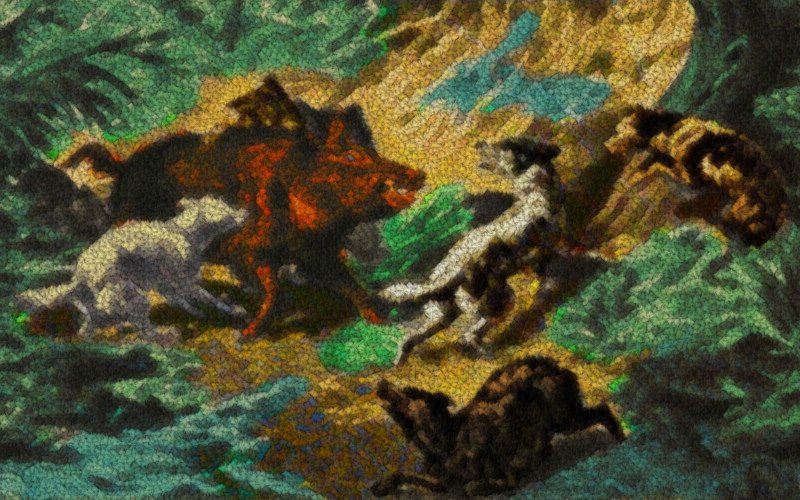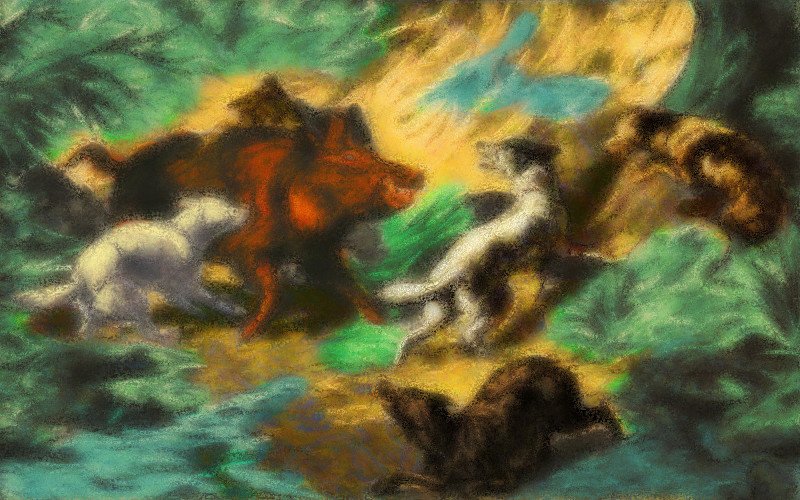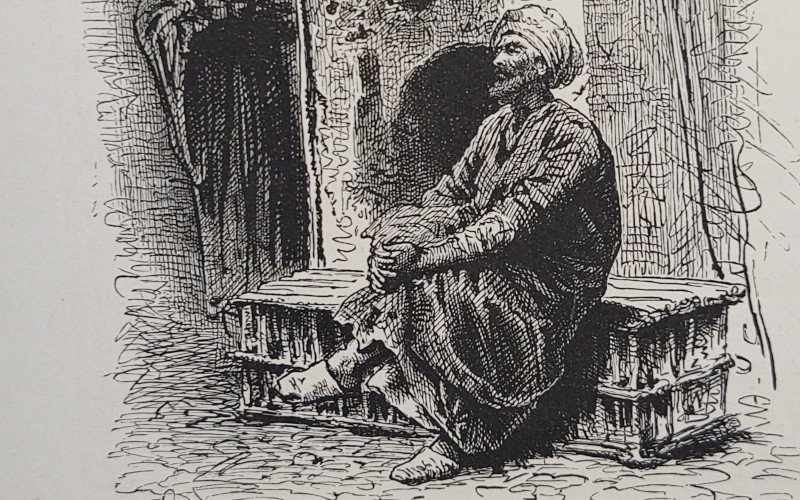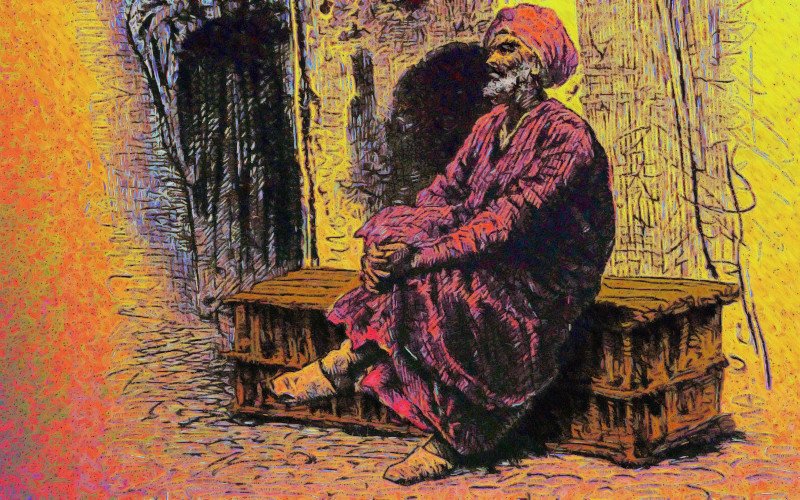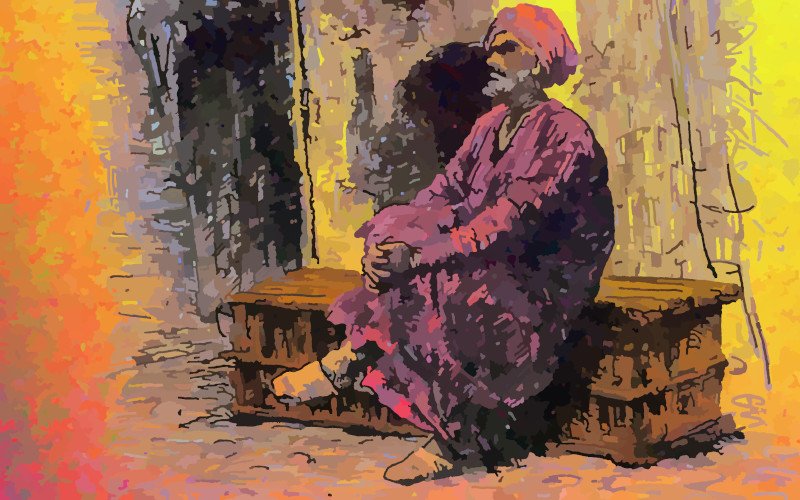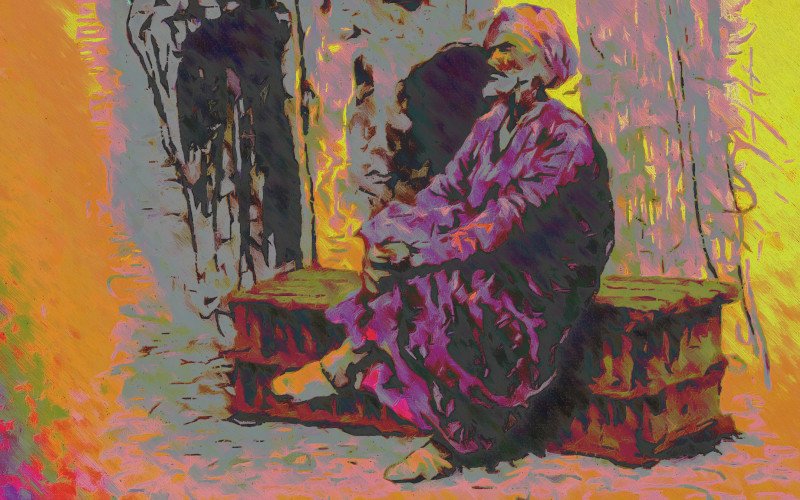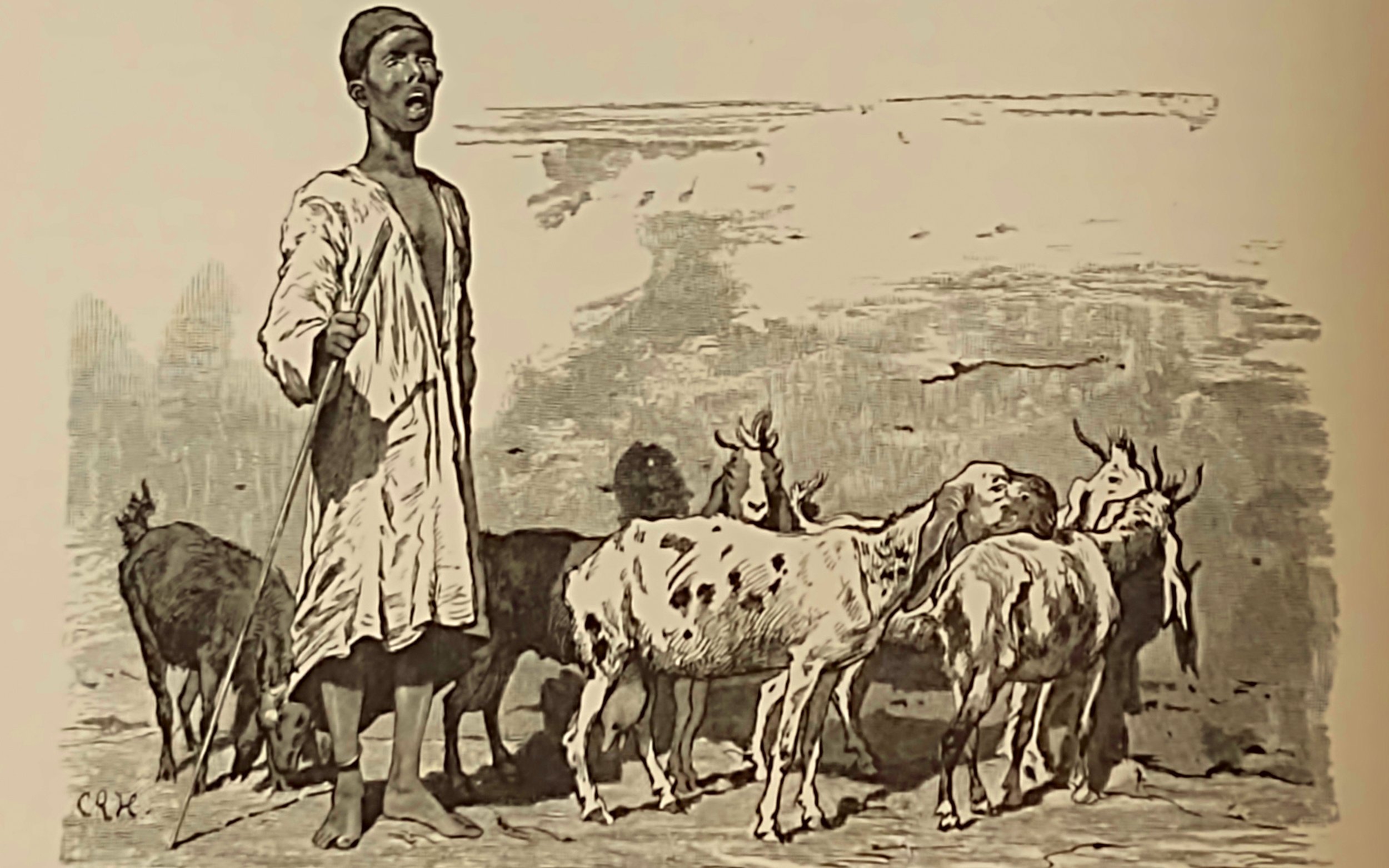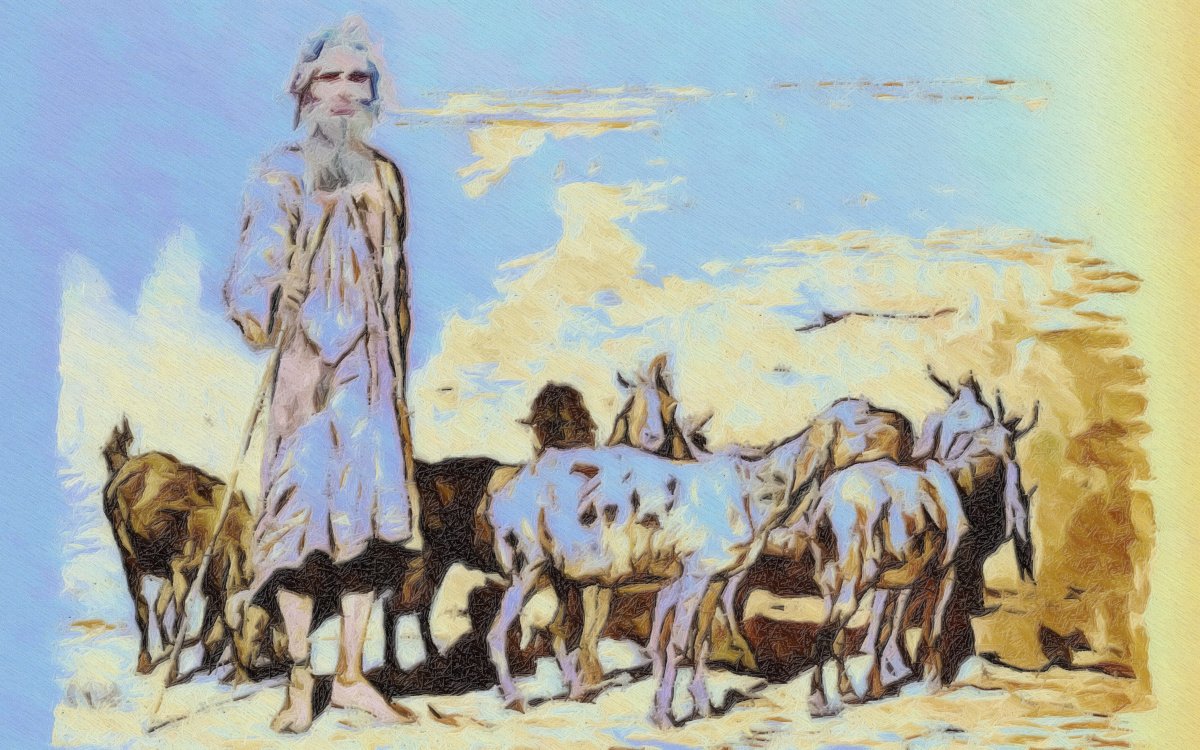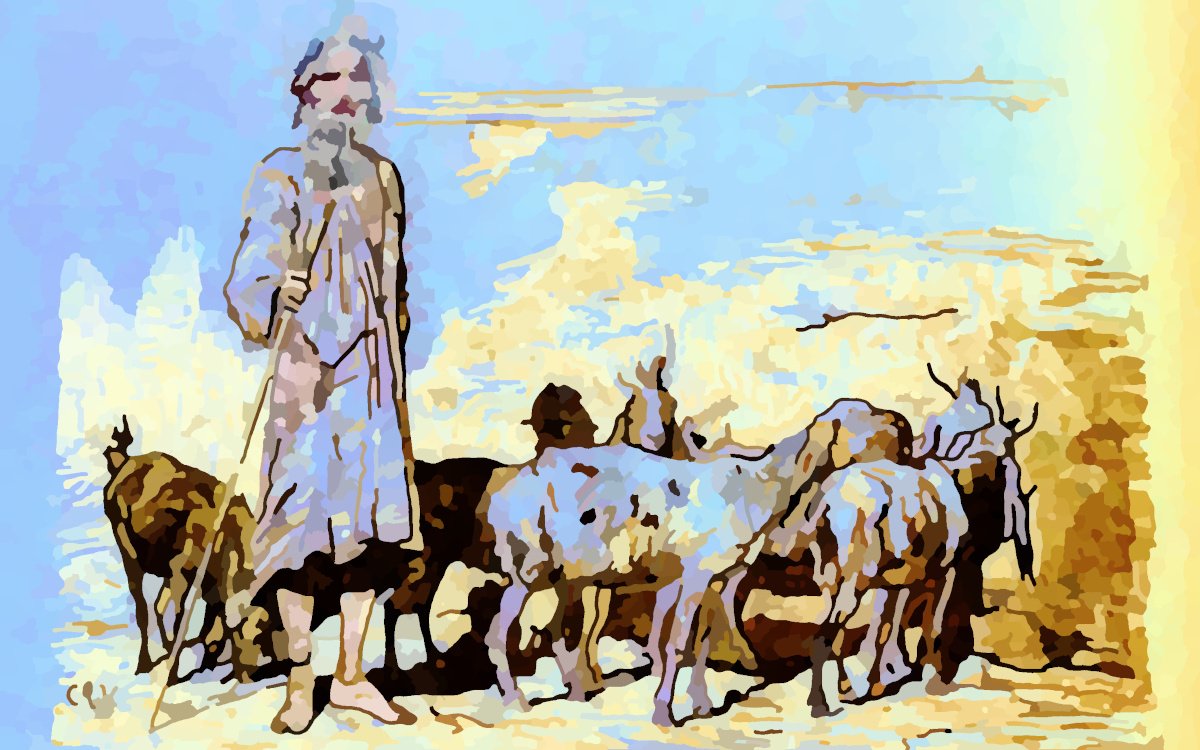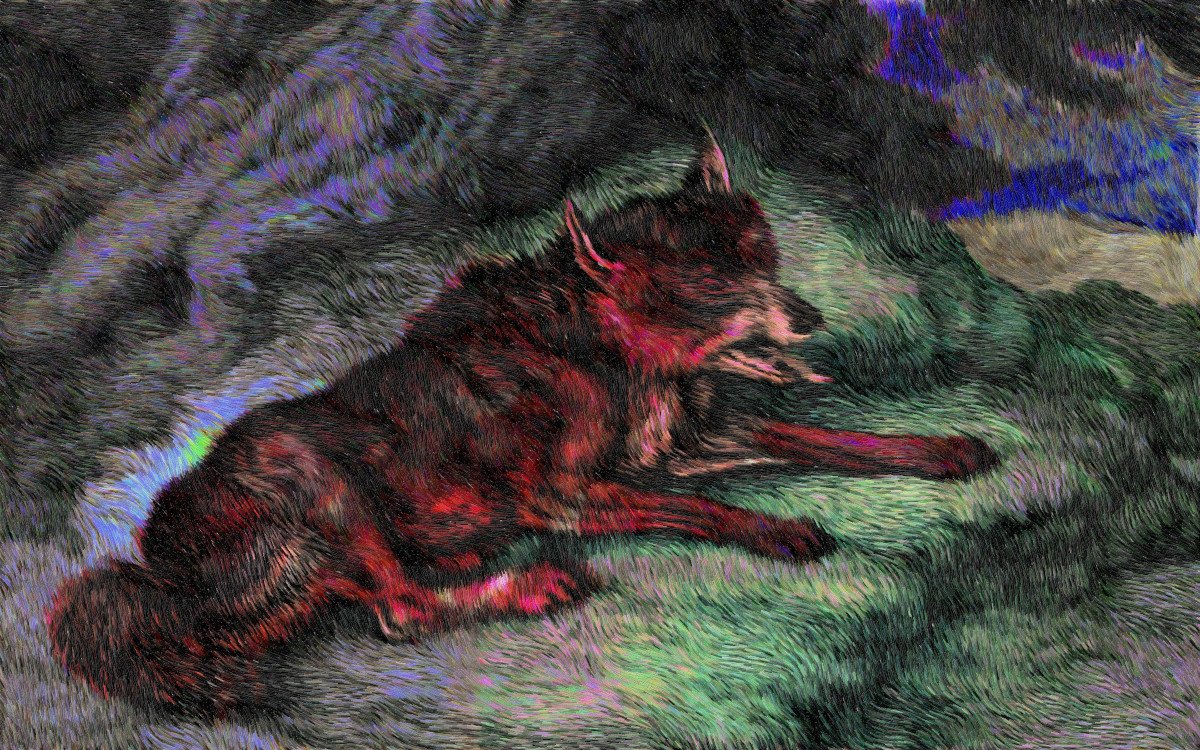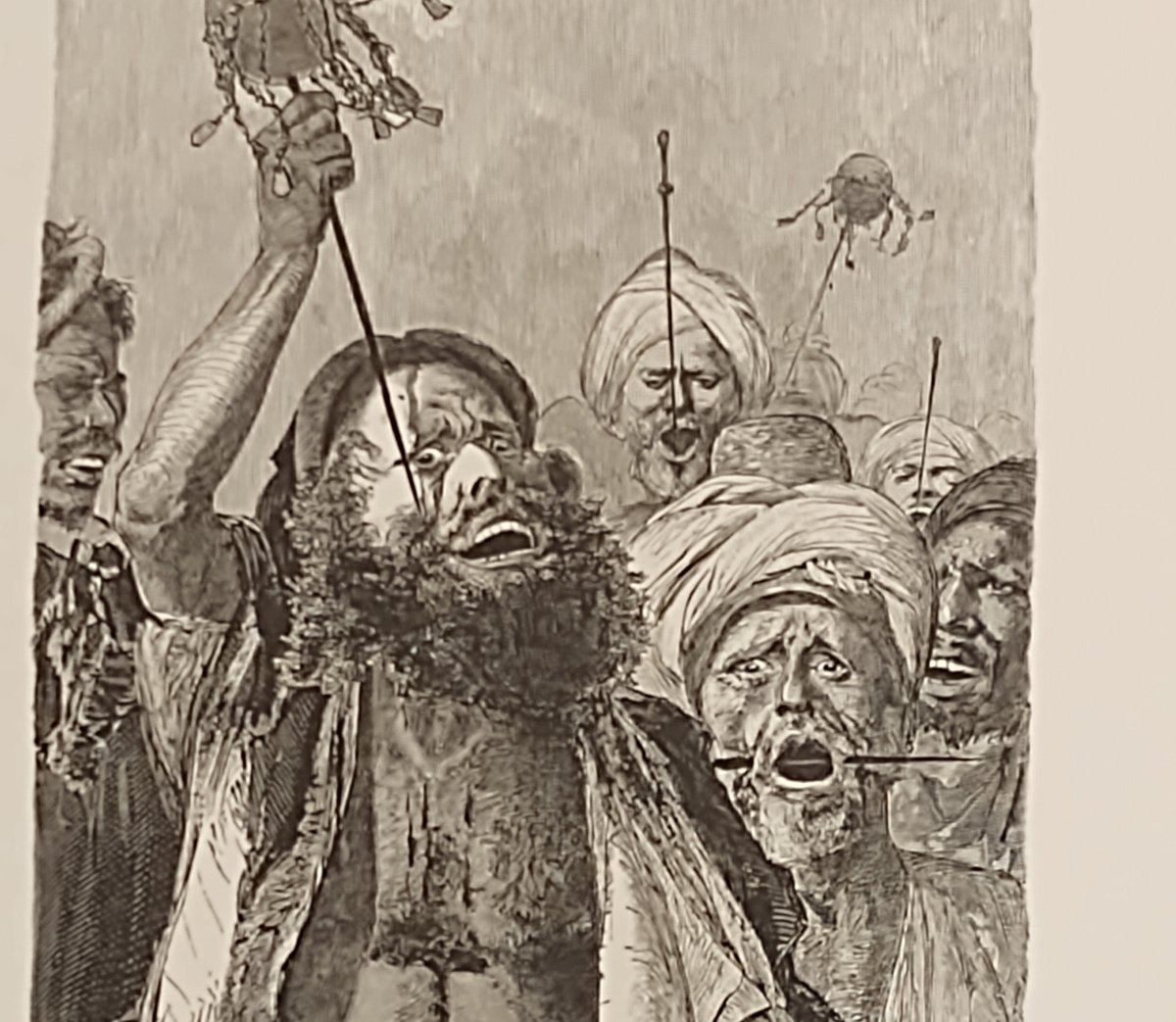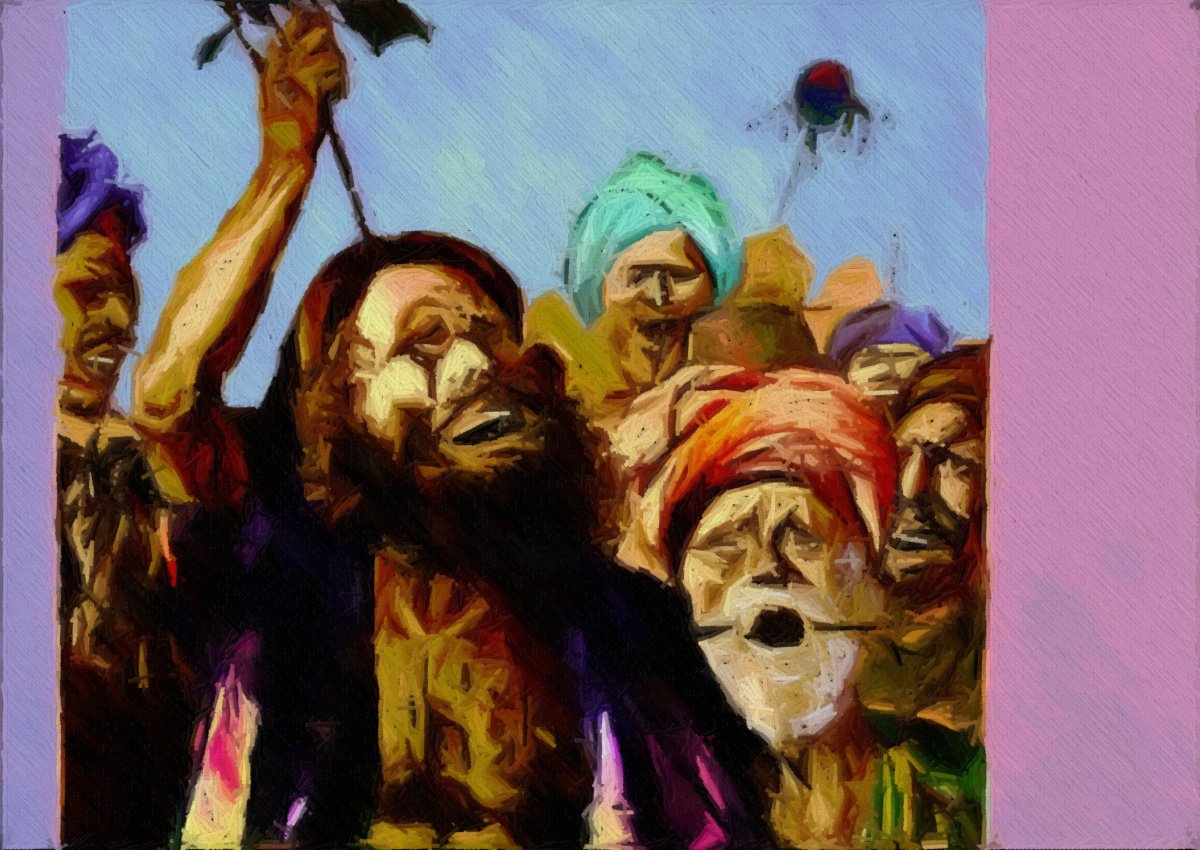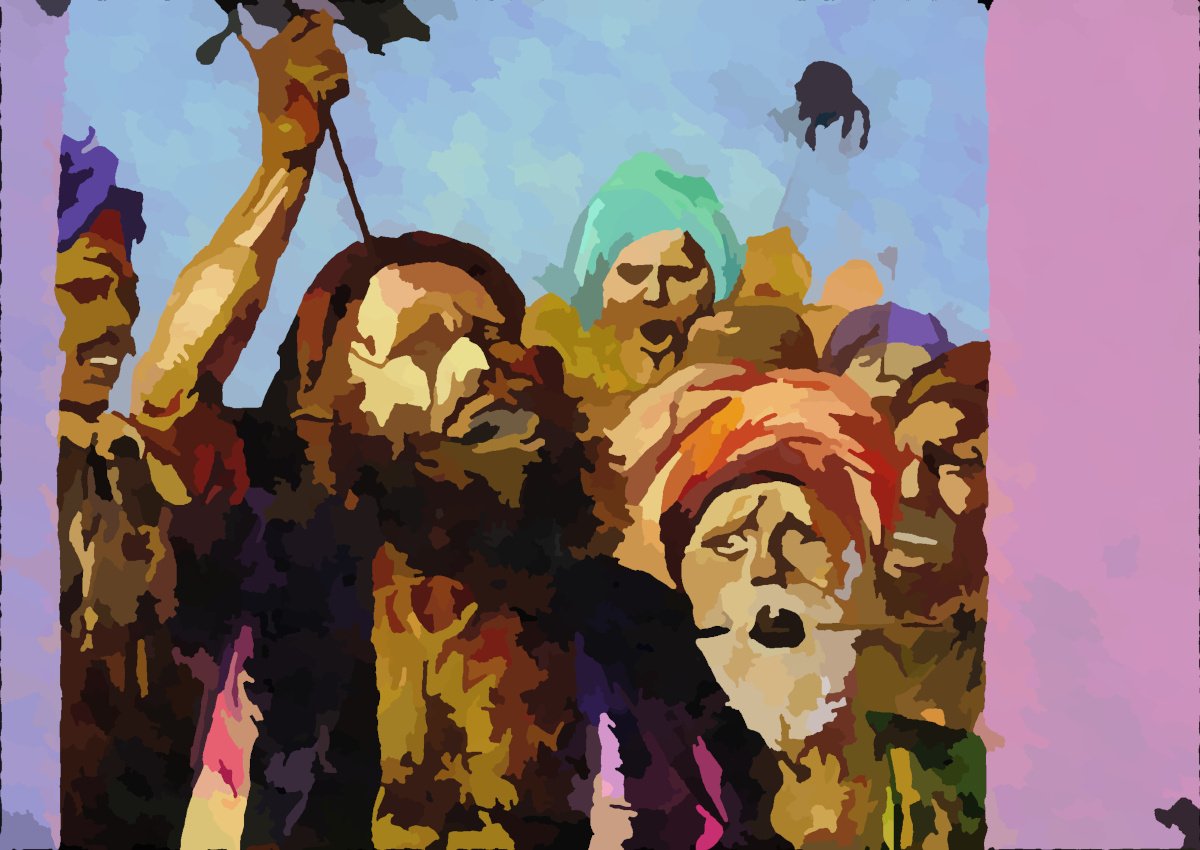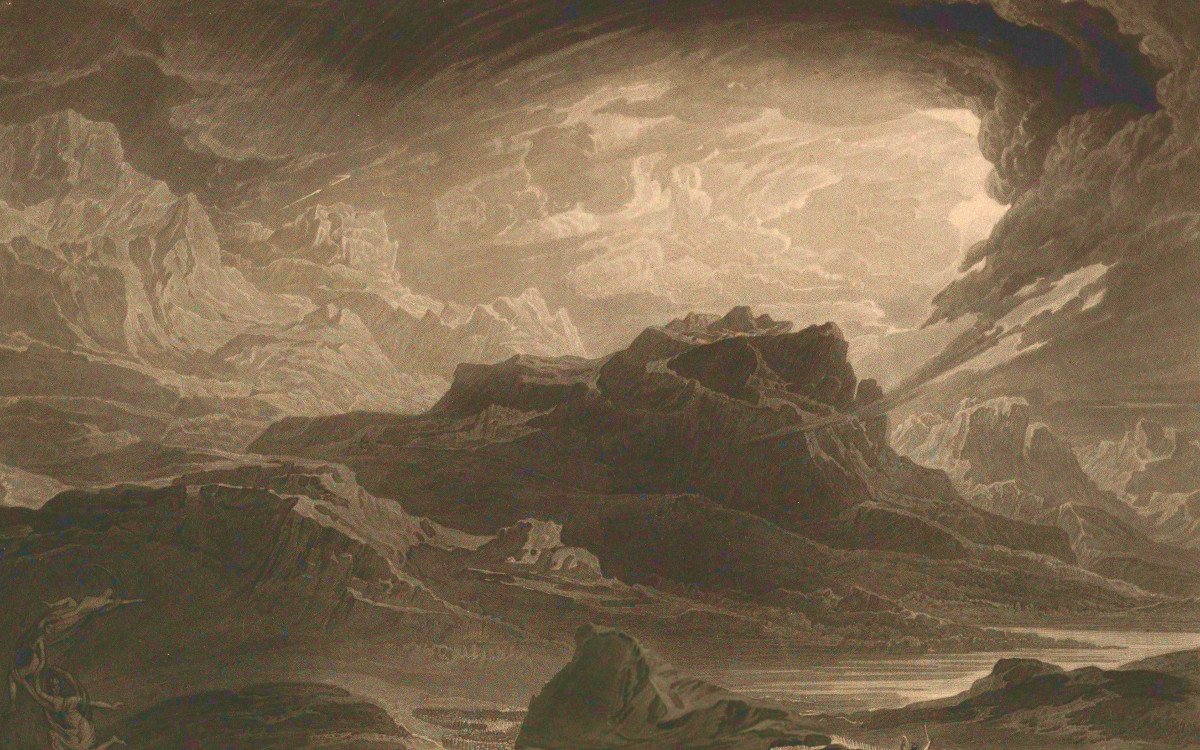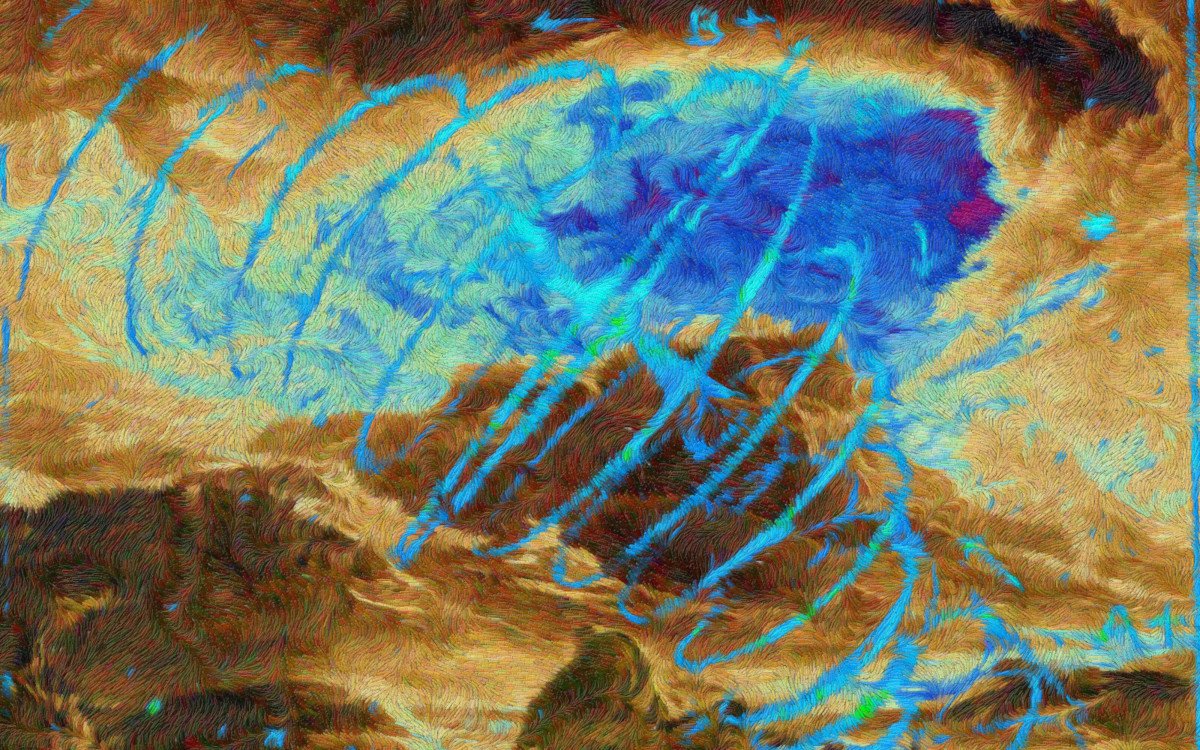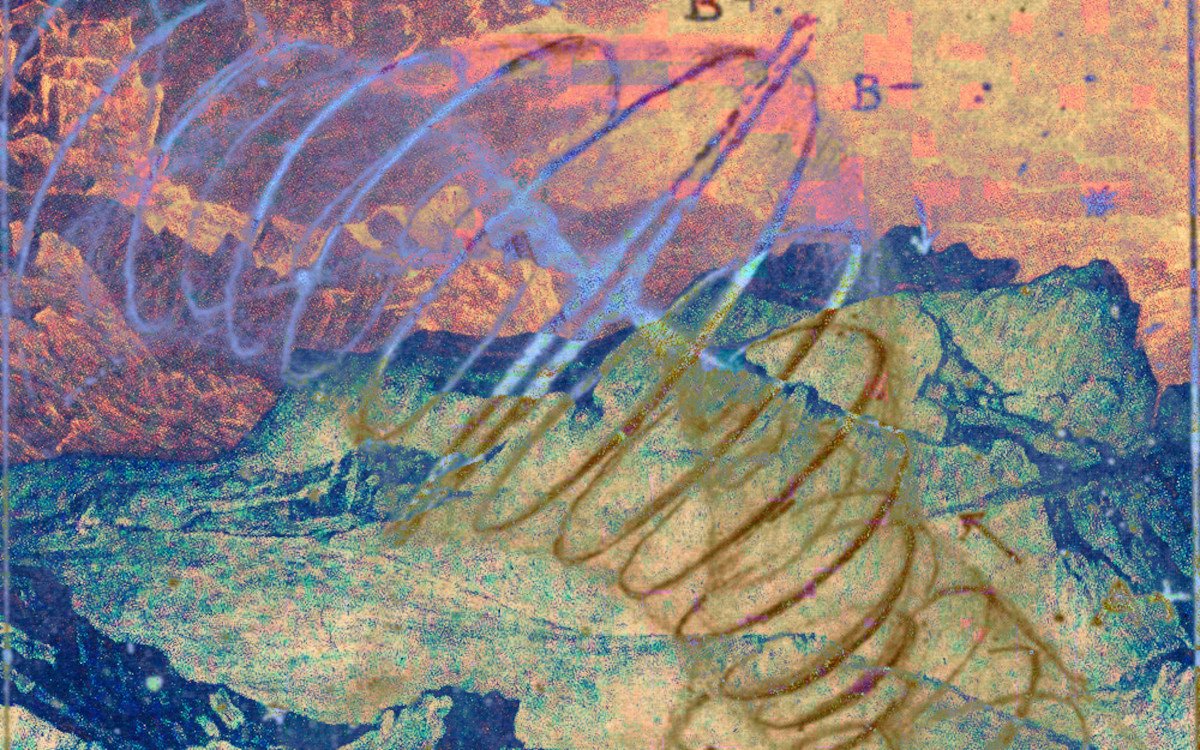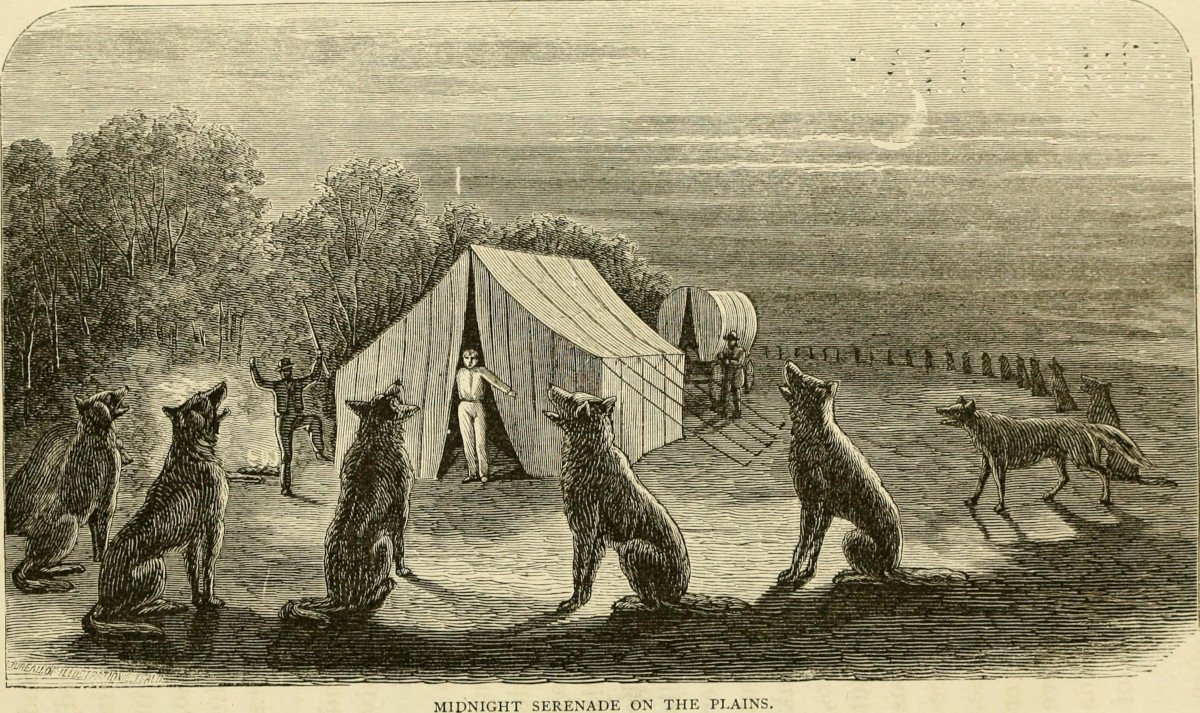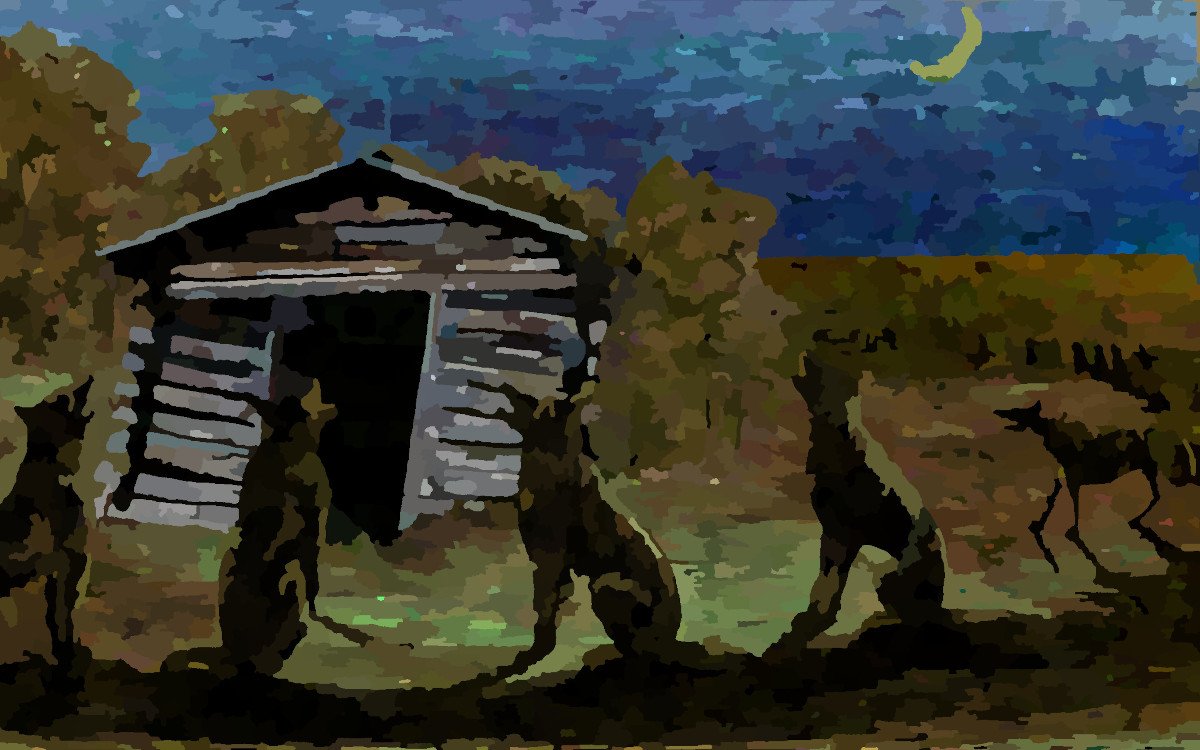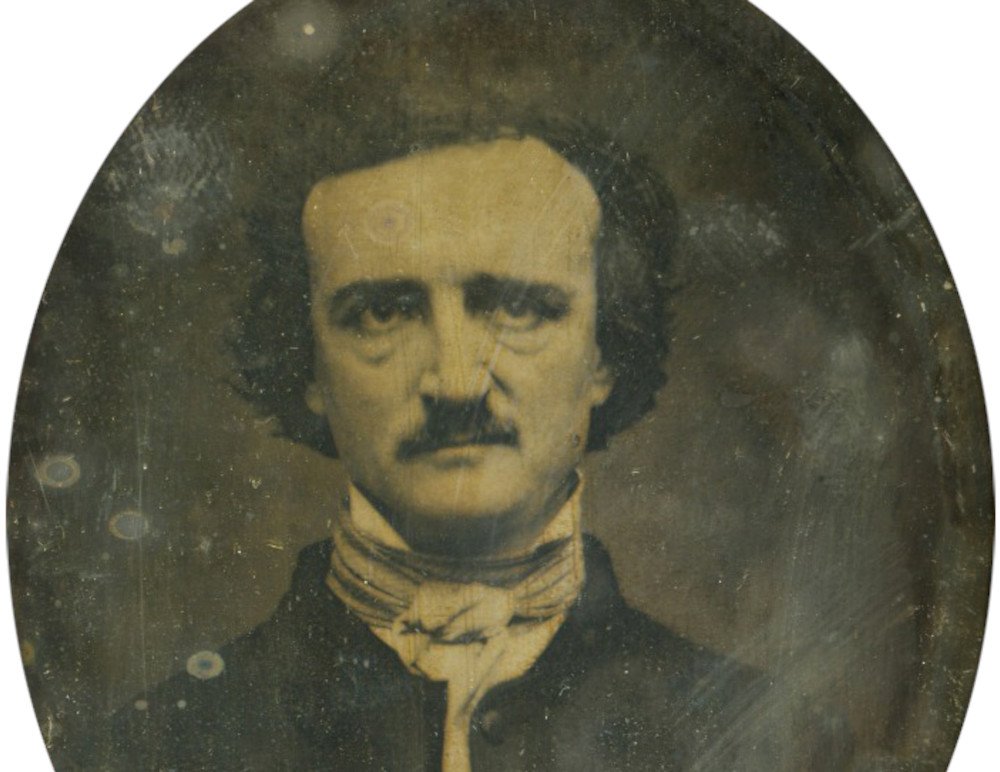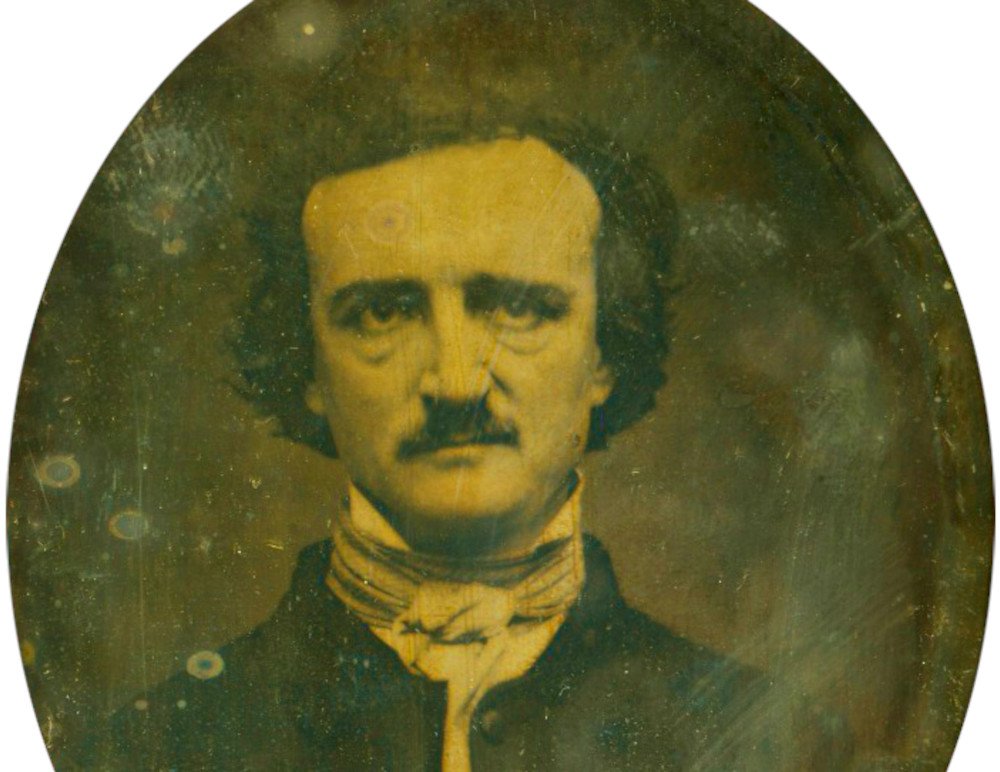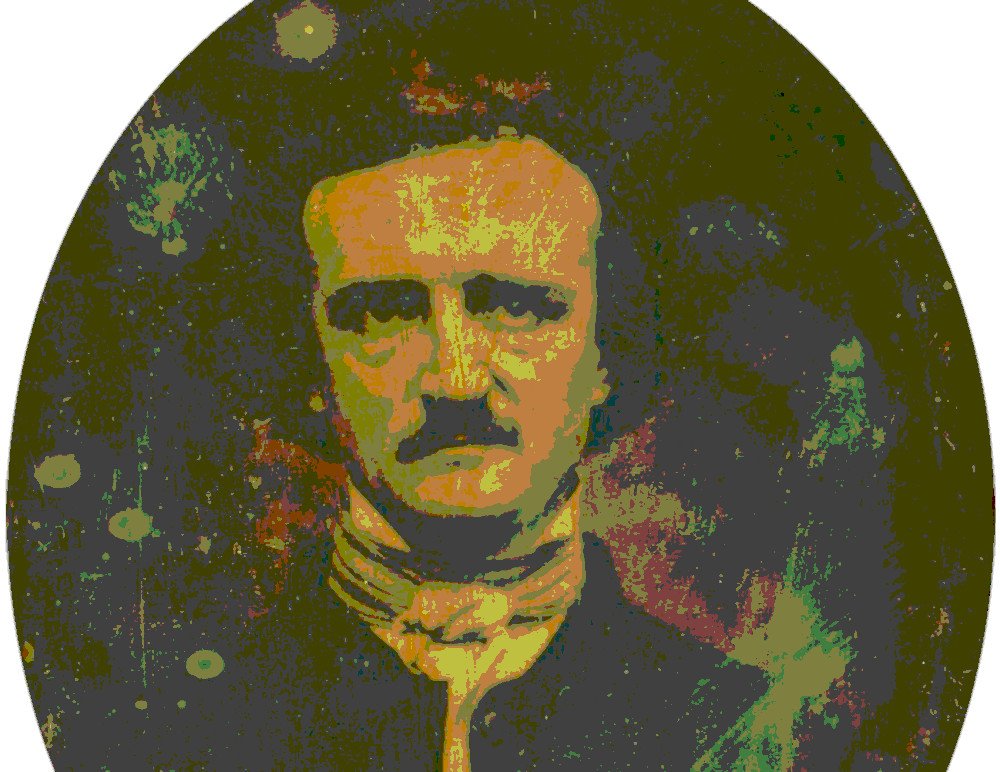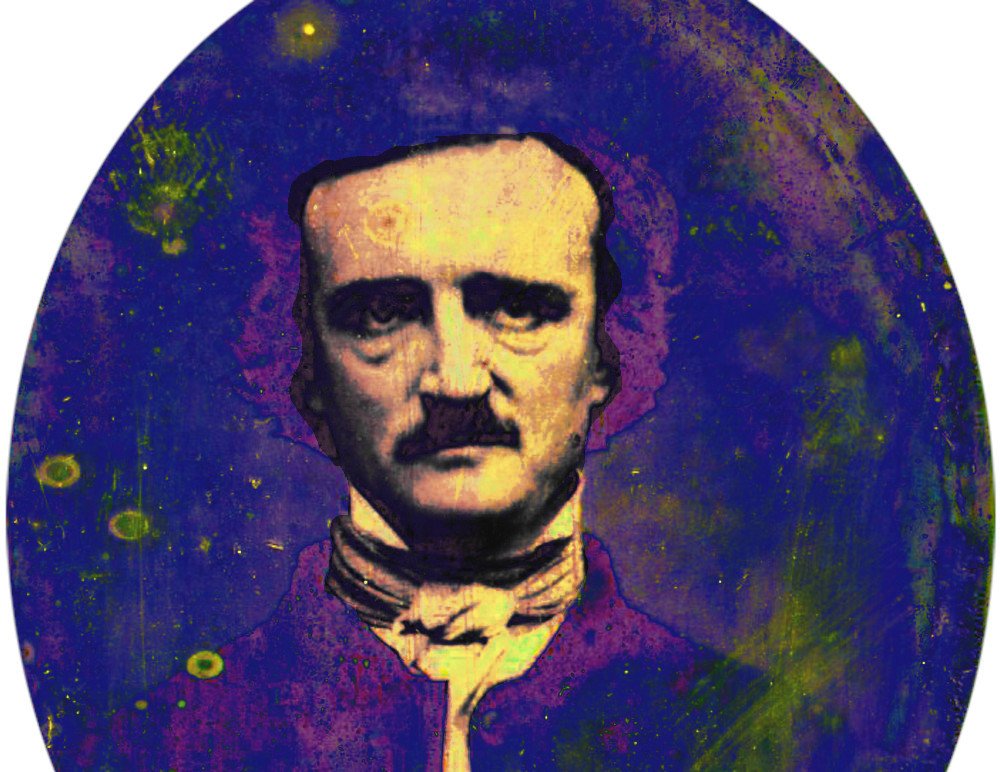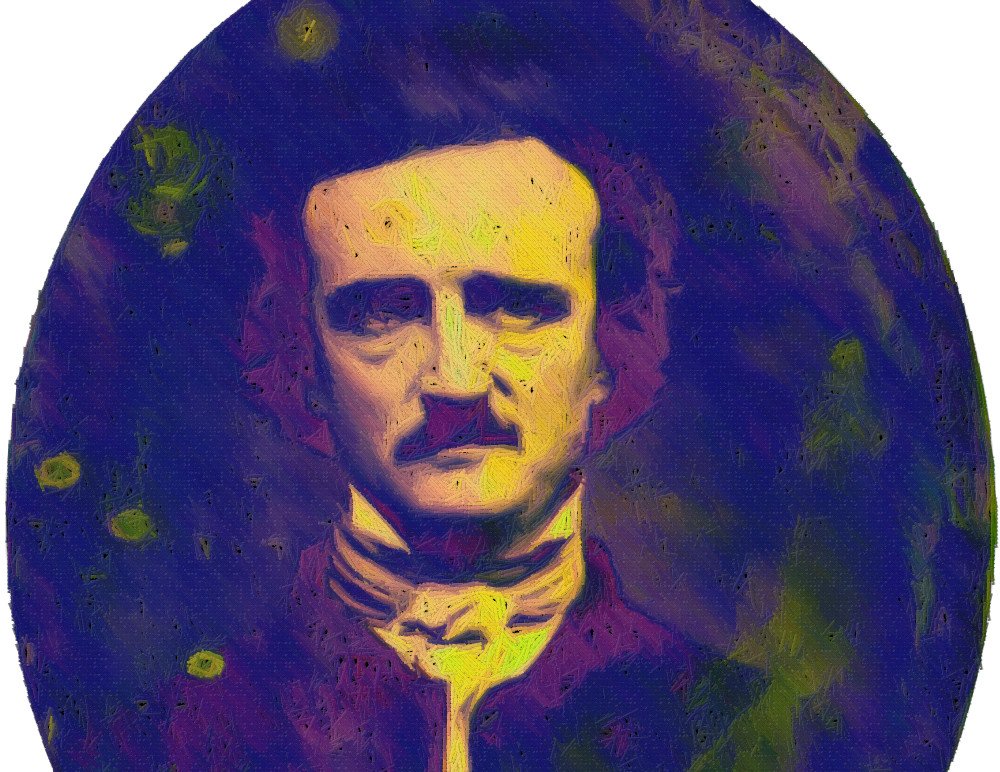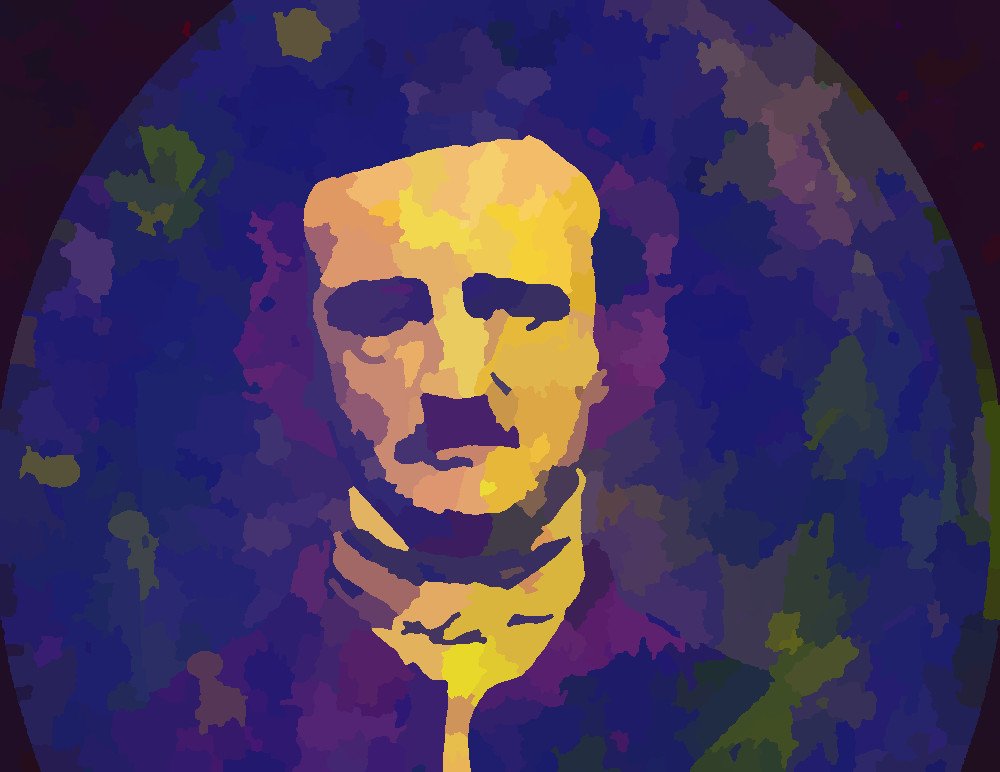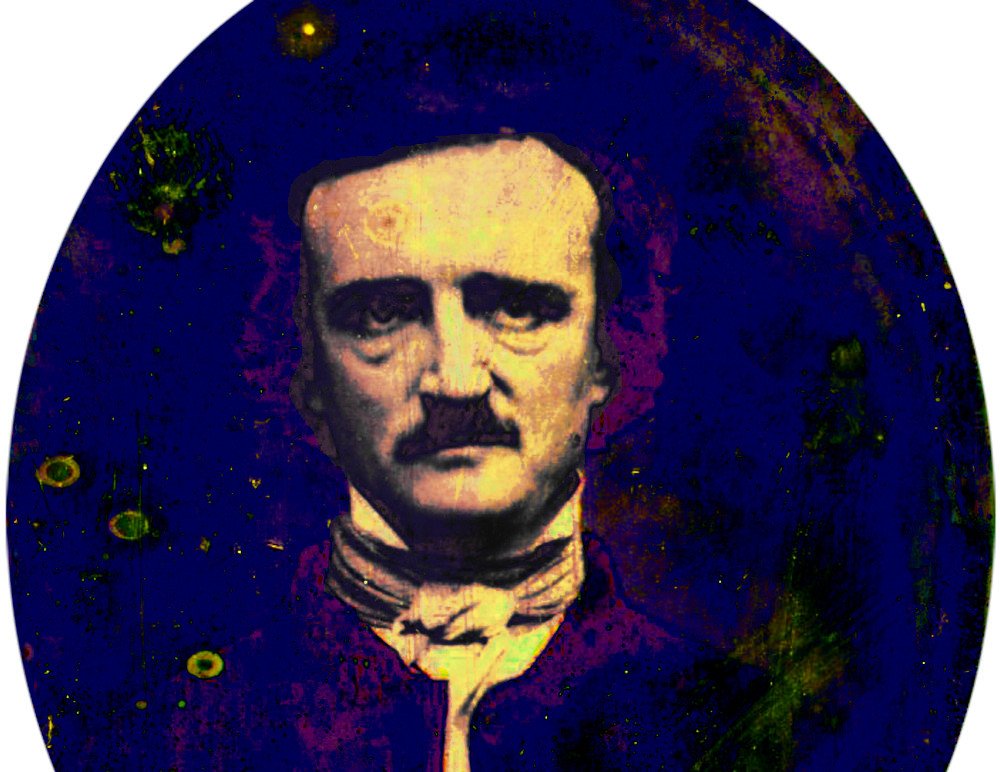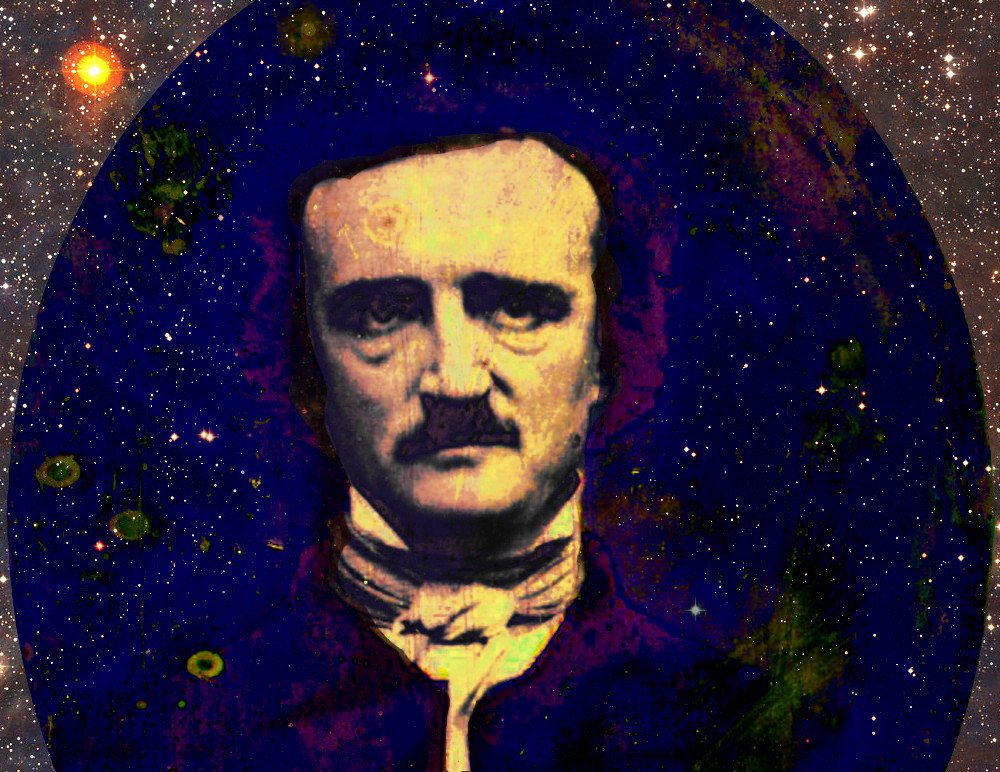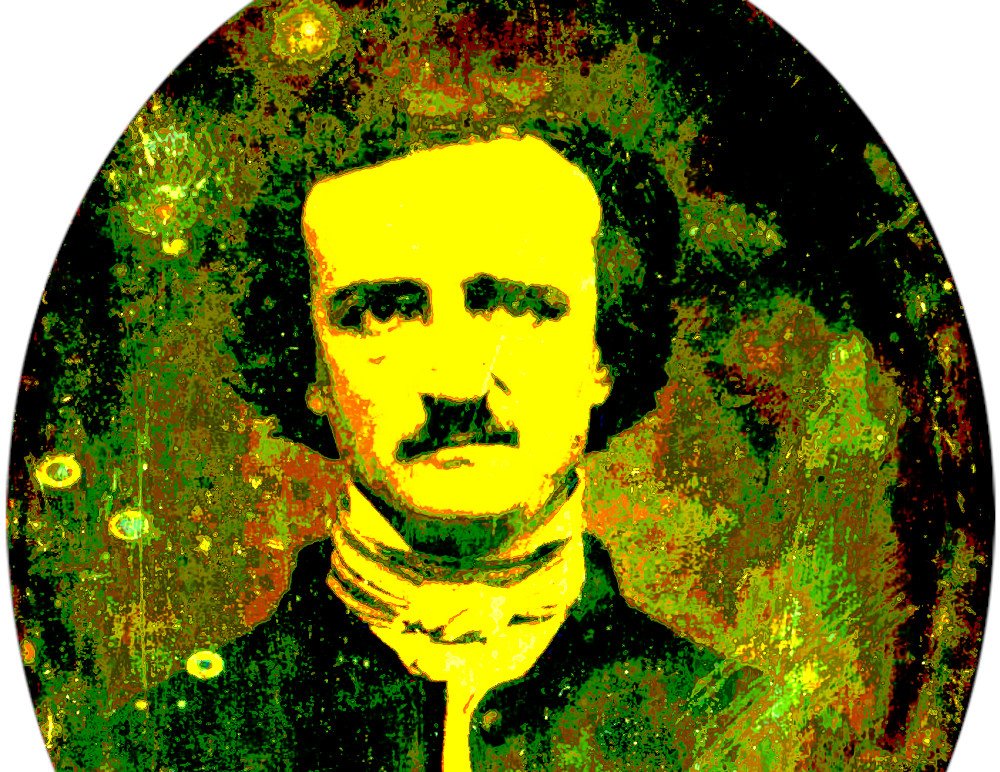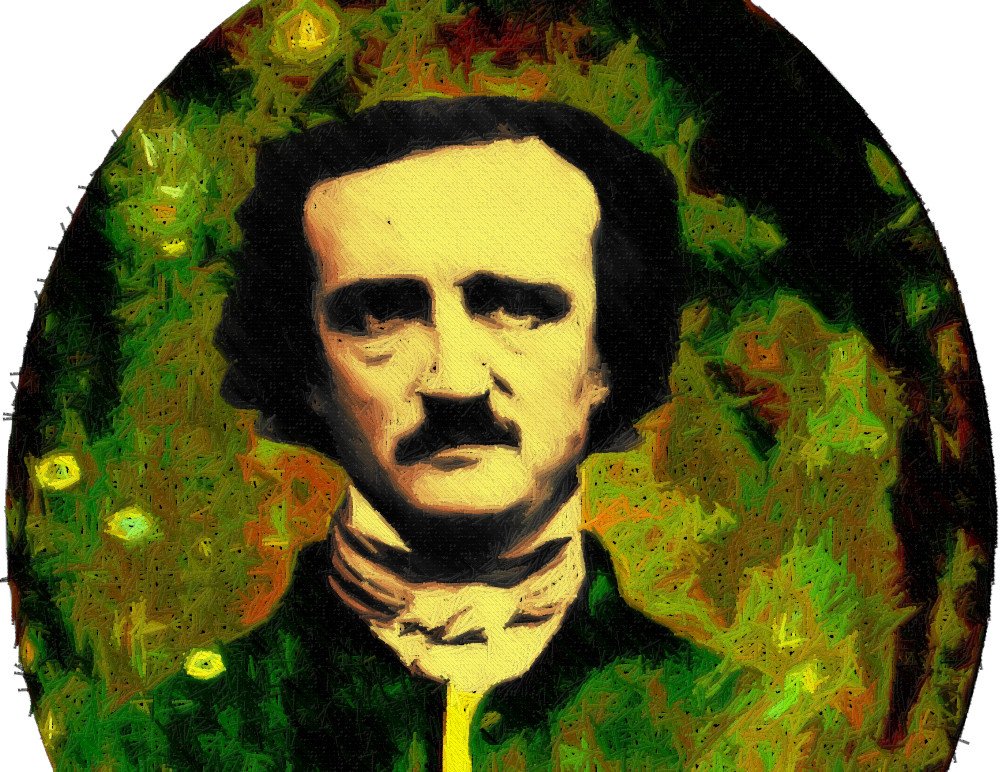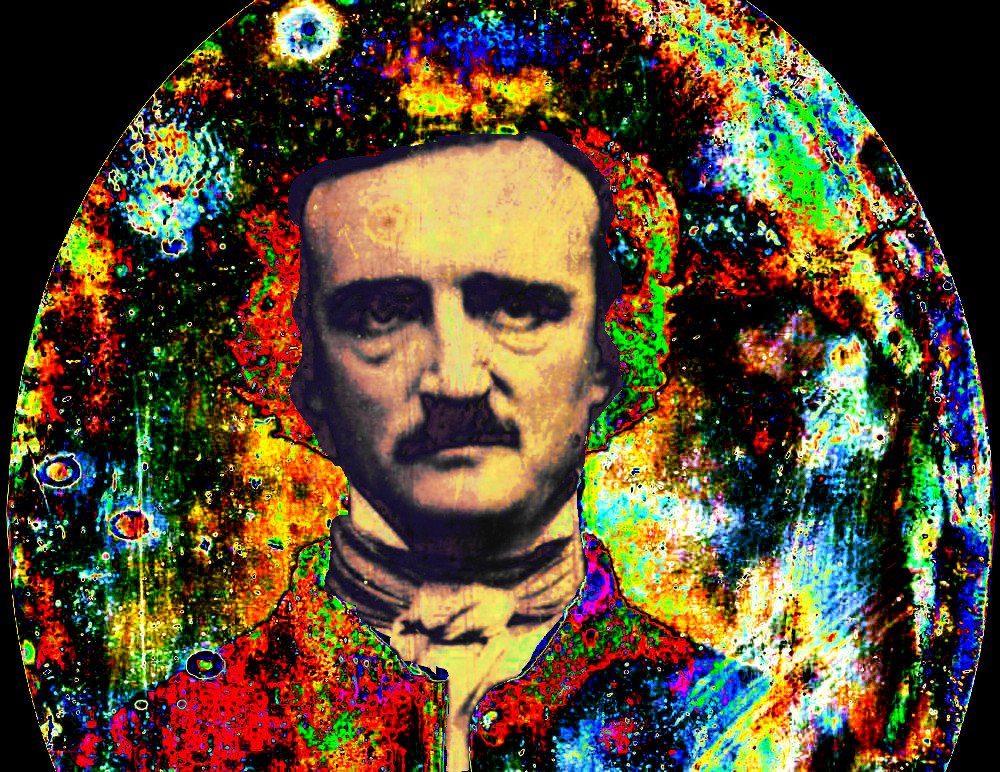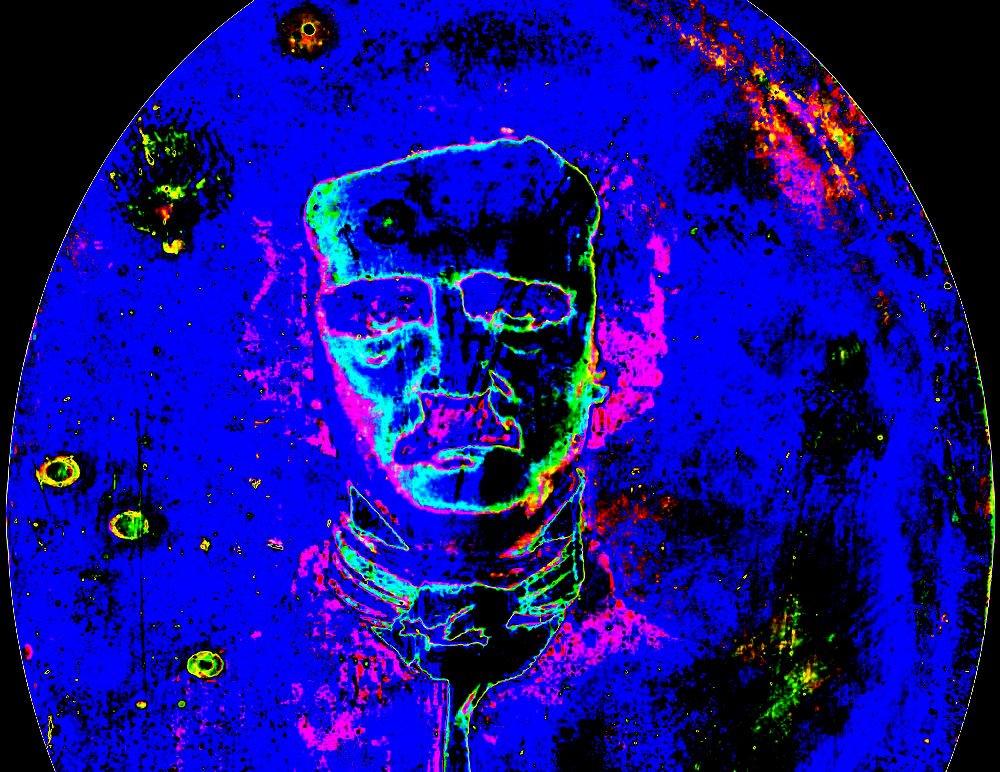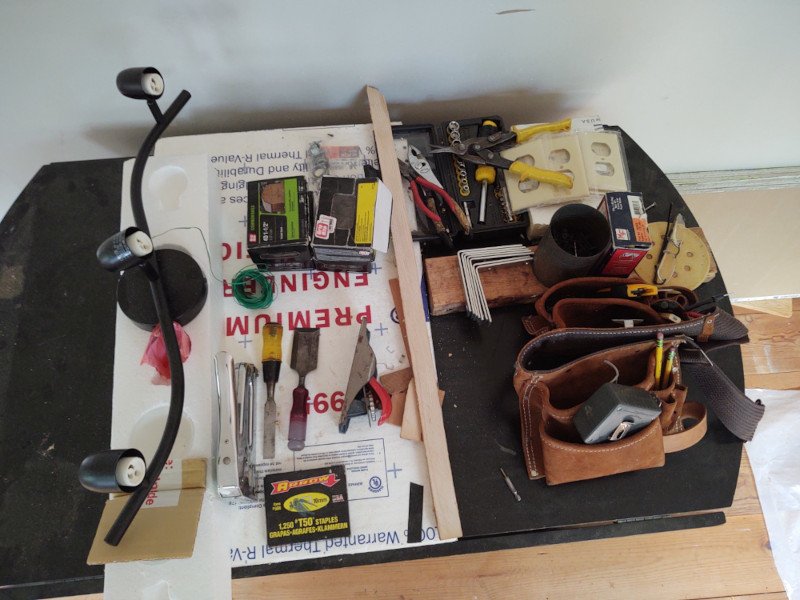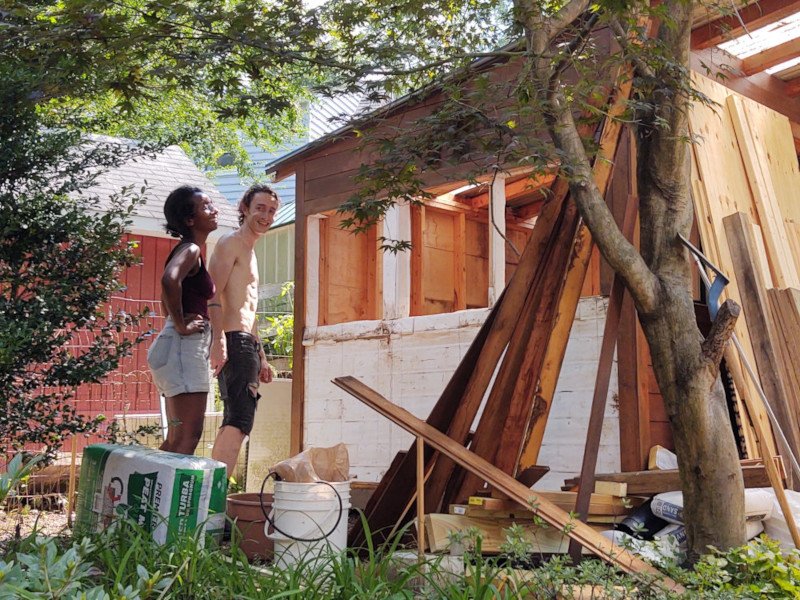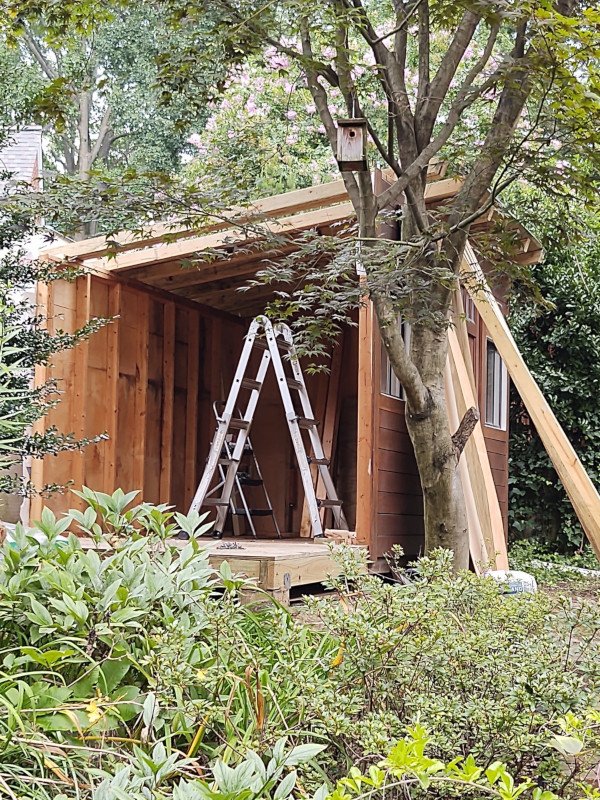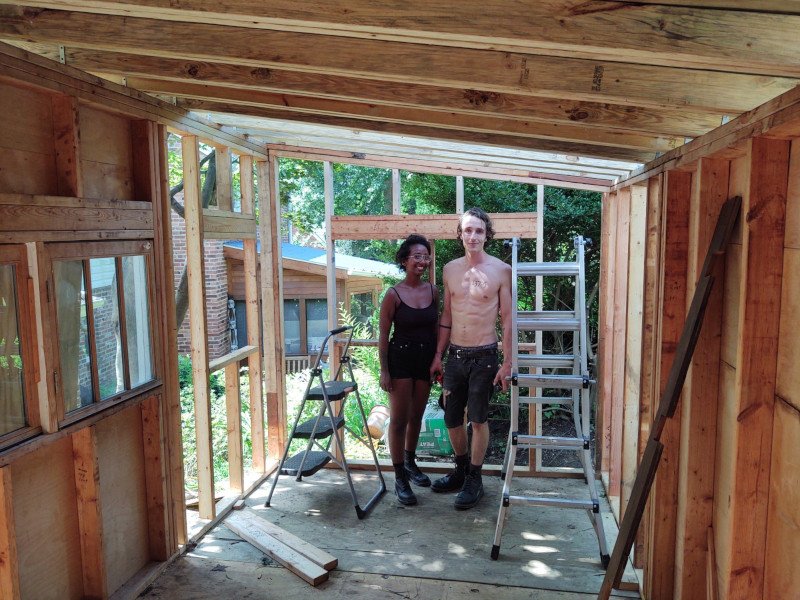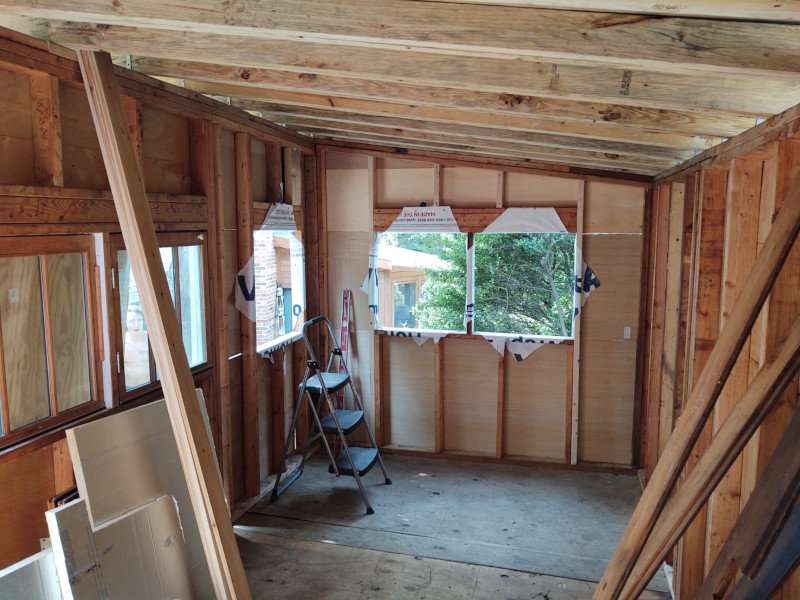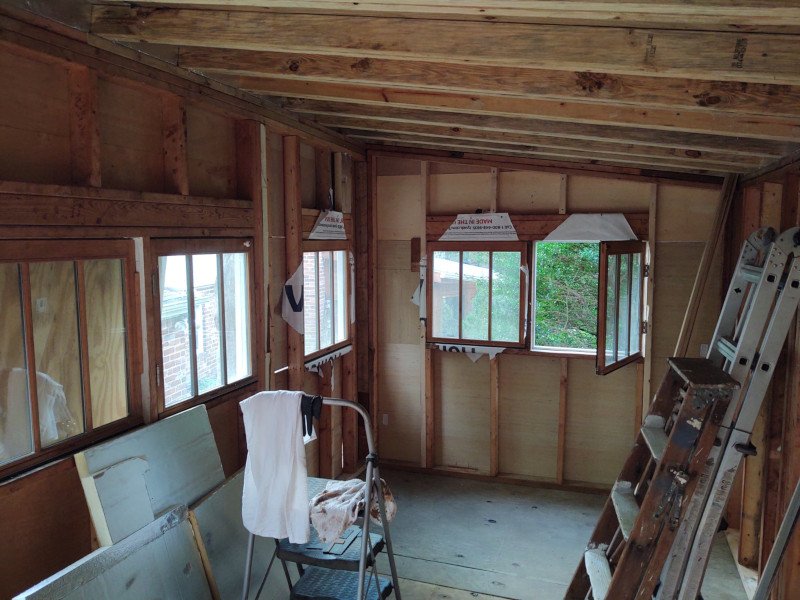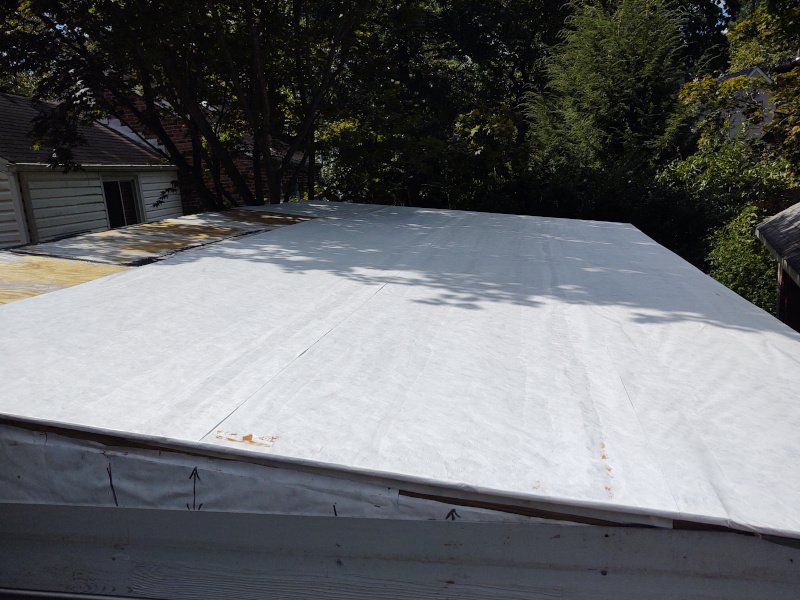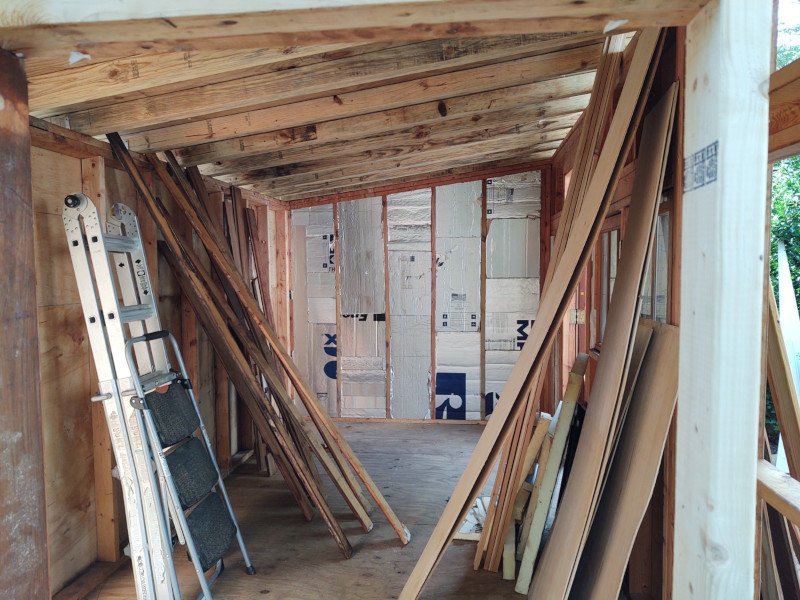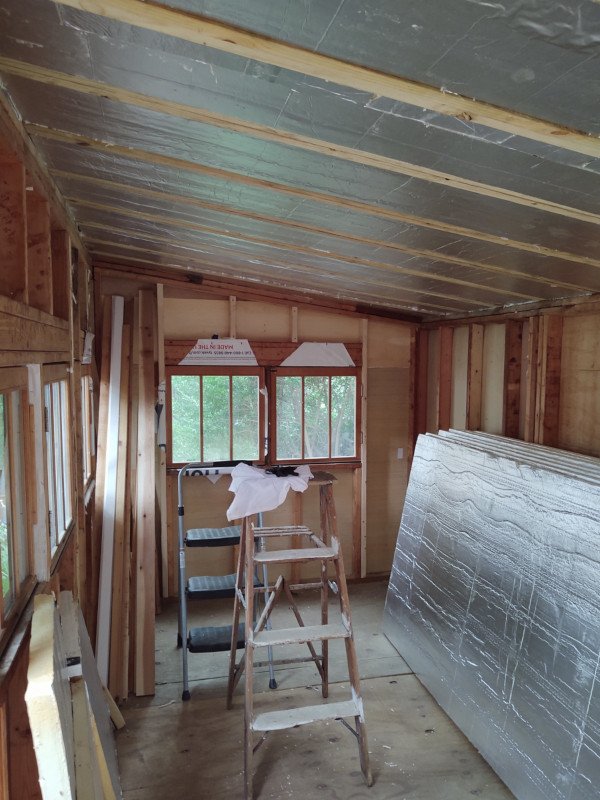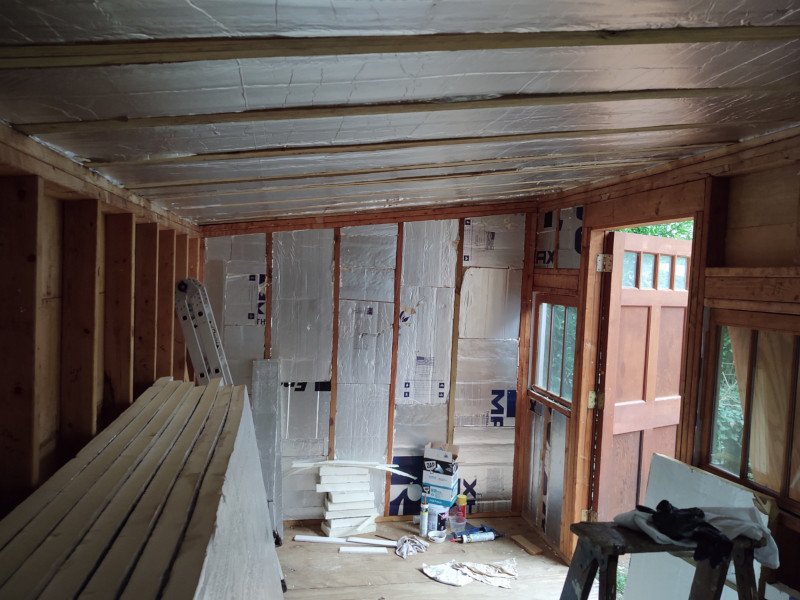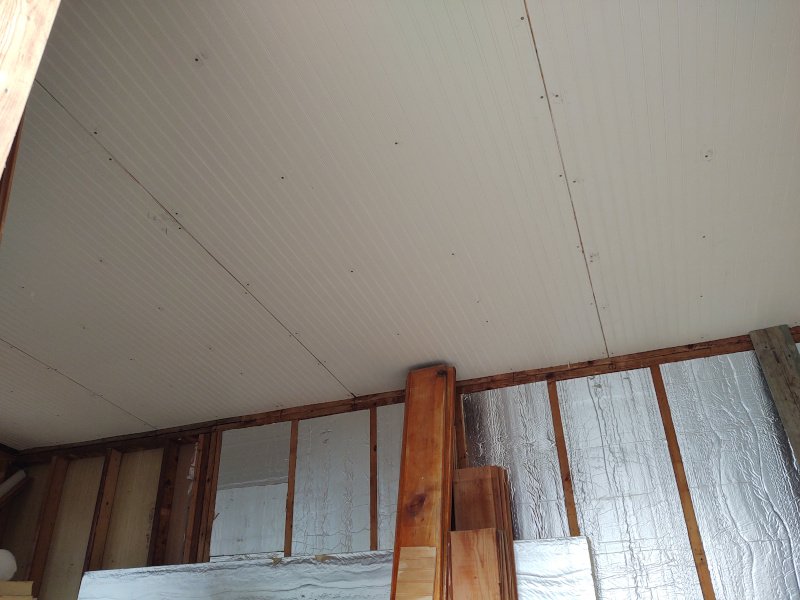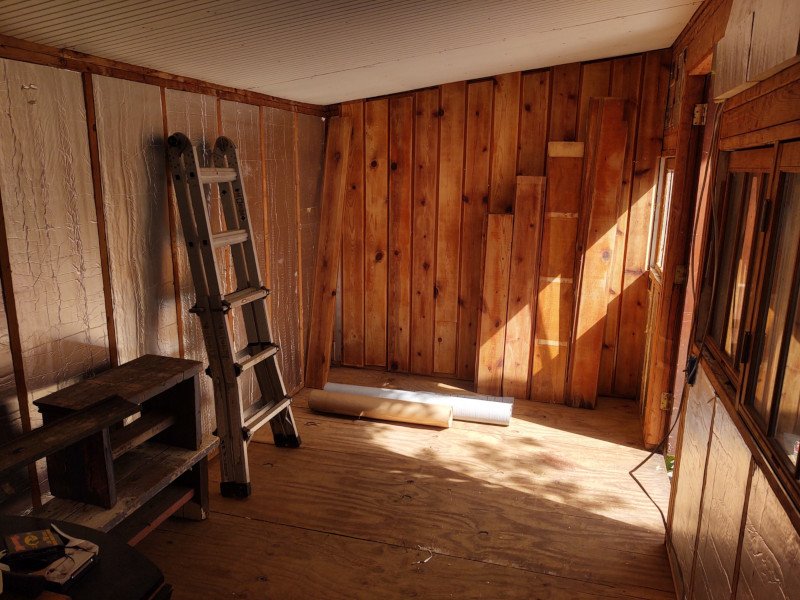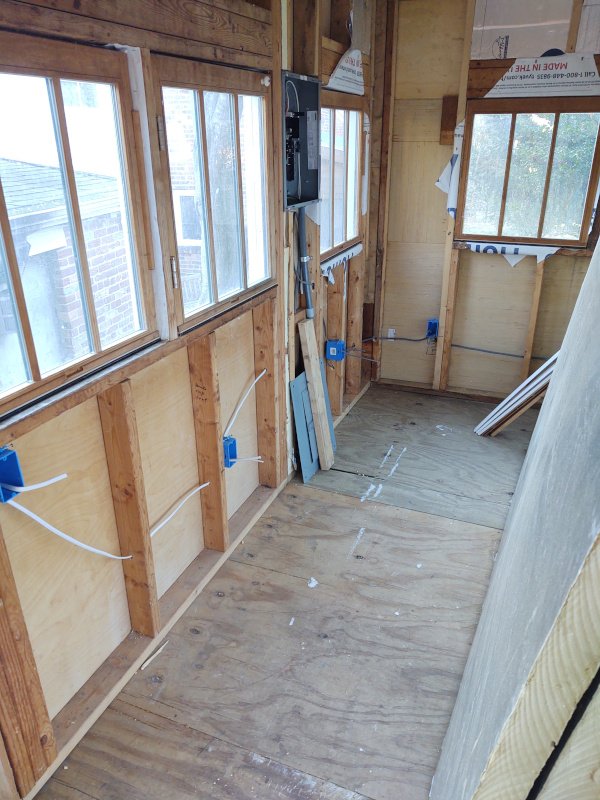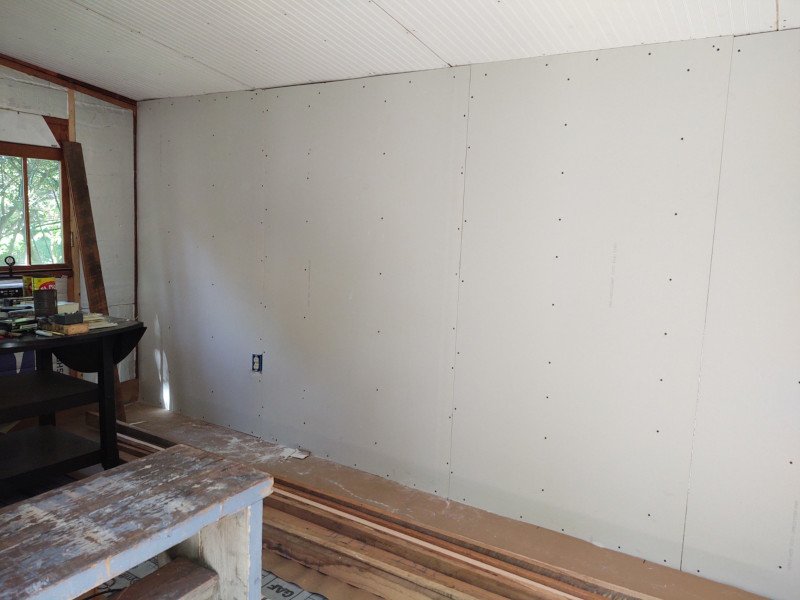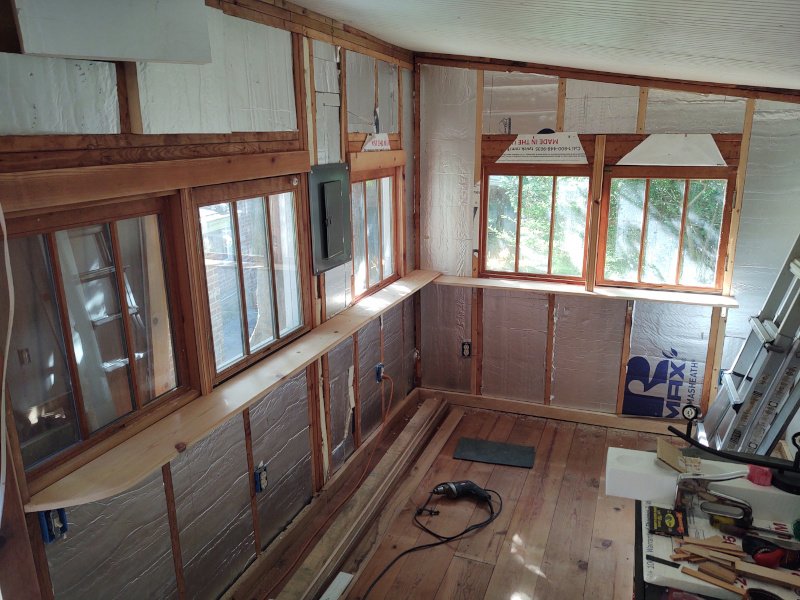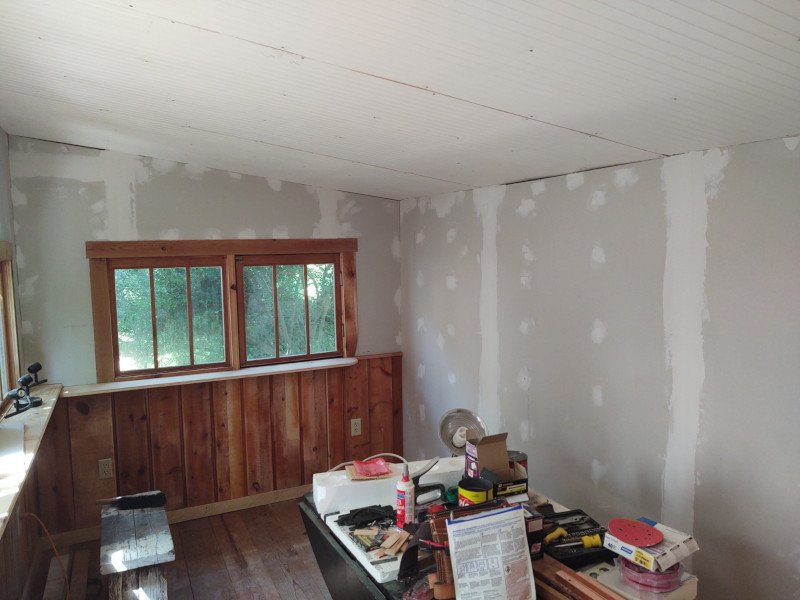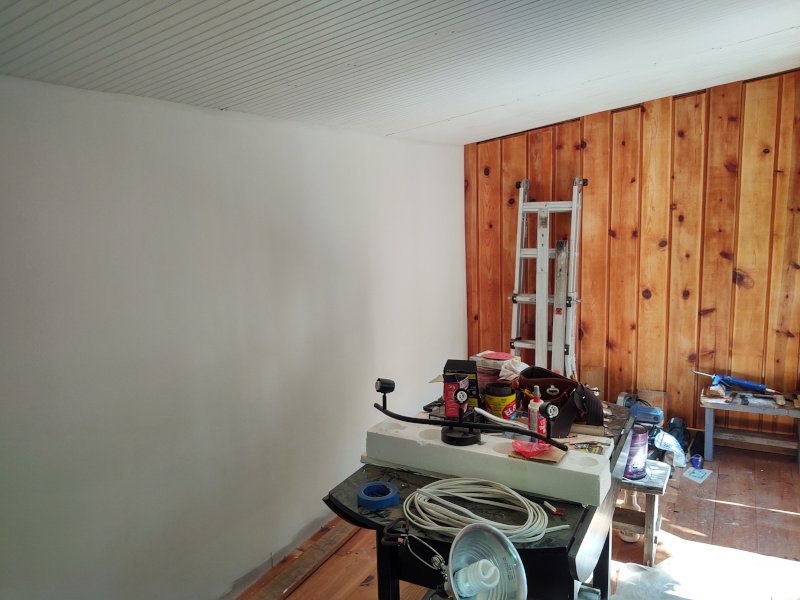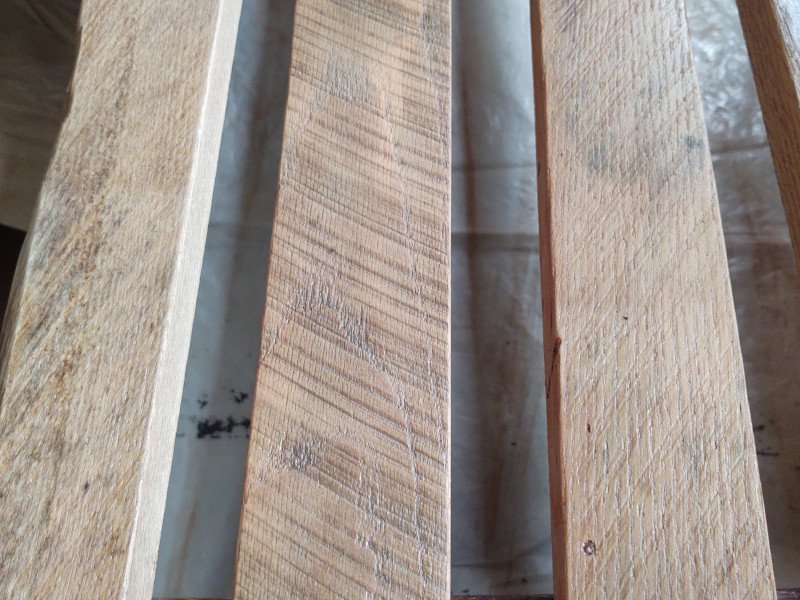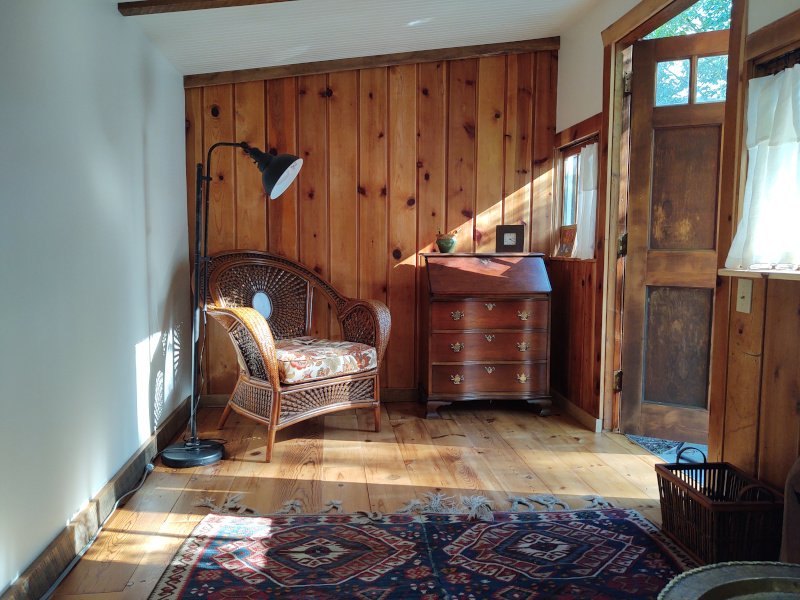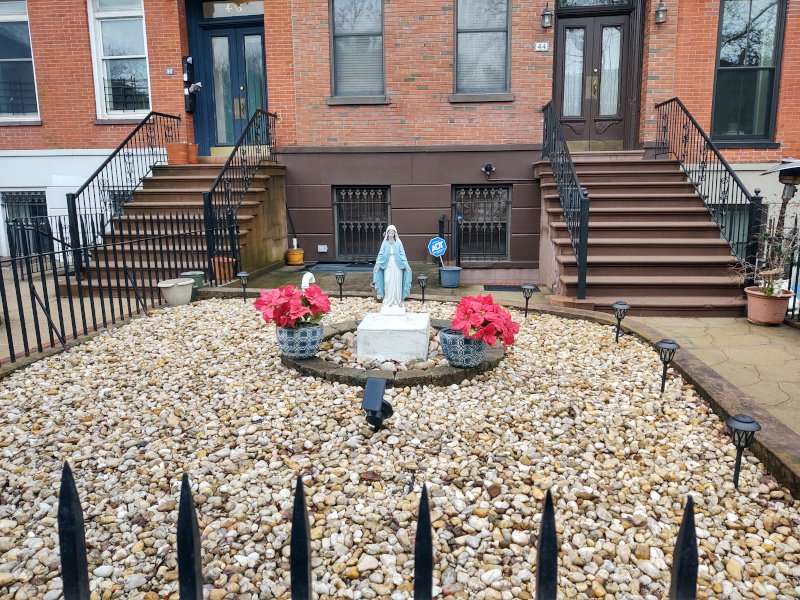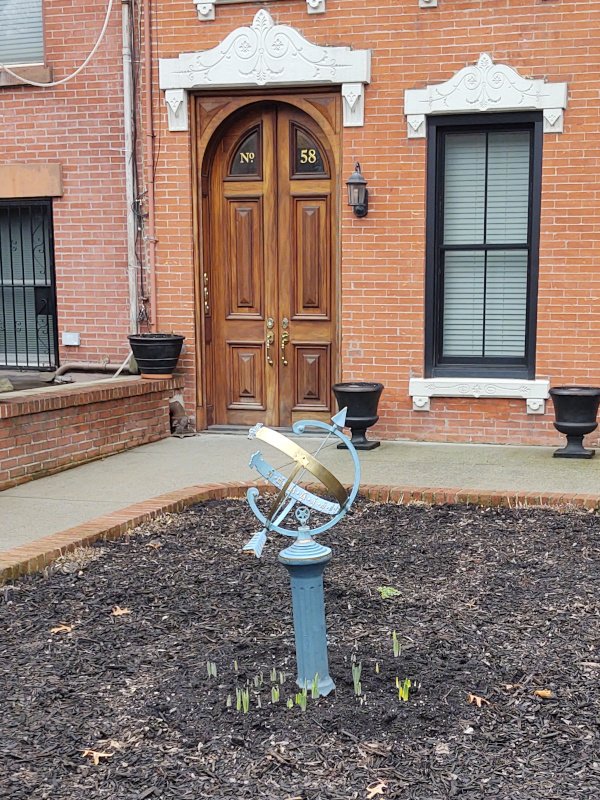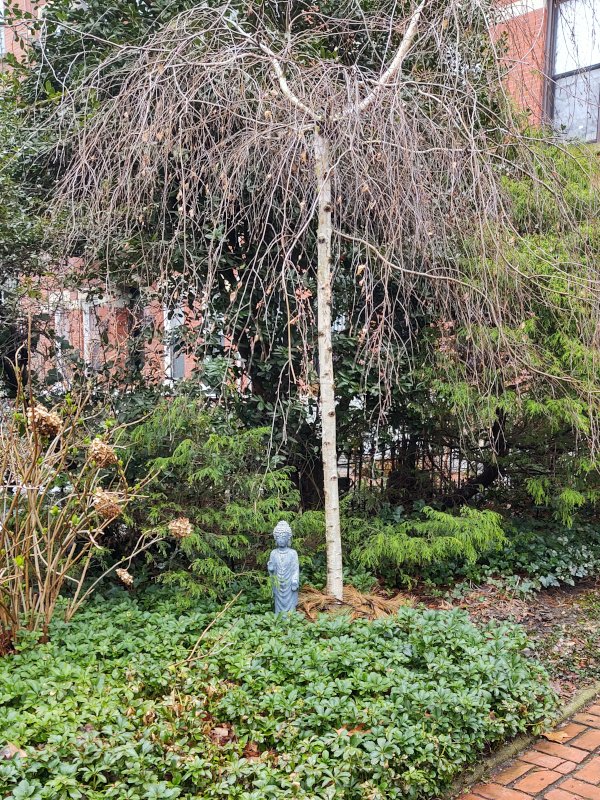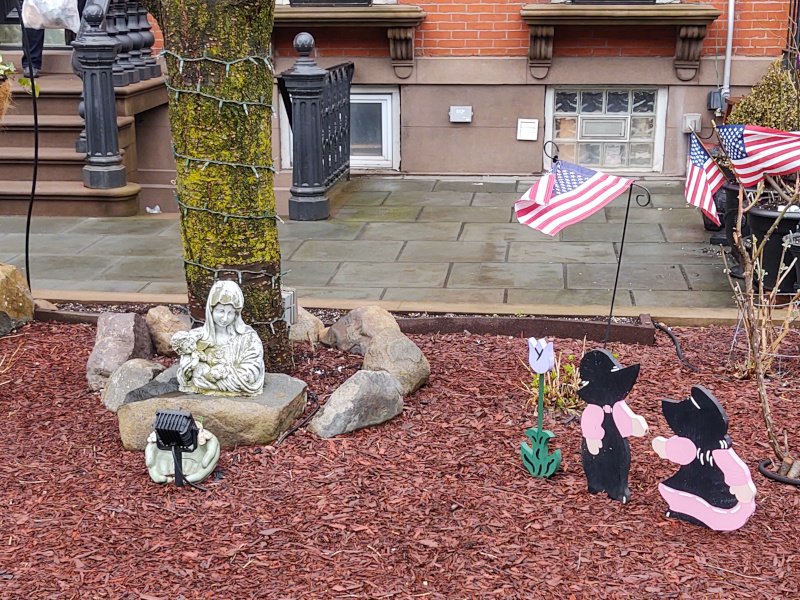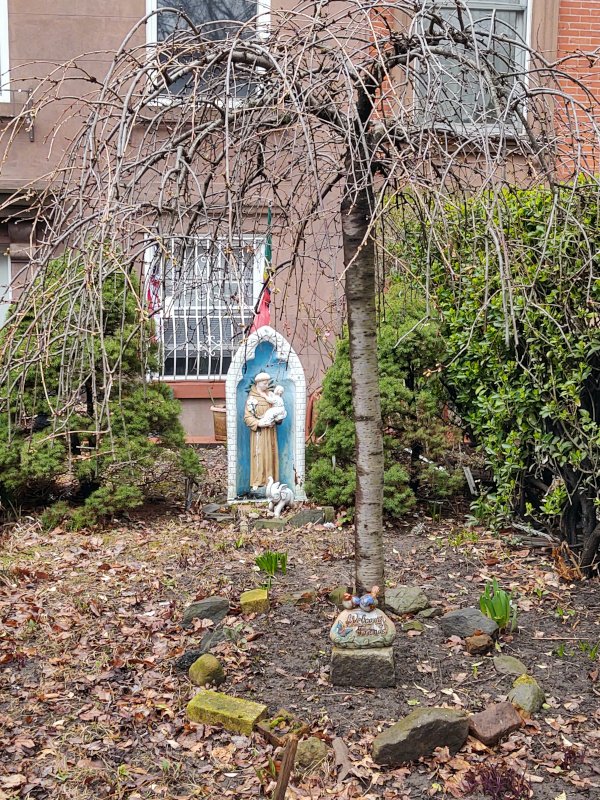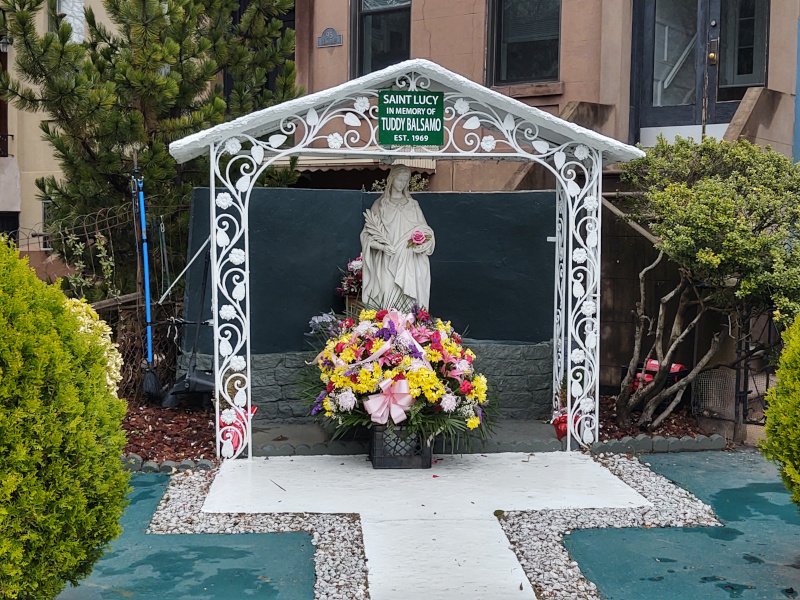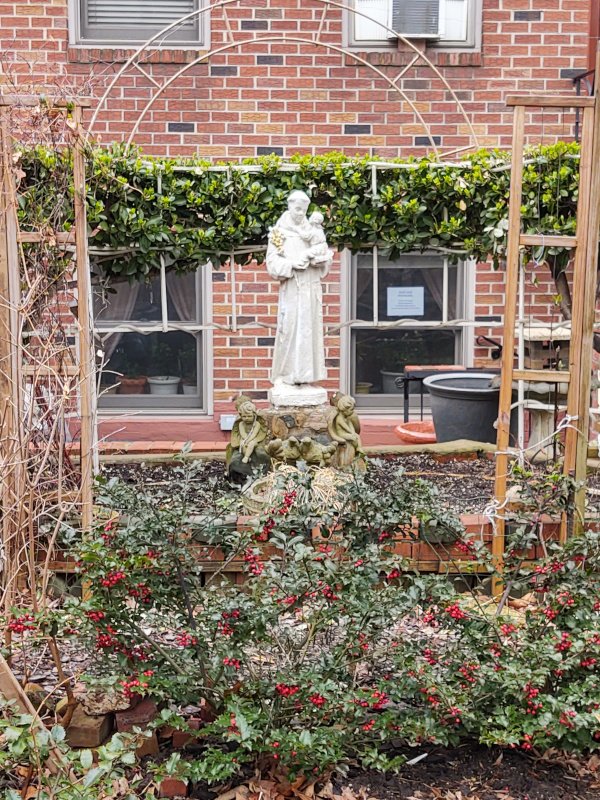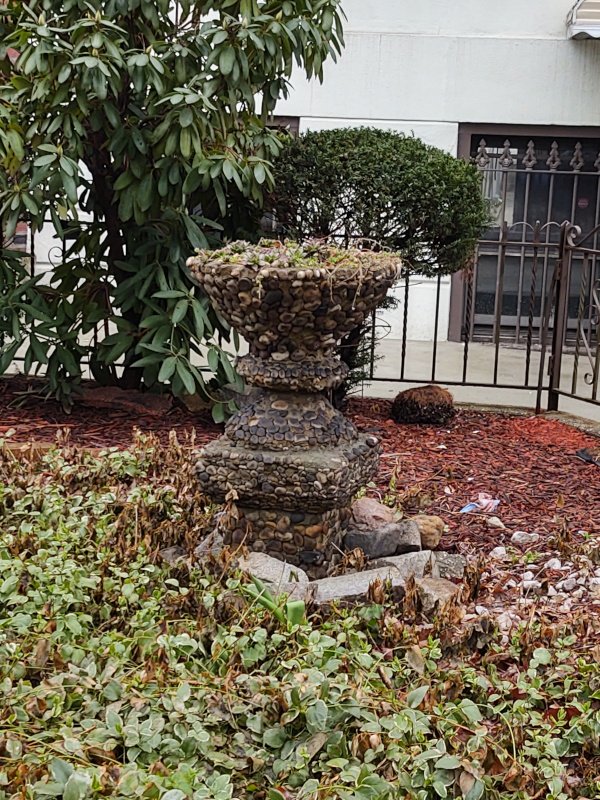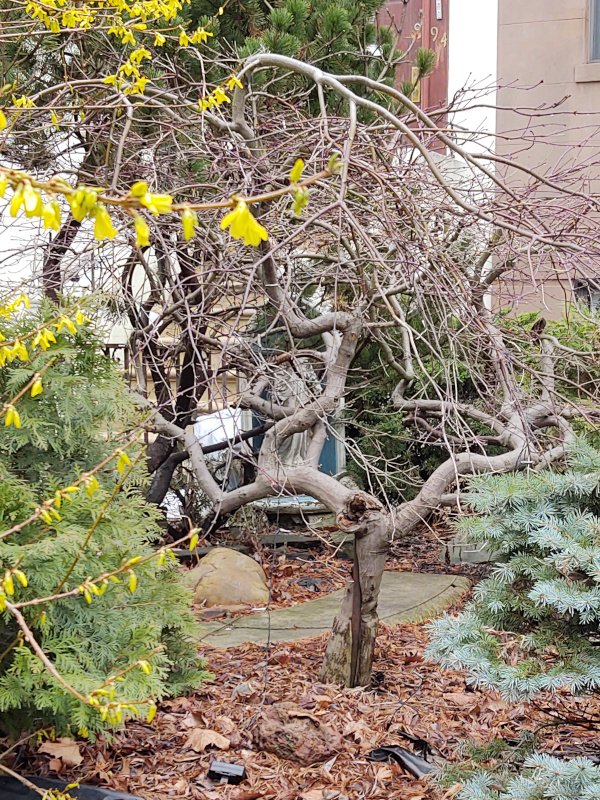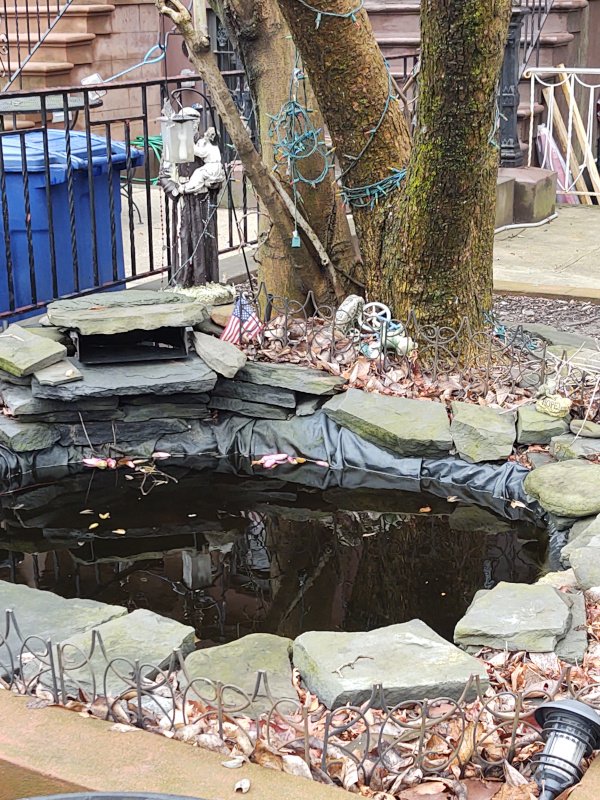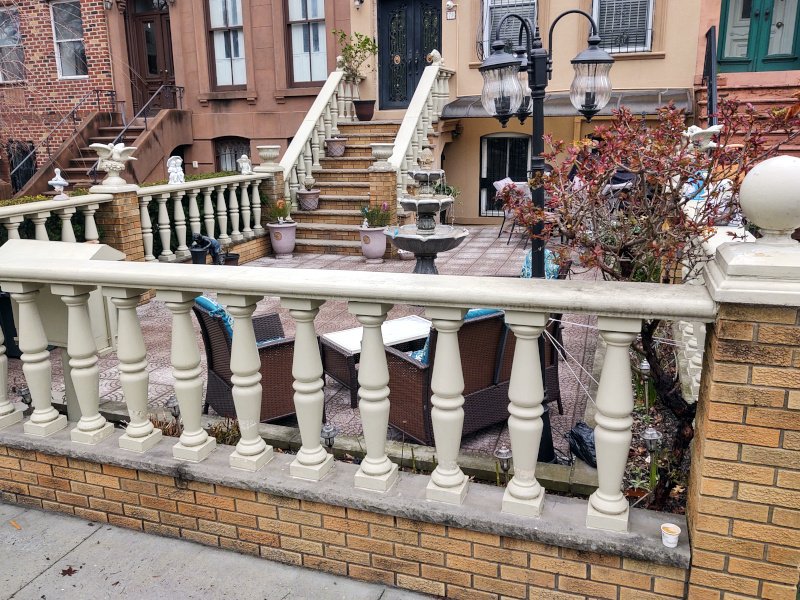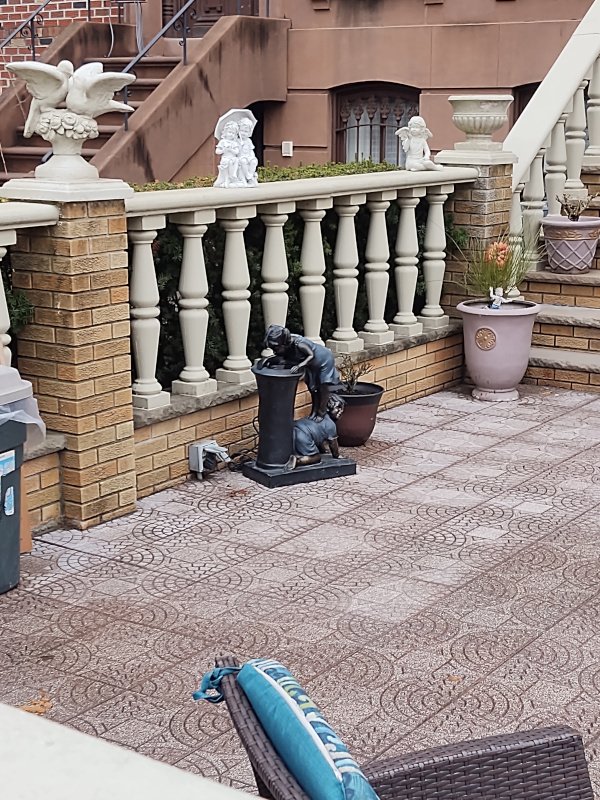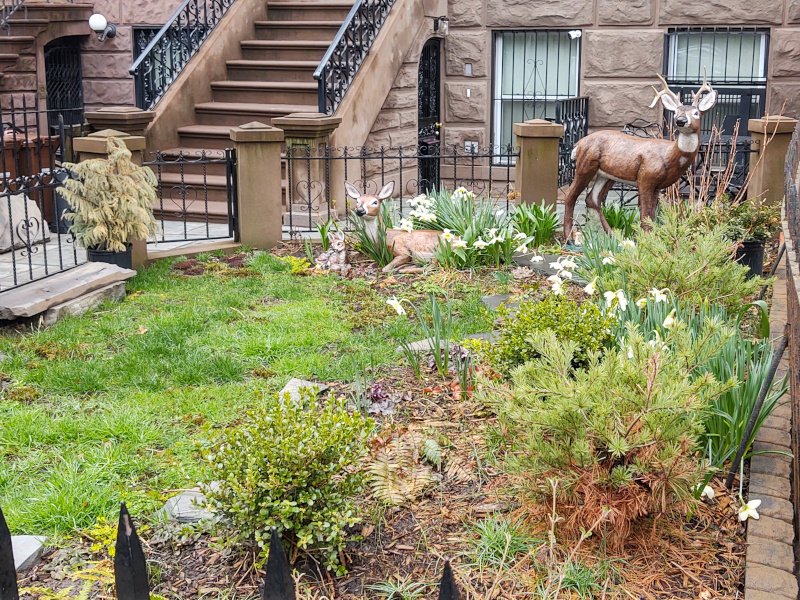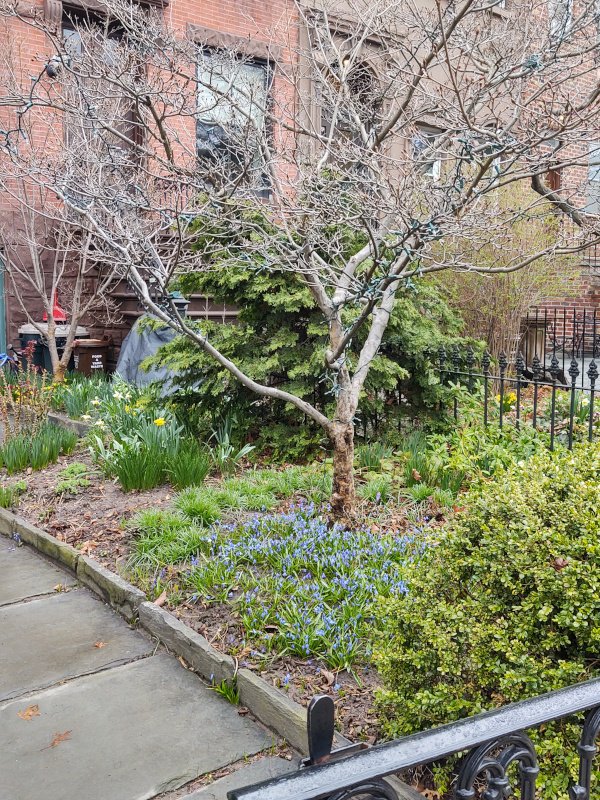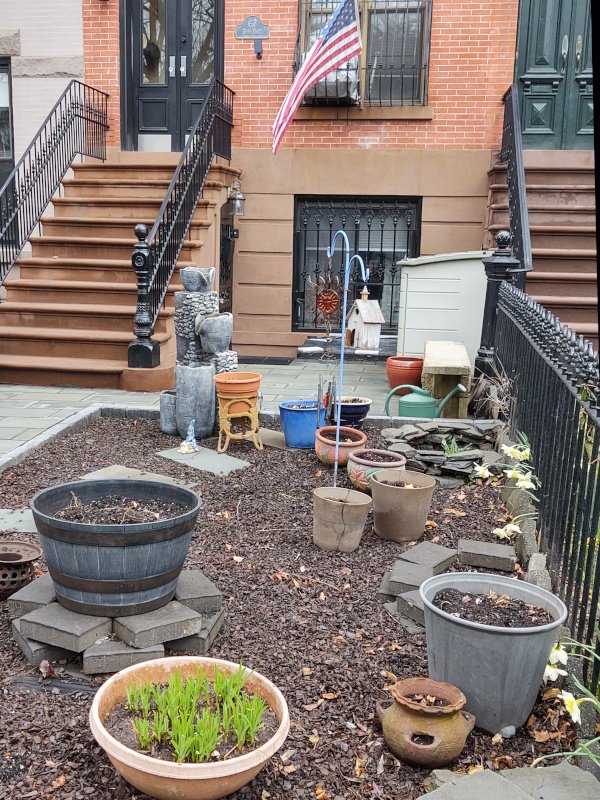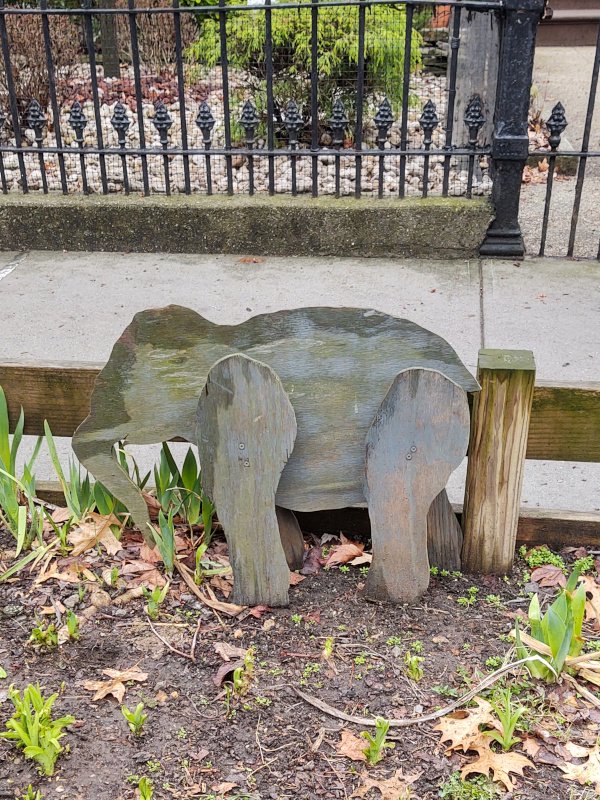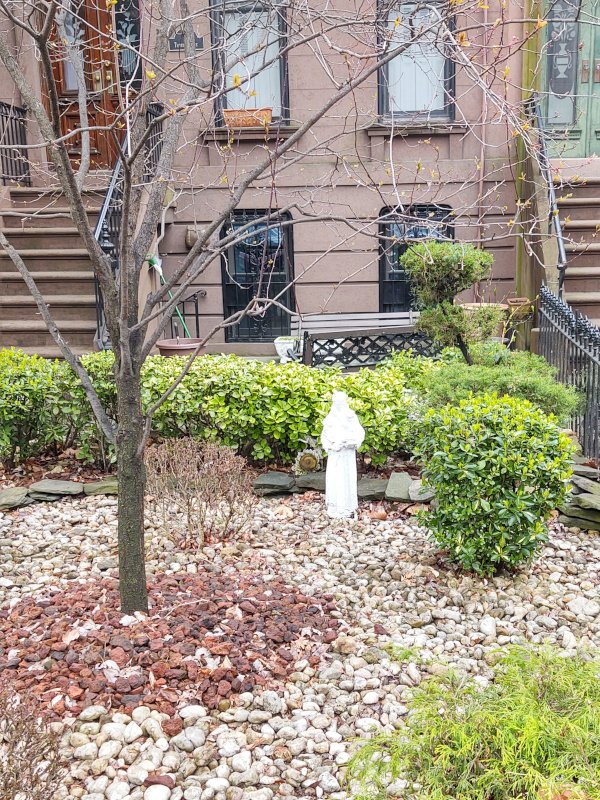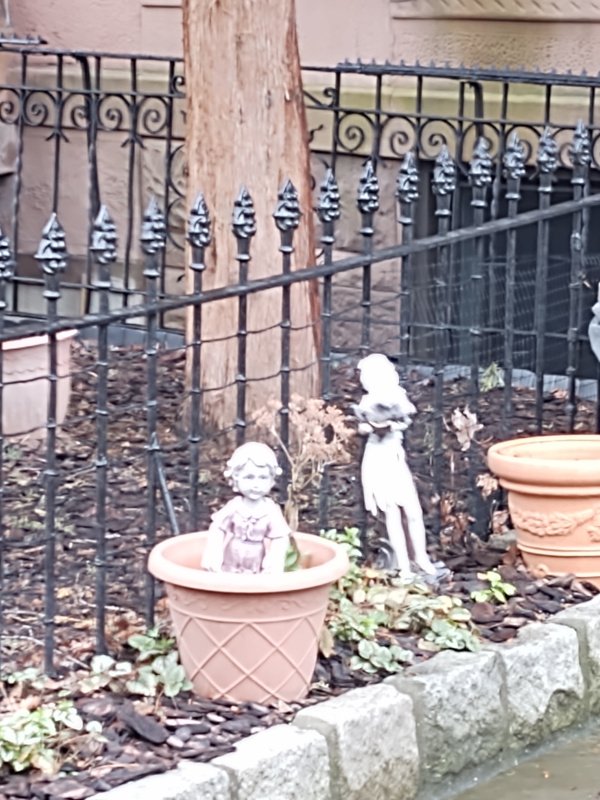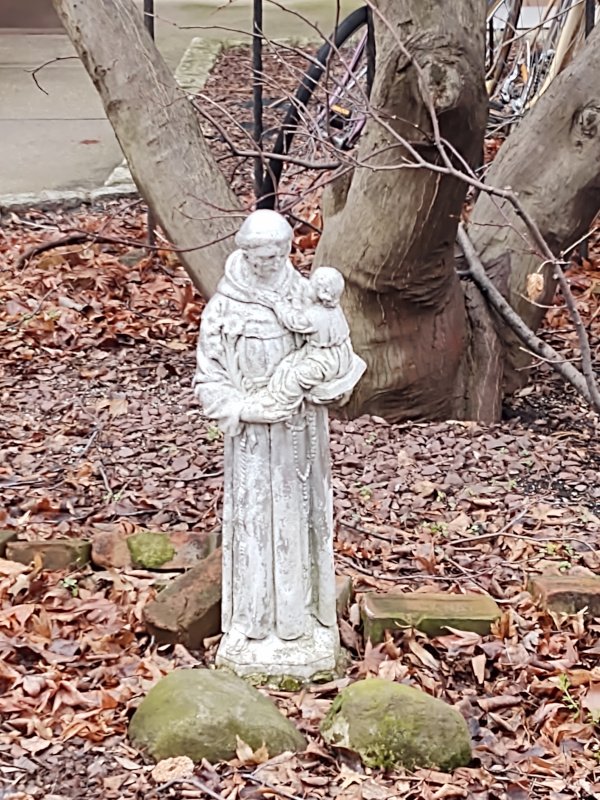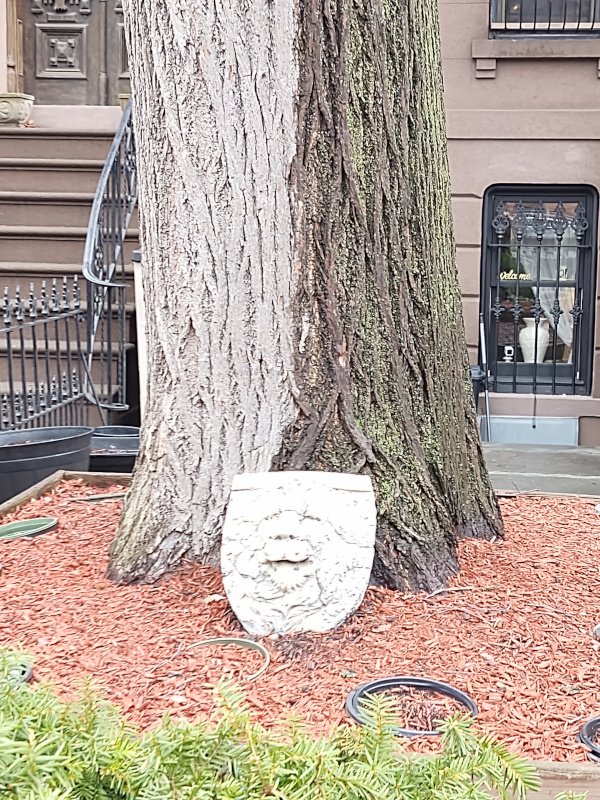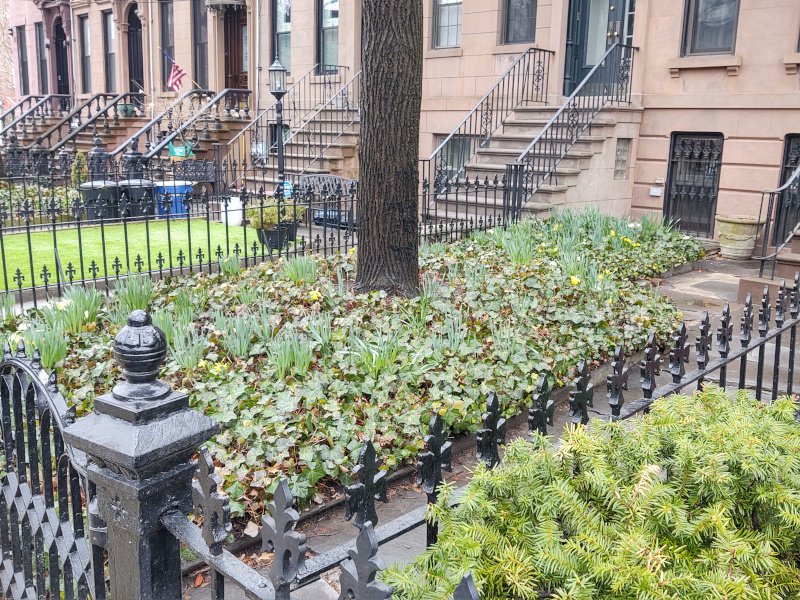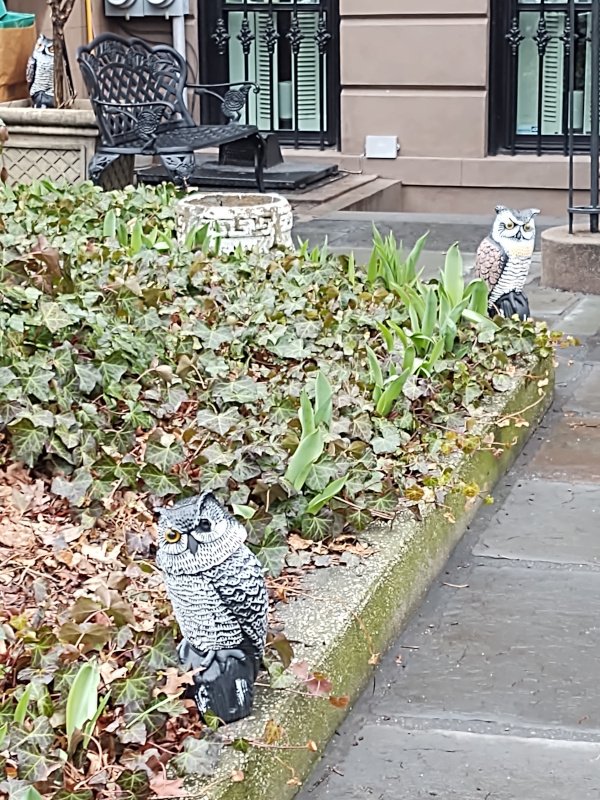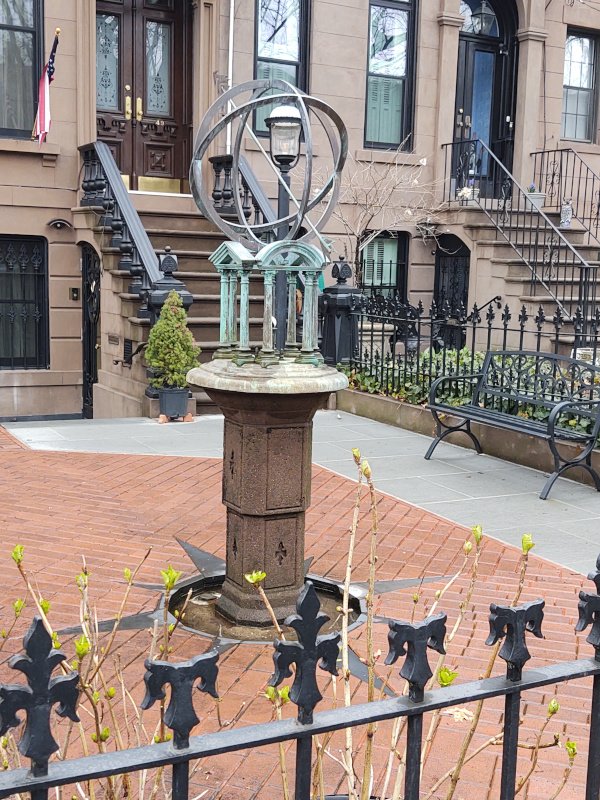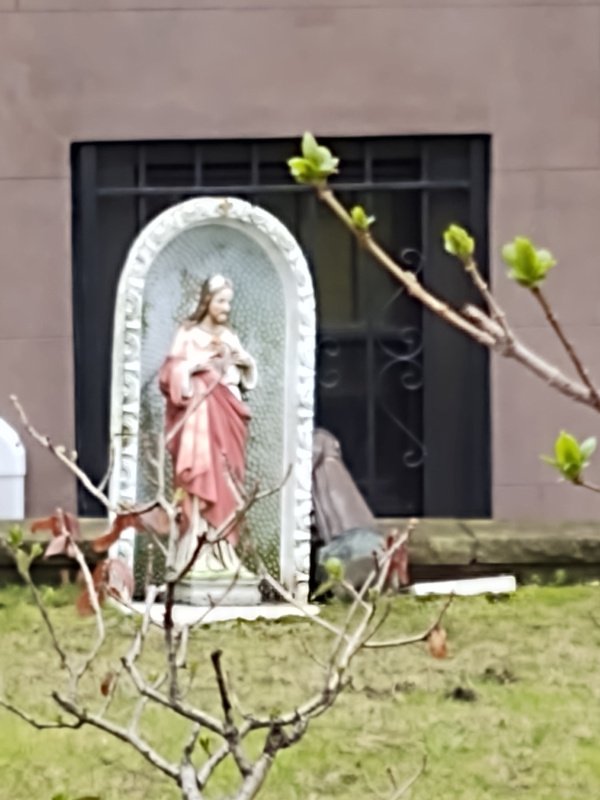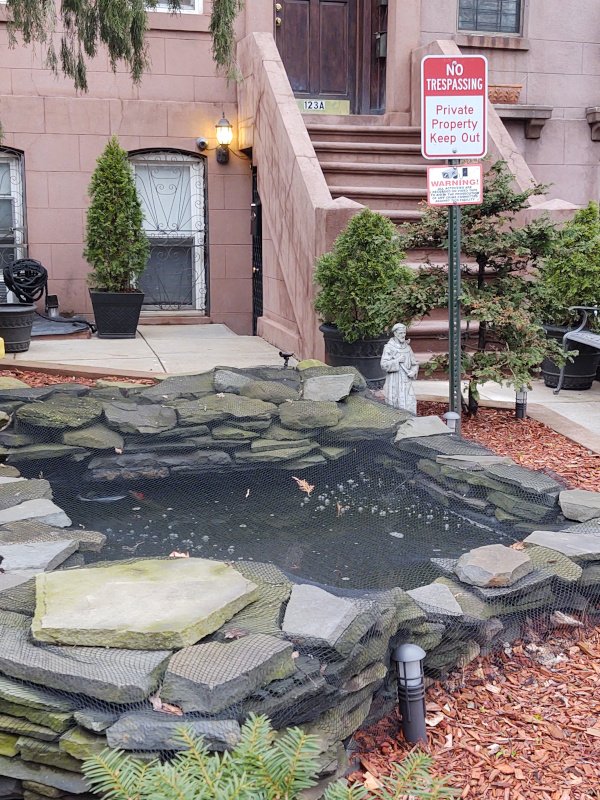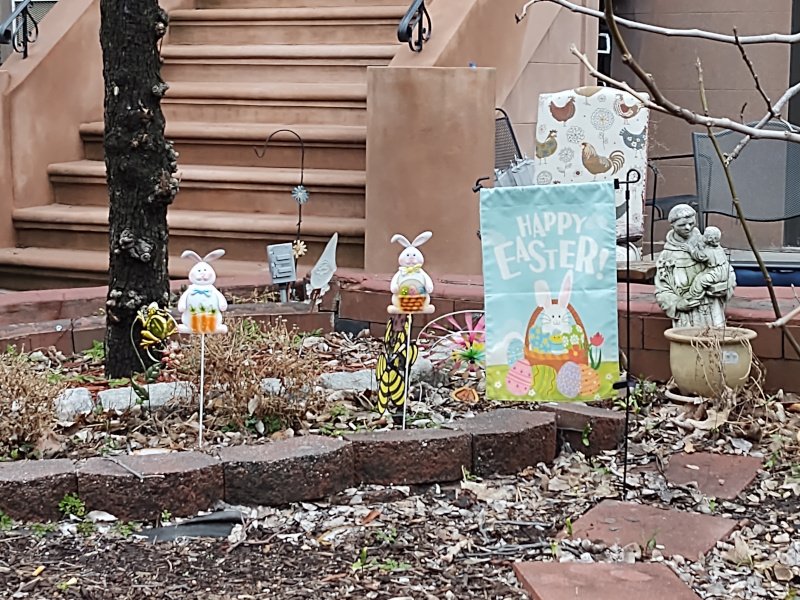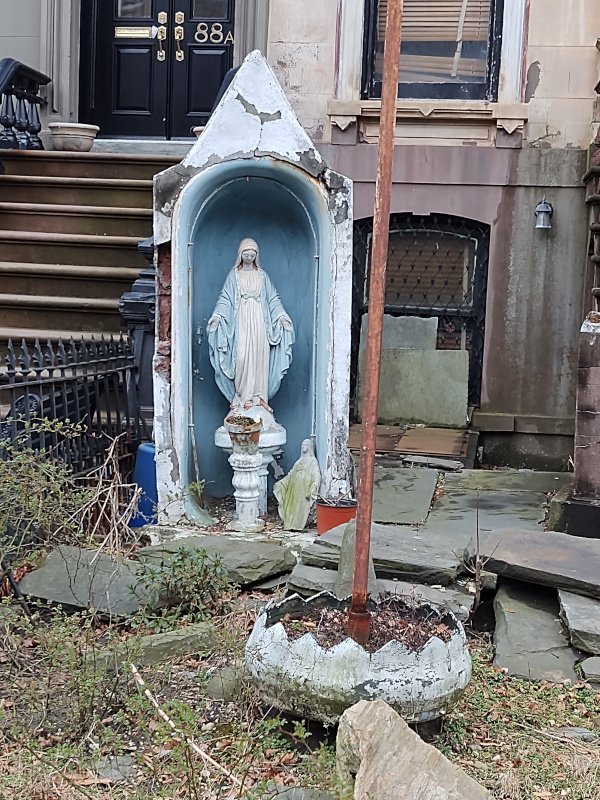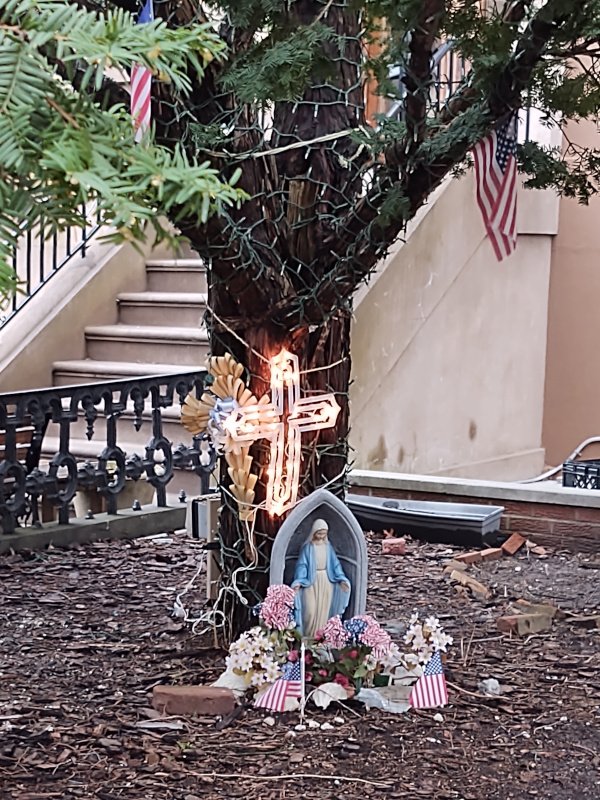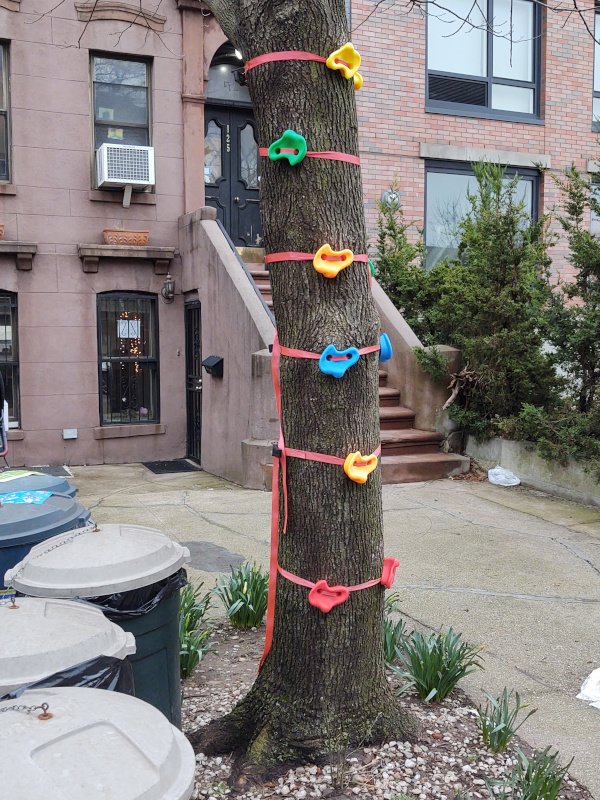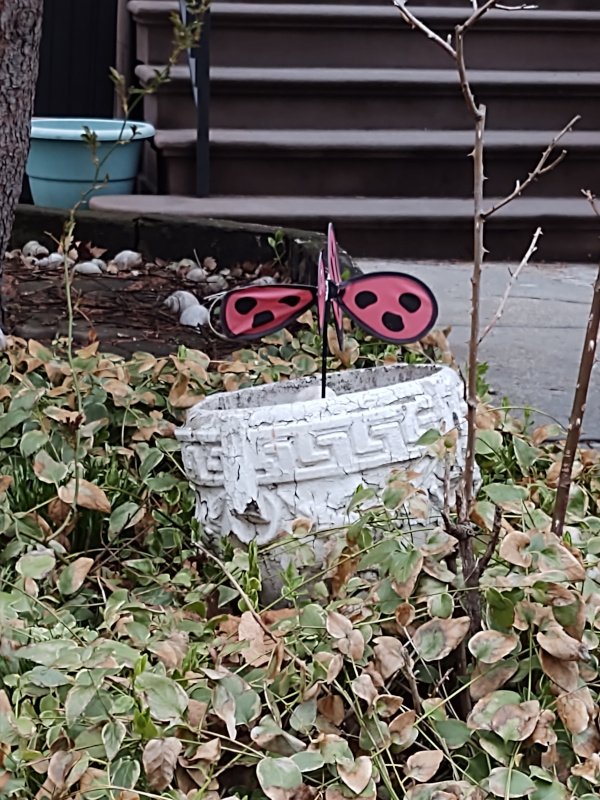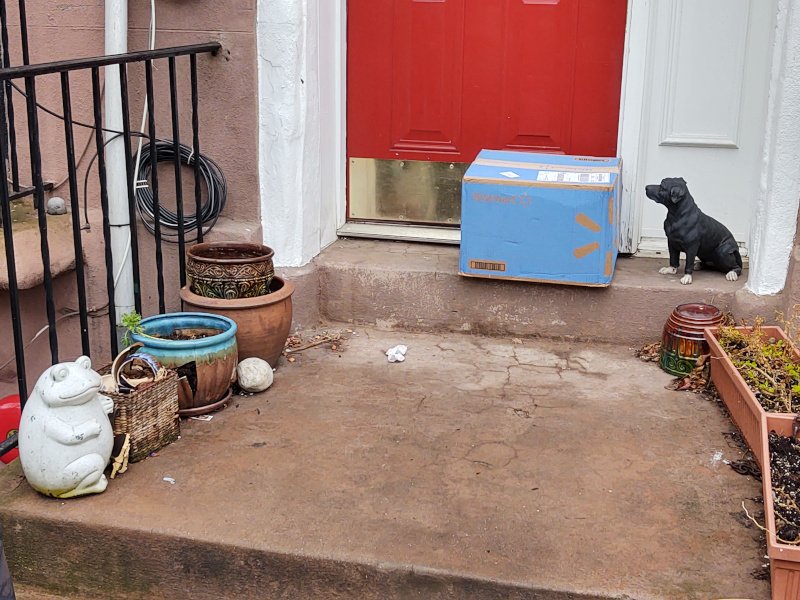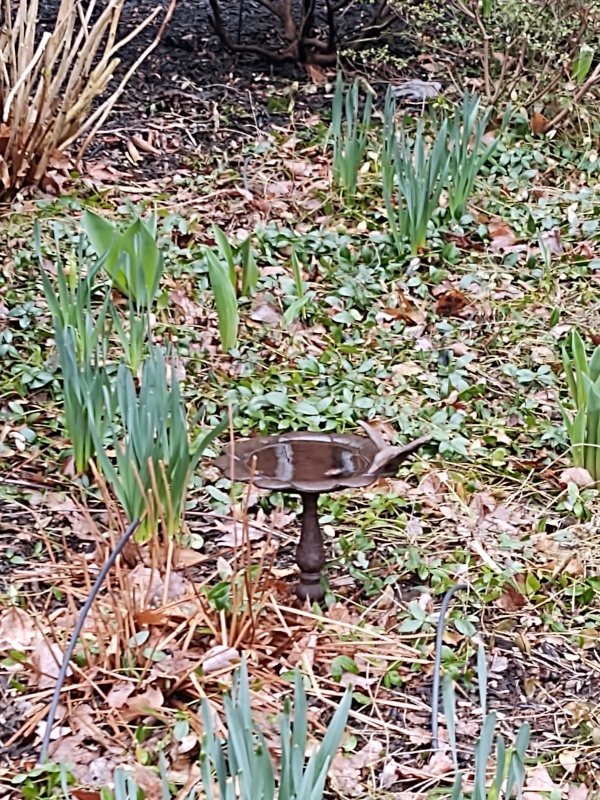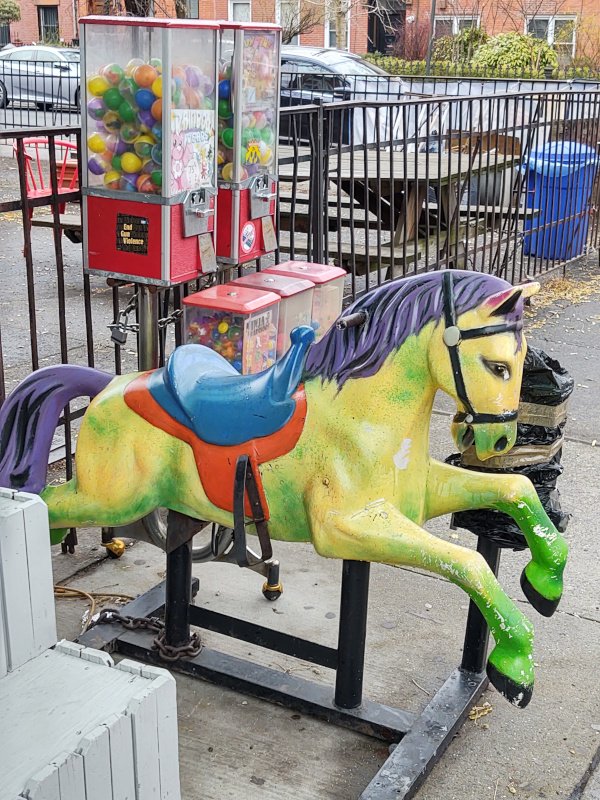Two weeks ago Jews around the world read the portion Shelakh Lekha (Shelach Lecha), “Send out men for yourself” to scout the land of Canaan. Moshe sends out twelve tribal leaders as scouts, and 40 days later they return with their report: it is truly a land of abundance, cultivated and forested, with well built cities and towns. But 10 of the 12 scouts go on to report, “we were in our own eyes like grasshoppers” (13:33) to those people, who were giants. “The people in the land are too strong” for us (13:28). Only 2 scouts, Joshua and Caleb provide a minority report. In the words of Caleb, “We can indeed go up and take possession of it. We are truly able to do so.” (13:30) And who do the masses of Hebrews listen to? They listen to the nay-sayers and fear-mongers. “All the sons of Israel murmured against Moshe” and “the entire community said, ‘would that we had died in Egypt or the desert...’” (14:1-2) And by that choice they earned the fate they chose: dying in the desert. Only those not born into a life and an ideology of servitude were privileged to join Joshua and Caleb in taking possession of the land promised to them.
And here we are, some 3300 years later, and listen to the throng continuing to murmur and complain about our having taken possession of the land. They believe the scouts (journalists from the New York Times, BBC, Al Jazeera, NPR) who bring back exaggerated, false, and slanderous reports, and they learn their history, if they learn it at all, from those who hate Israel.
So let me take you on a high speed tour to make sure you have a basic understanding of Palestinian history.
Since the Roman conquest and colonization of Judea 2000 years ago, the only people who have ruled the land of Israel (renamed Palestine by the Romans) prior to 1948 have been colonizers. Byzantines, Abbasids, Seljuks, Mamluks, Crusaders, and others all colonized this land to serve rulers who lived in cities far away. In the 16th century the Ottoman Turks conquered the land and it was still in their grip at the end of the 19th century. Although there were some limited indigenous nationalisms emerging in the Ottoman empire, notably by Kurds and Armenians, in Palestine the few inhabitants living there were more interested in survival than political philosophy. The land was a ruins, a fact comprehensively documented in many dozens of books, some produced by individuals, some produced by groups, and some produced as the result of large-scale expeditions that included artists and photographers. I have pored over dozens of these books. There is not a single drawing, etching, or photograph showing anything but a depopulated land pervaded by extreme poverty. Nor is there mention of even the slightest murmurings of a “Palestinian national identity.”
In the late 19th century Jews once again decided to end their wanderings. So began the saga of Zionism, and the advent of the modern Jewish restoration of the land. It was a true national liberation movement, and it was the first, yes, the first time since Judea was conquered by Rome, that colonizers were being confronted by an indigenous people, a people with a highly developed national identity: Jews. It was Jewish emigration and Jewish investment that began to repopulate the land and bring about its revival. This included a concomitant Arab emigration, as they responded to the economic growth generated by the Jews.
Fast forward to the Gaza war of May, 2021. The excoriating journalistic attacks against Israel by so-called liberals pile up. Social media institutionalizes the lies and slanders. The outspoken, the latent, and the secret Jew-haters all gorge on the news (and vomit it wherever they go). Their numbers include not a few Jews. Should you be surprised? Read Shelakh Lekha. It tells of a mixed multitude of nay-sayers, and no doubt each had their own excuse, each had their own favorite distortion or lie.
Of the modern Jewish Israel-haters, some are angry and accusing; some are ashamed; some are wagging their fingers and moralizing with their insipid and fake morality. But I would suggest, beneath it all most of them are driven by the same fear those ten scouts in Shelakh Lekha felt. They see themselves as grasshoppers and the Israel-haters as anakim, giants. They read their NYT and listen to their NPR and BBC and Al Jazeera and become afraid like the Hebrew wanderers in the desert, who trembled in their imagined inferiority. They hear lies and take them for chastisements. They hear slanders and imagine they are truths. They prefer to see themselves as victims so they can be worthy of sympathy. They prefer obeisance so they don’t have to make hard, existential choices. But if Israel were left to such weak hands and such weak wills, it would quickly cease to exist. Hamas, Hezbollah, Iran, and many others in the region are not bound by moral restraints (as the Arab Spring so brutally showed), and would love nothing more than the opportunity to make every Jew in the land a victim.
What then can be said about the far greater problem of Arab and Muslim Jew-hatred with its focus on denying Israel’s right to exist? As the ADL report on worldwide anti-Semitism clearly shows (ADL Global 100, An Index of Anti-Semitism), the Muslim world is the epicenter of Jew-hatred in the modern world. Public and private schools from Morocco to Bangladesh teach Jew-hatred; the various media promote Jew-hatred; religious leaders preach Jew-hatred; and governments enforce Jew-hatred. And from this epicenter, Jew-hatred in all its forms is being promoted in every country of the world. This is a problem the obeisance-lovers don’t know how to address. Indeed, they are afraid to even acknowledge it, much less, to acknowledge that it is the basis of their own thinking.
Surely the news is bad and I am often dismayed, but I have not lost hope. The news and social media may be sick with abuse and hatred, and this Torah portion highlights how easily disinformation can prevail. However, our Torah reading includes a contrasting Haftarah. Here we read the story of the scouts sent to Jericho (Joshua 2:1-24). Finally, after long wanderings, the Jewish people has found its courage. The scouts report with prophetic insight (v. 2:24), “Adonai has delivered into our hands all the land.” And so it is today, as well. We have been granted, and we are earning the opportunity to rebuild our nation. But if you look just a little deeper, you will see we are not alone. Our allies are many, and not a few are Muslims, who have stepped up to become partners in Israel’s effort to exist as an accepted neighbor in the region. When that day has been firmly established, let us then see how Israel measures up to our highest expectations.
So let me modernize Joshua’s exhortation:
May all Jews, and may people of all faiths and philosophies stand with Israel and be strong and of good courage. May we pursue truth and be strengthened with righteousness. To quote the modern prophet, Dr. Martin Luther King, Jr., “The arc of the moral universe is long but it bends toward justice.” And so I have faith that history will affirm our vision, and will affirm the justice and righteousness of Israel.
